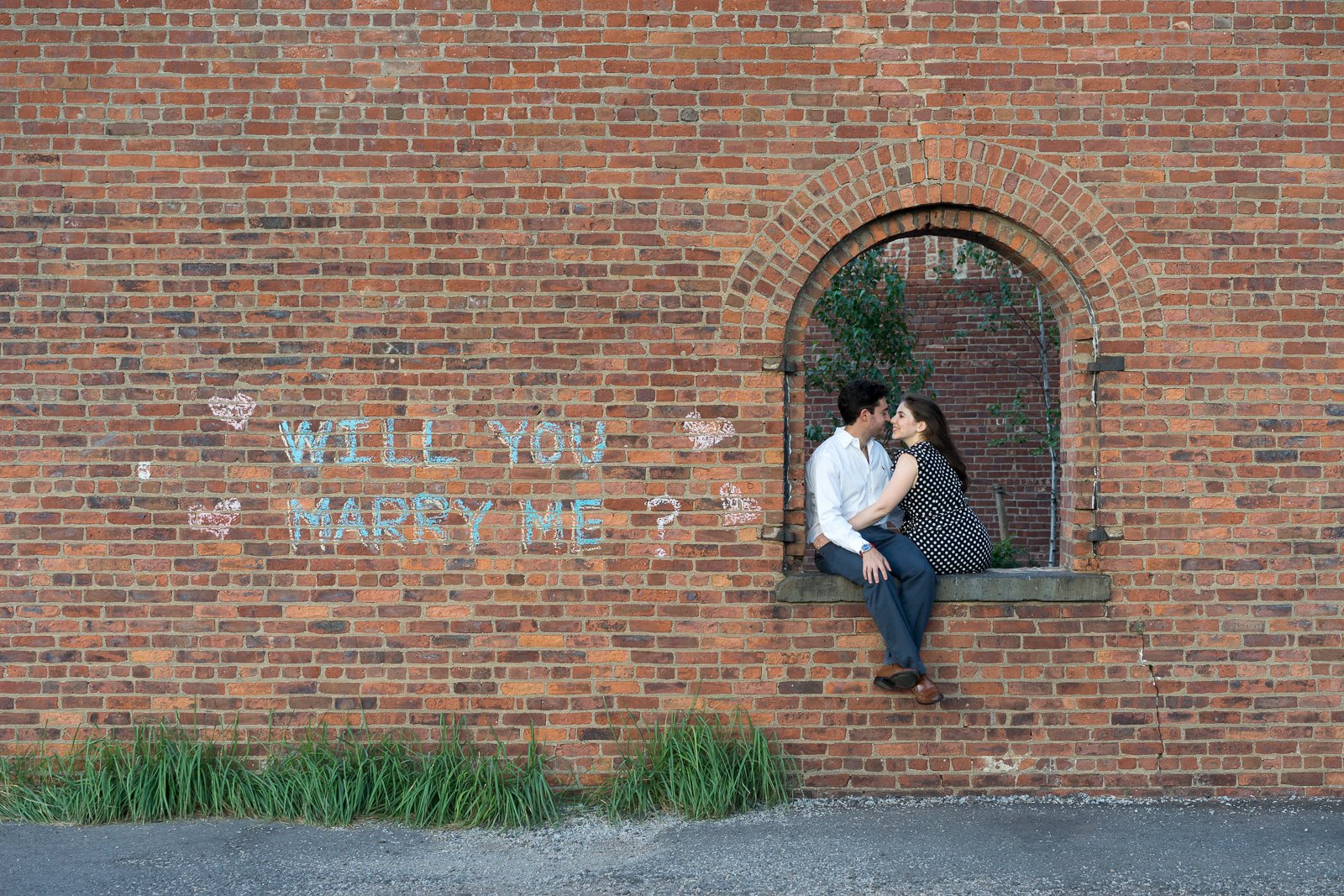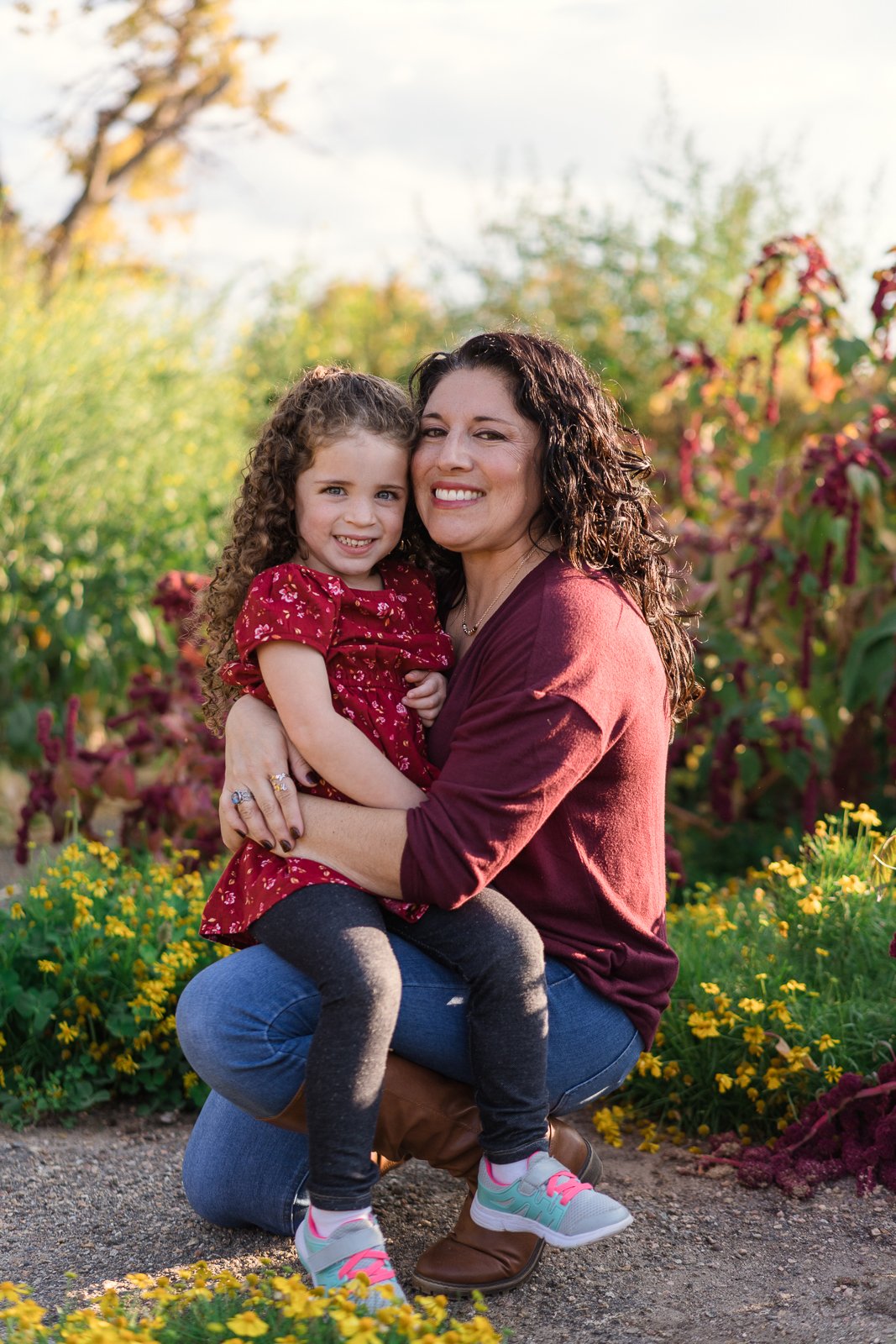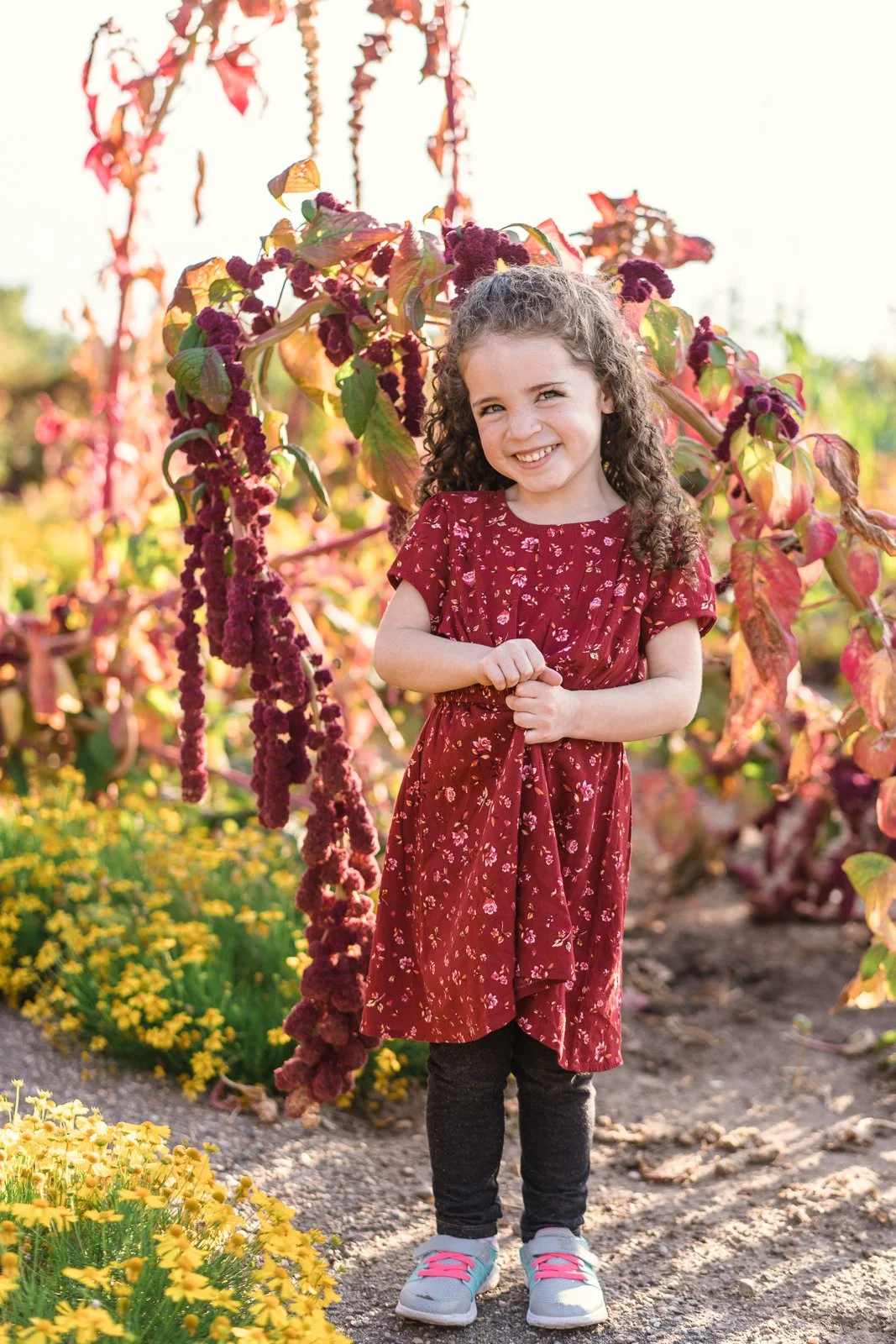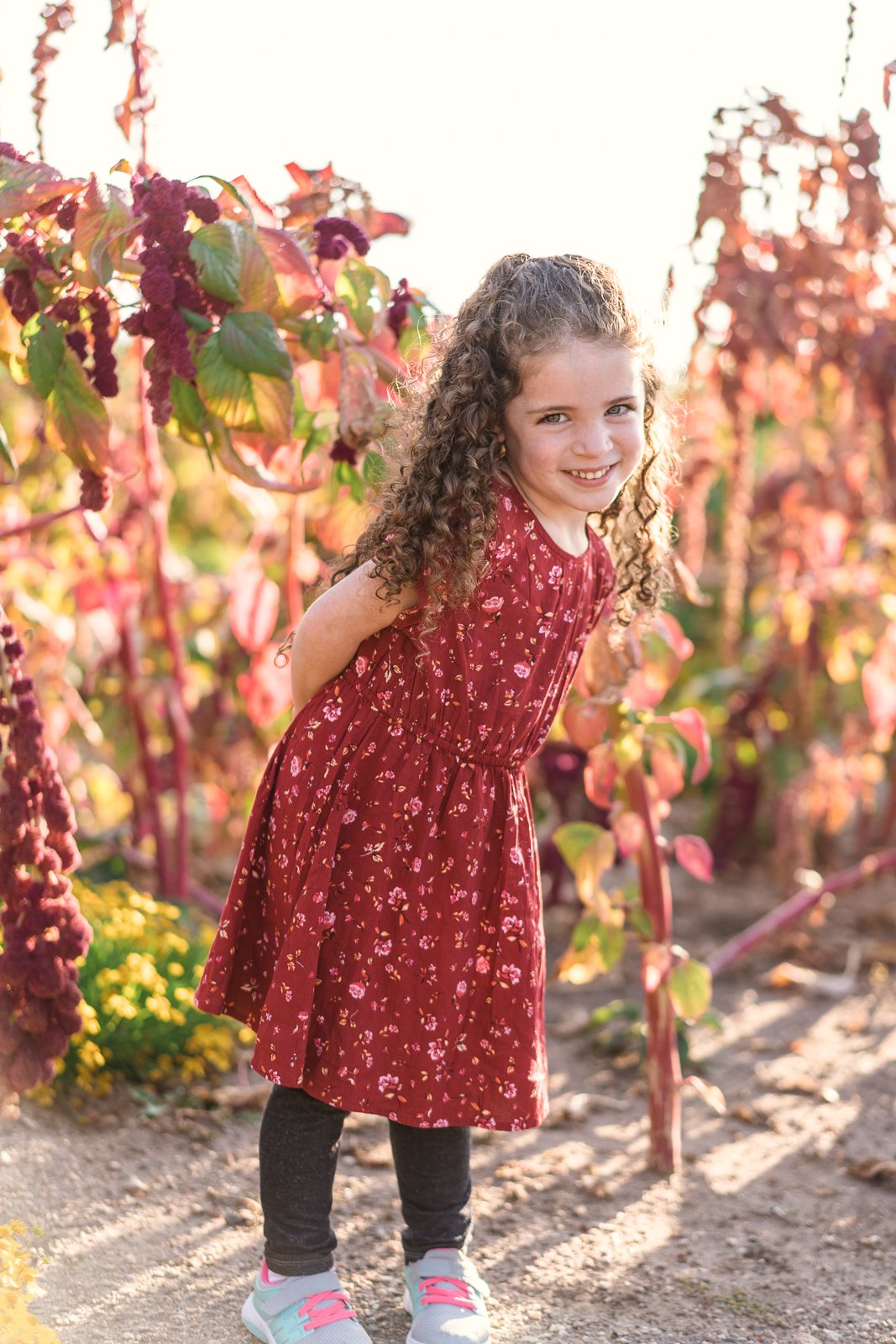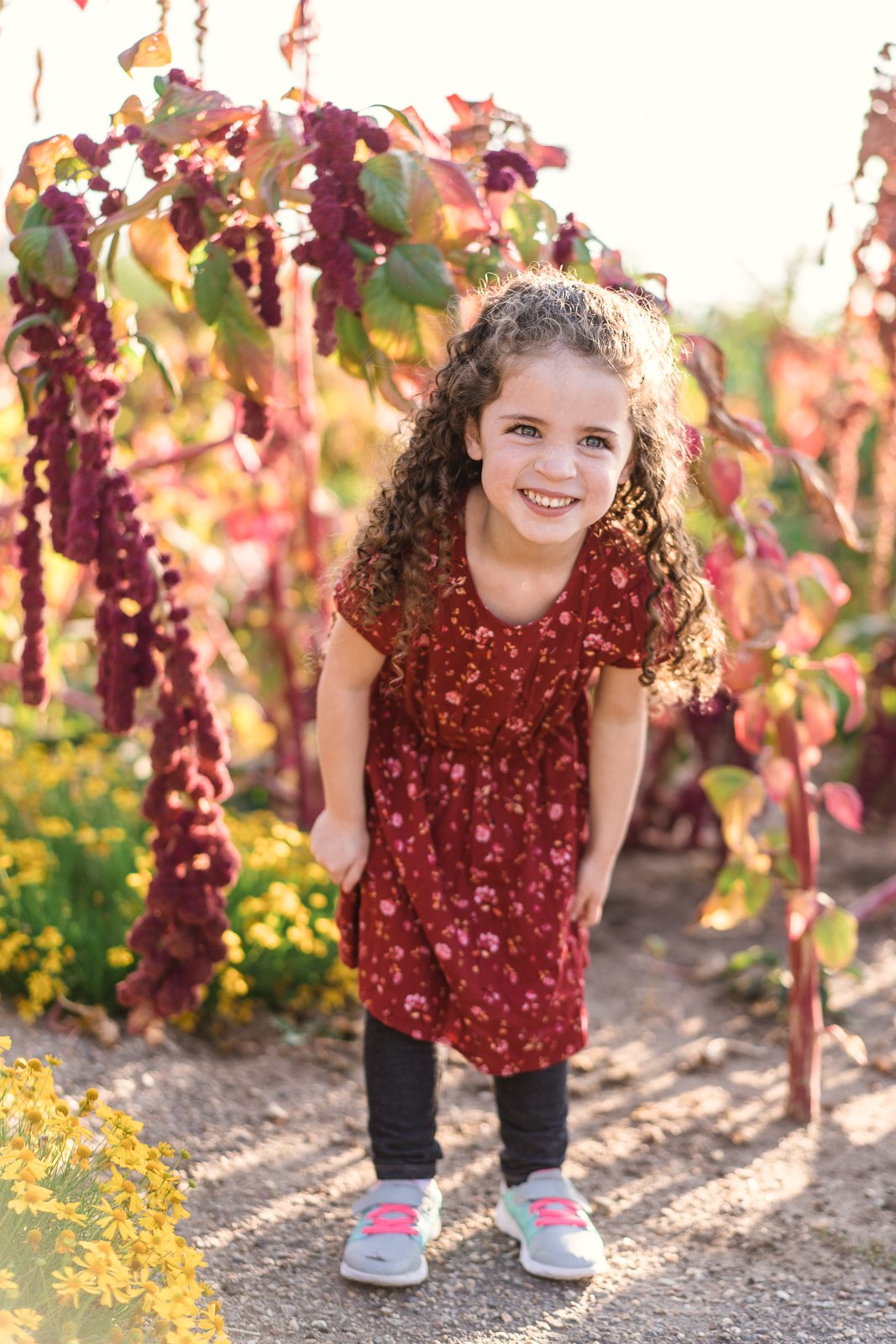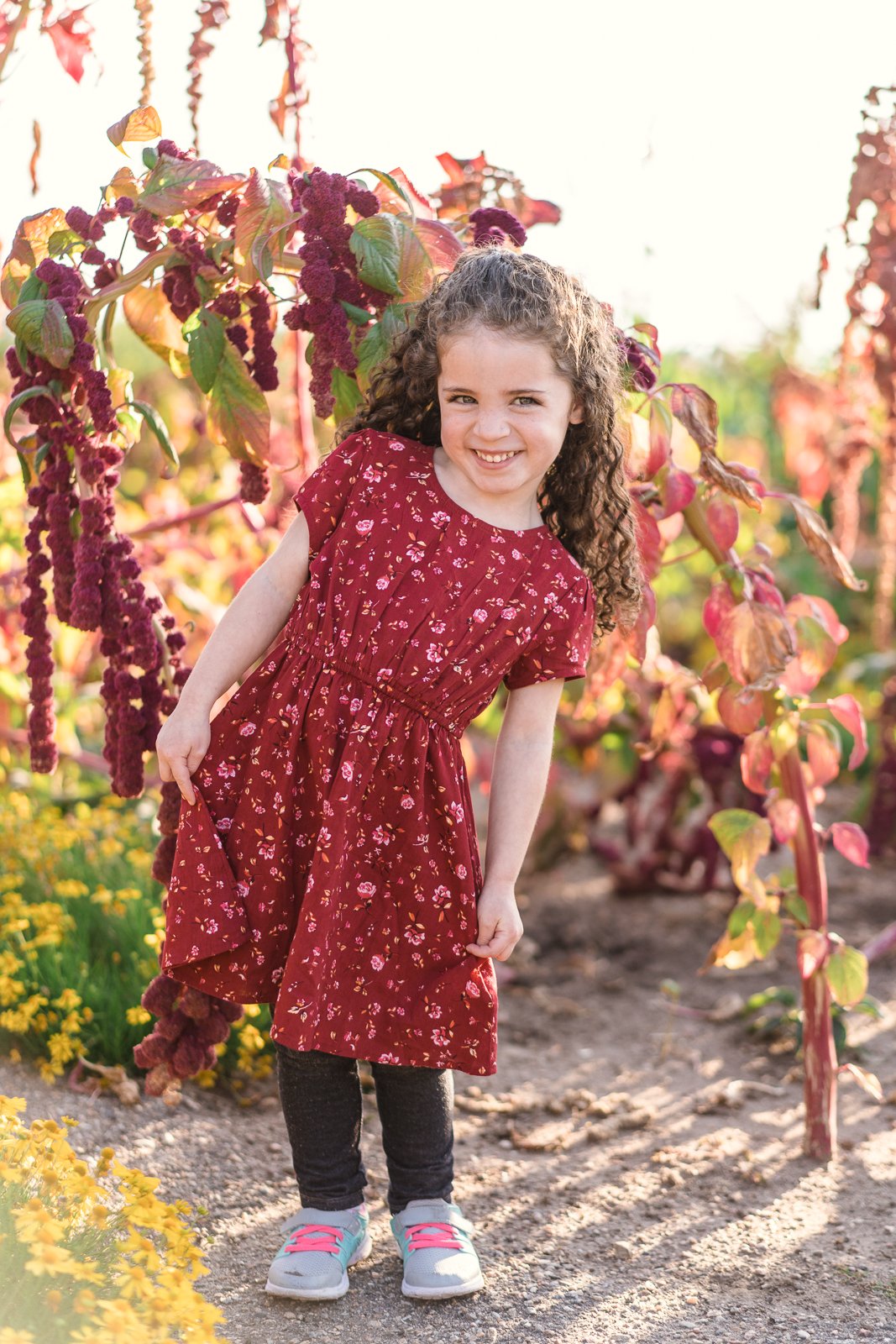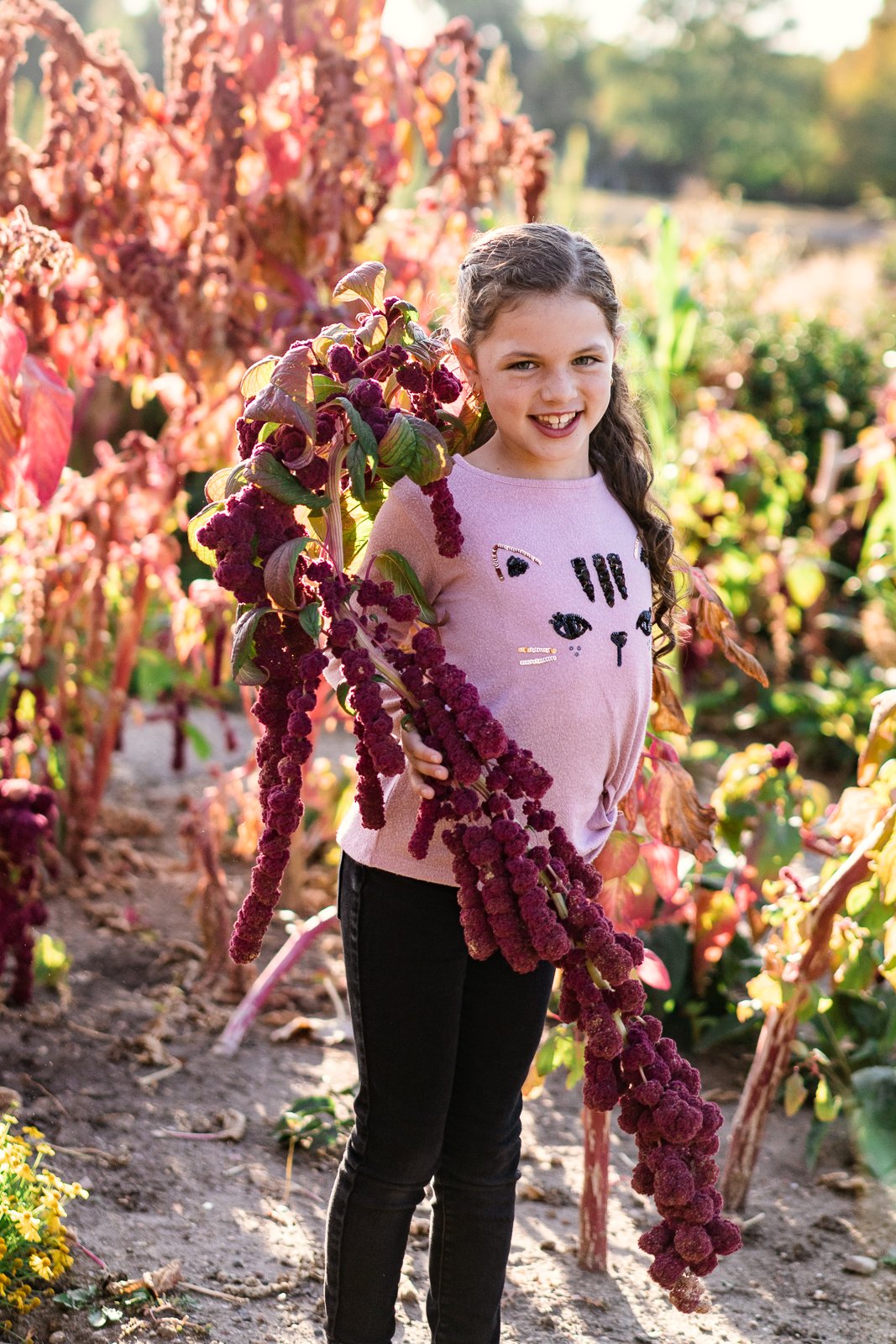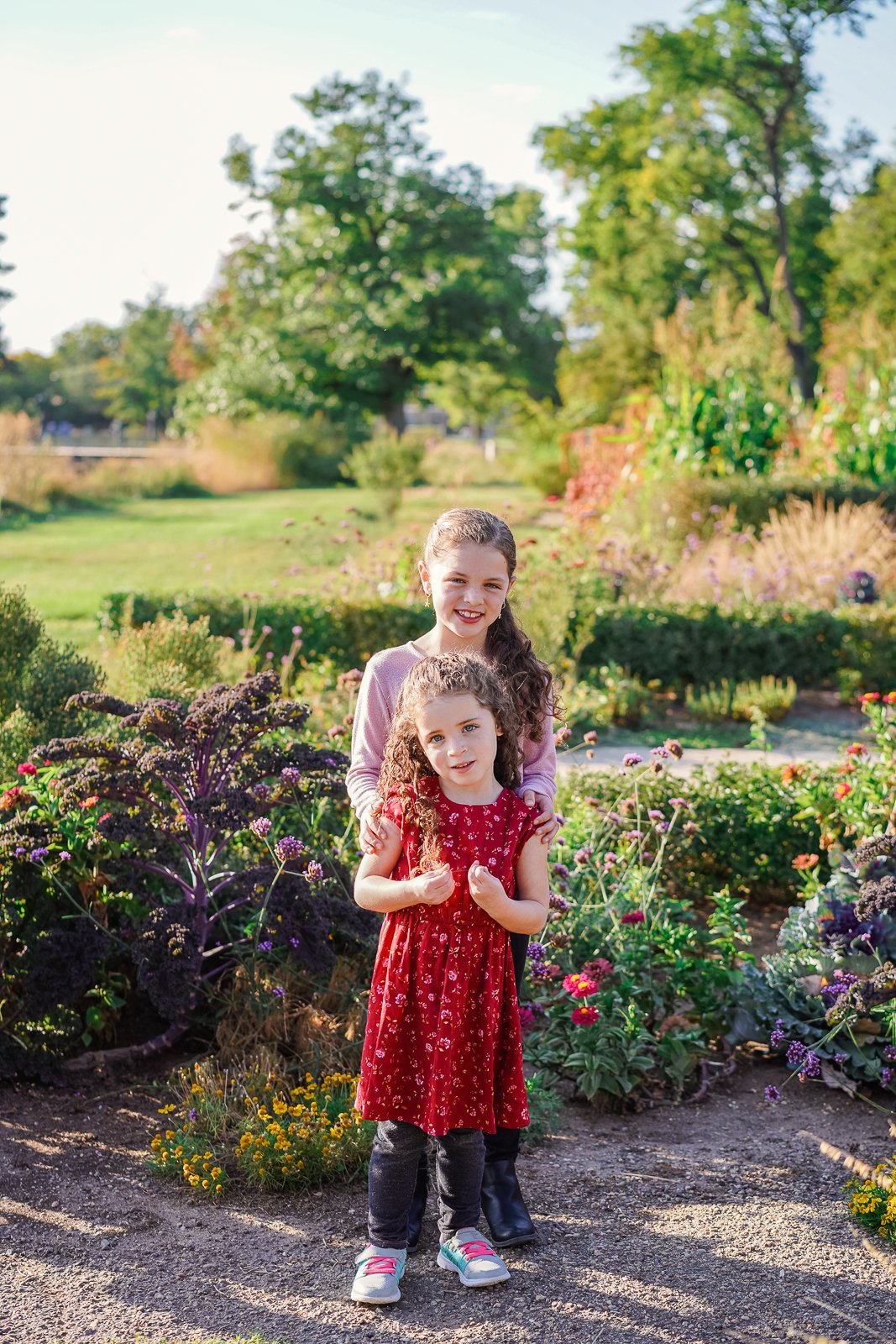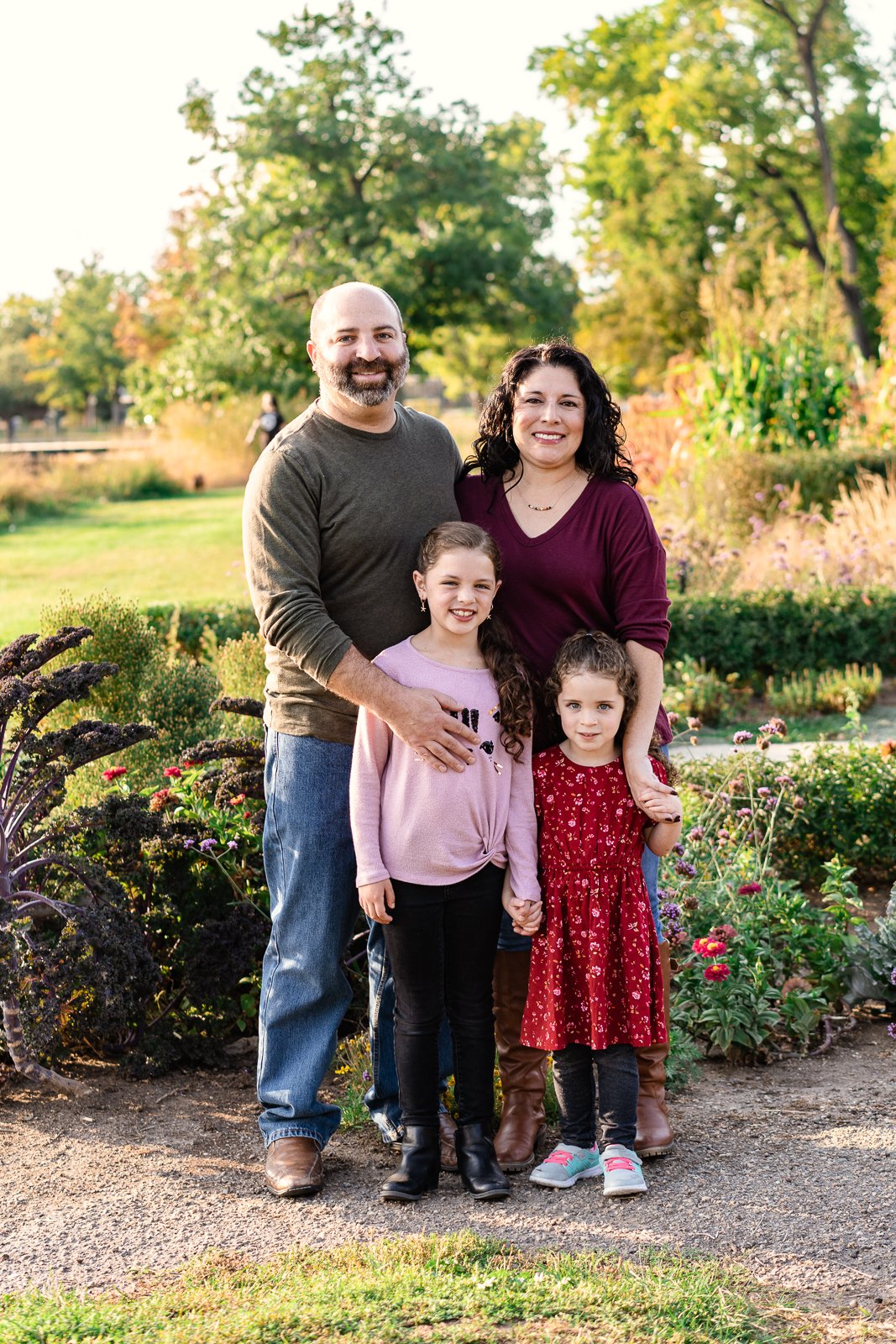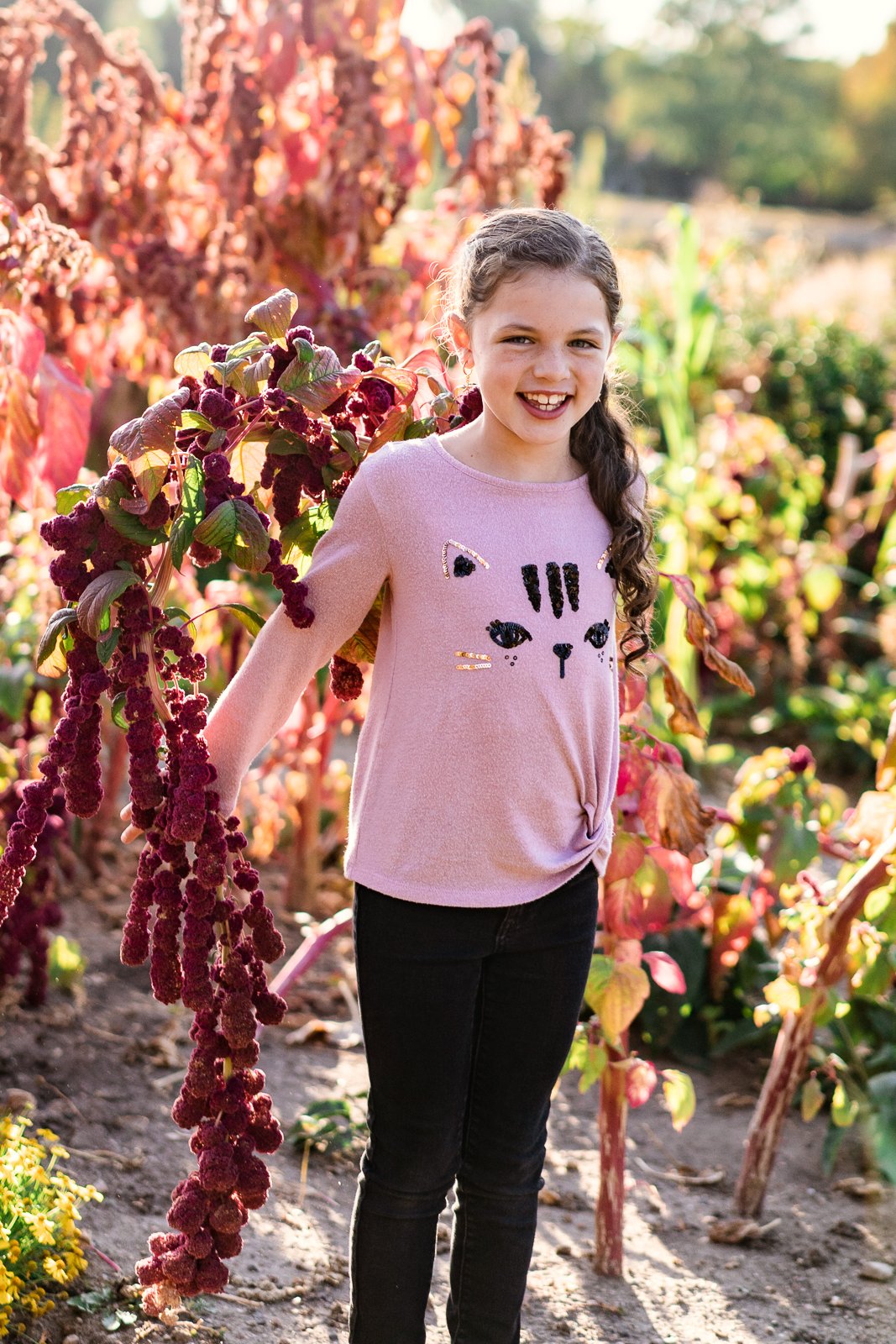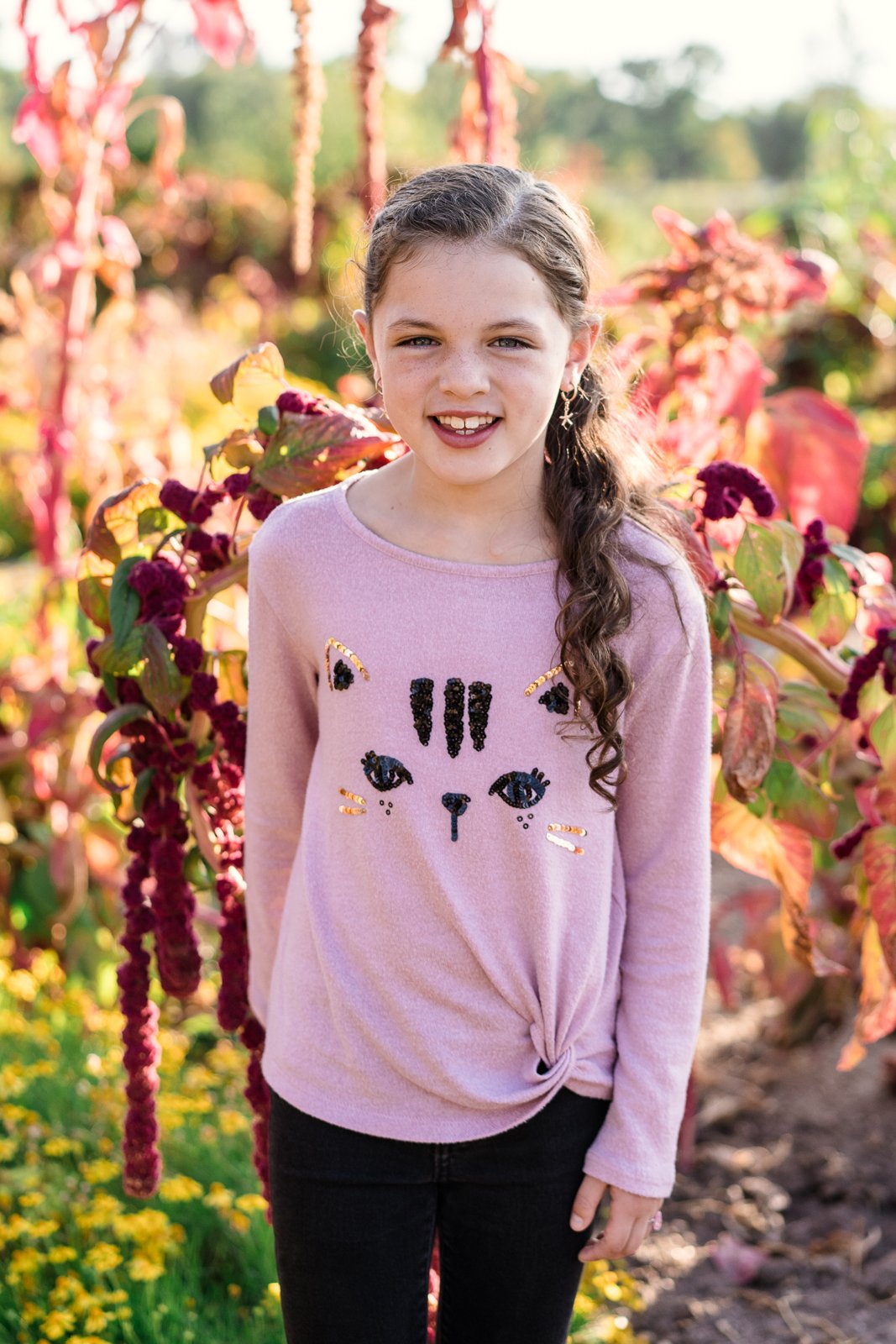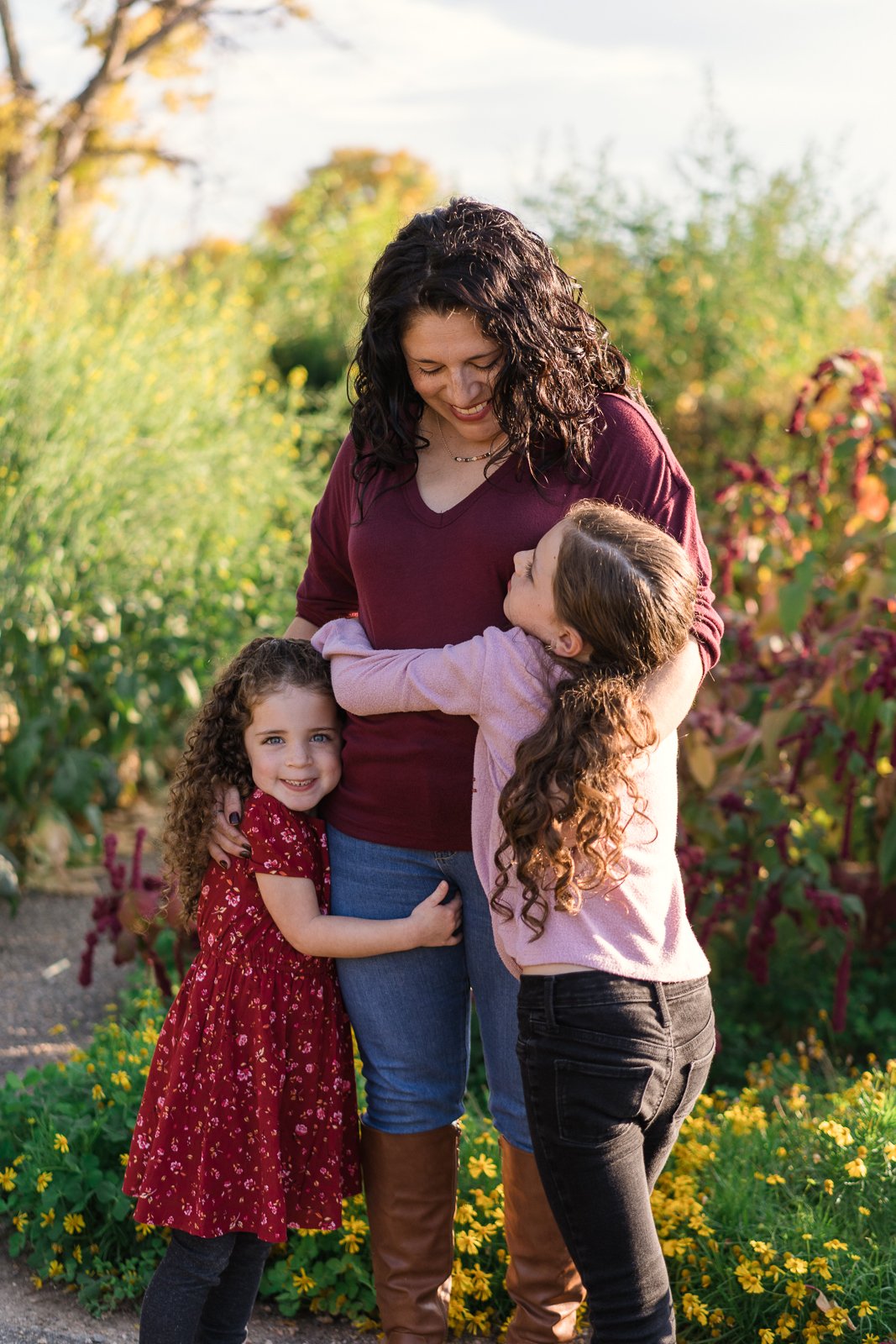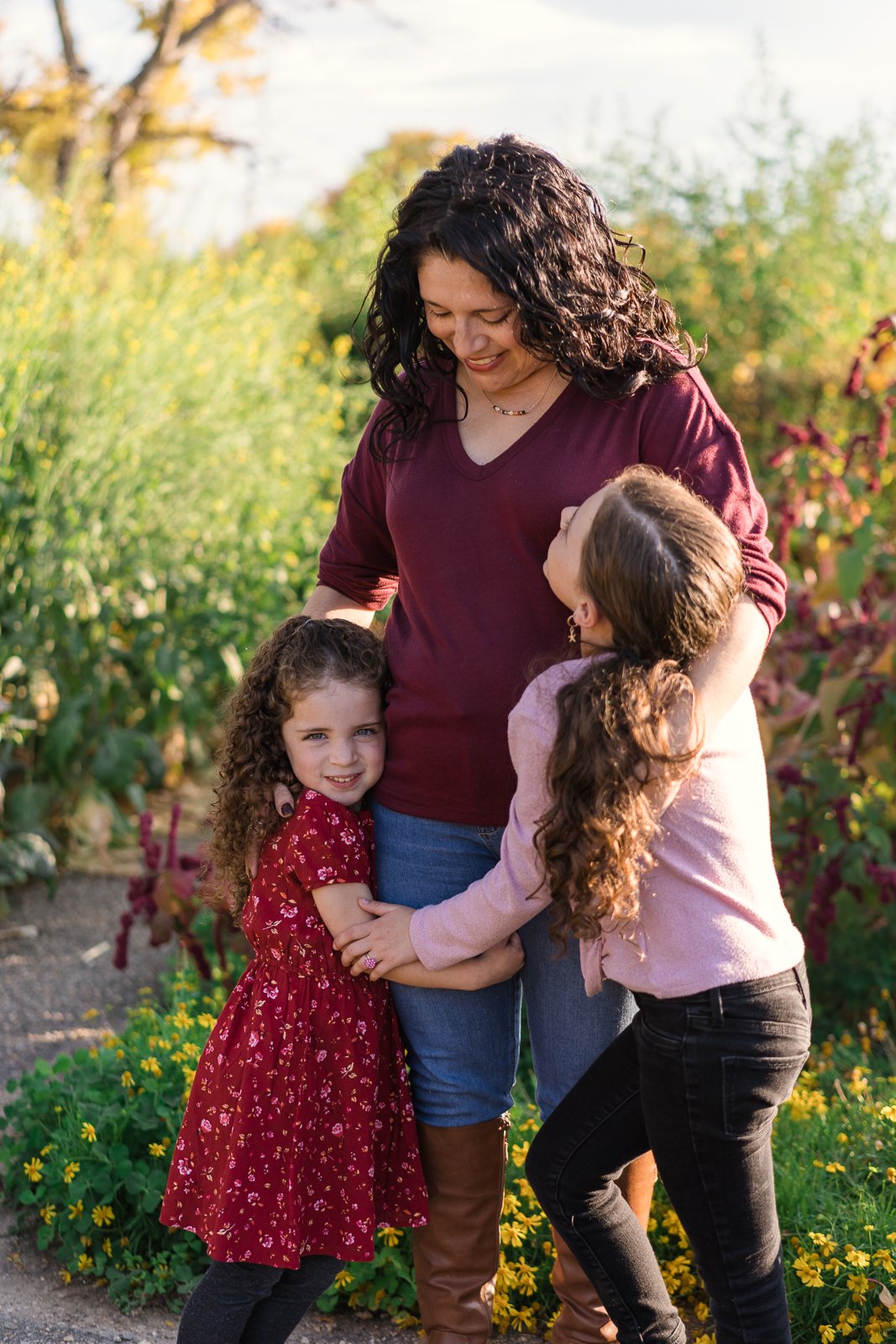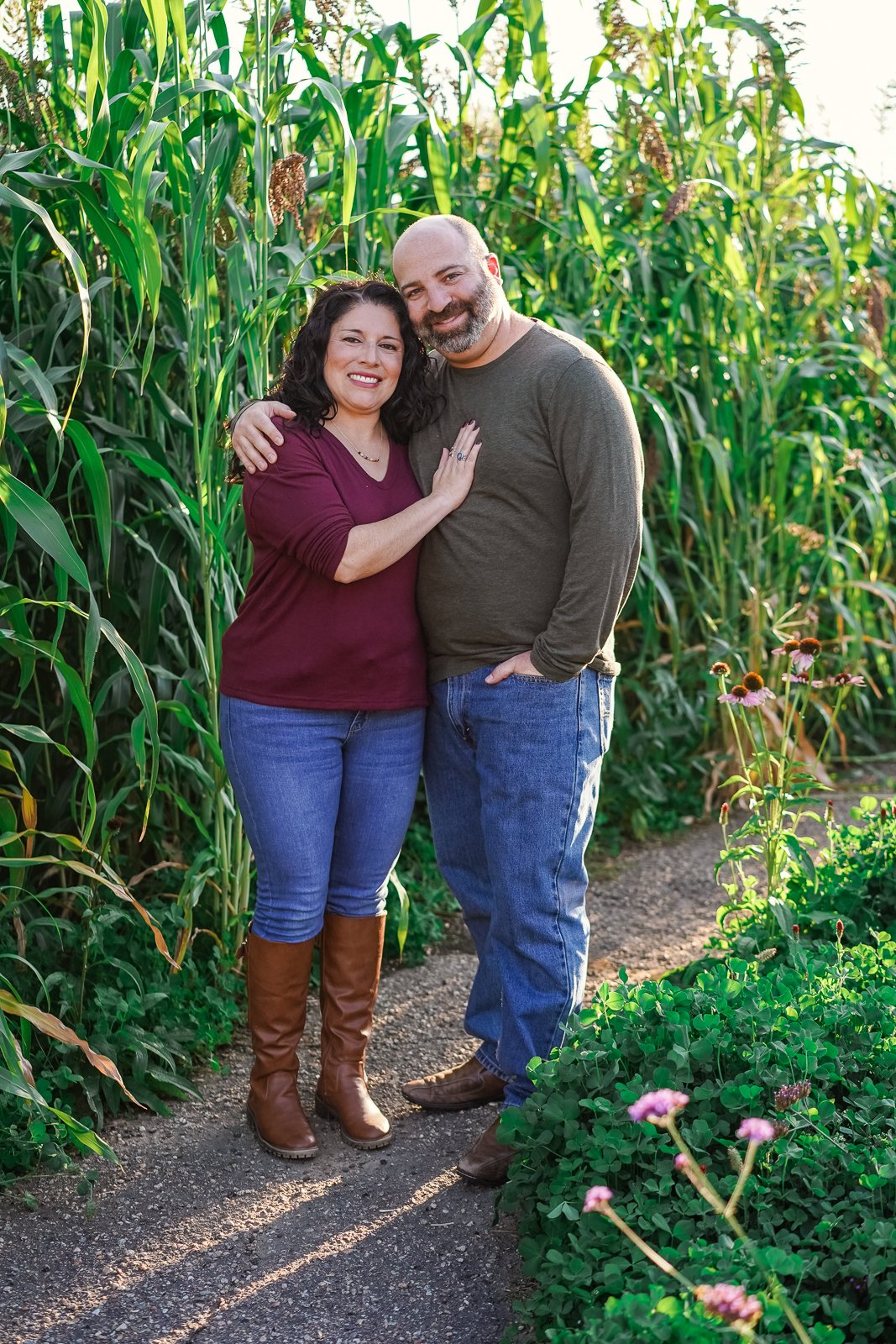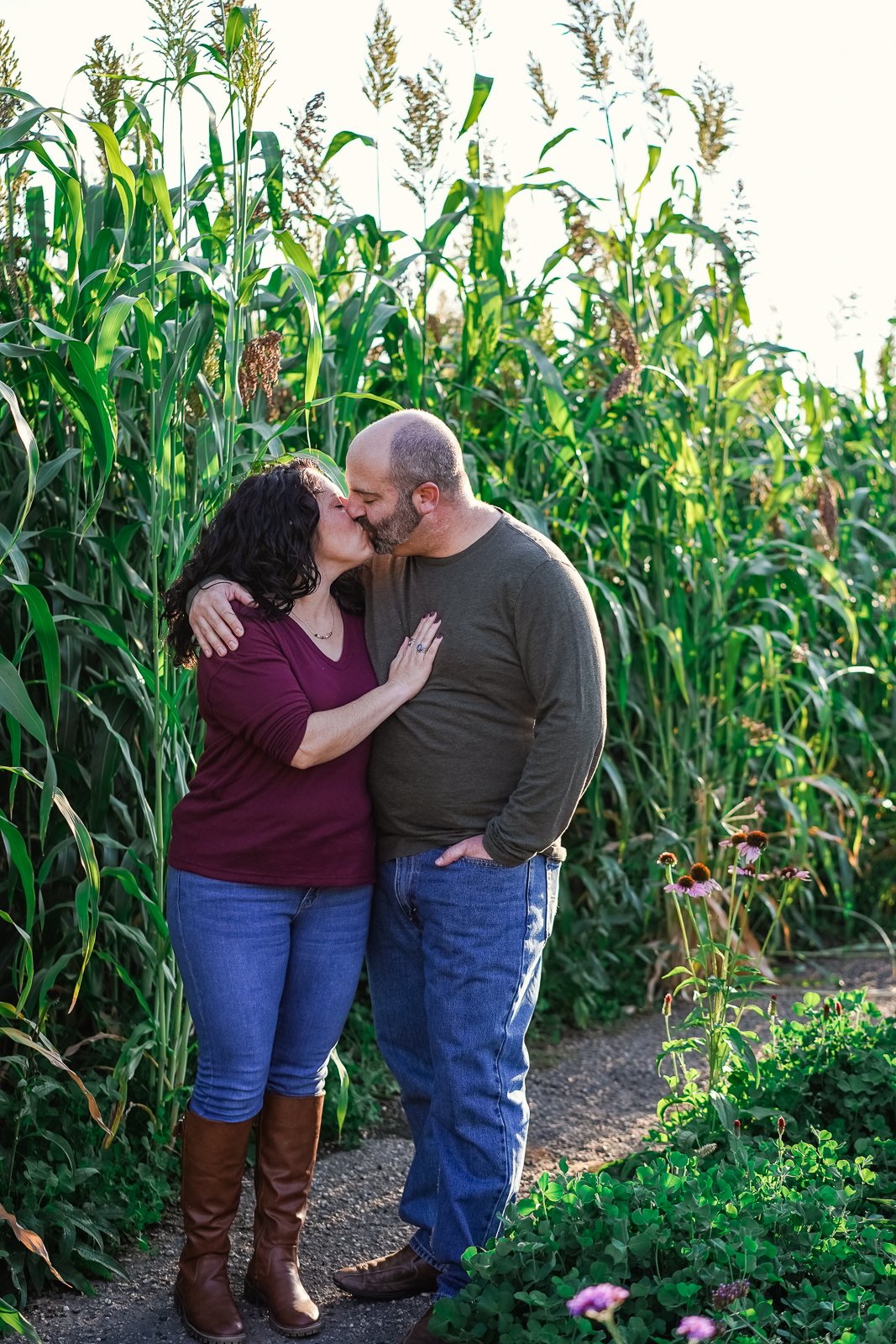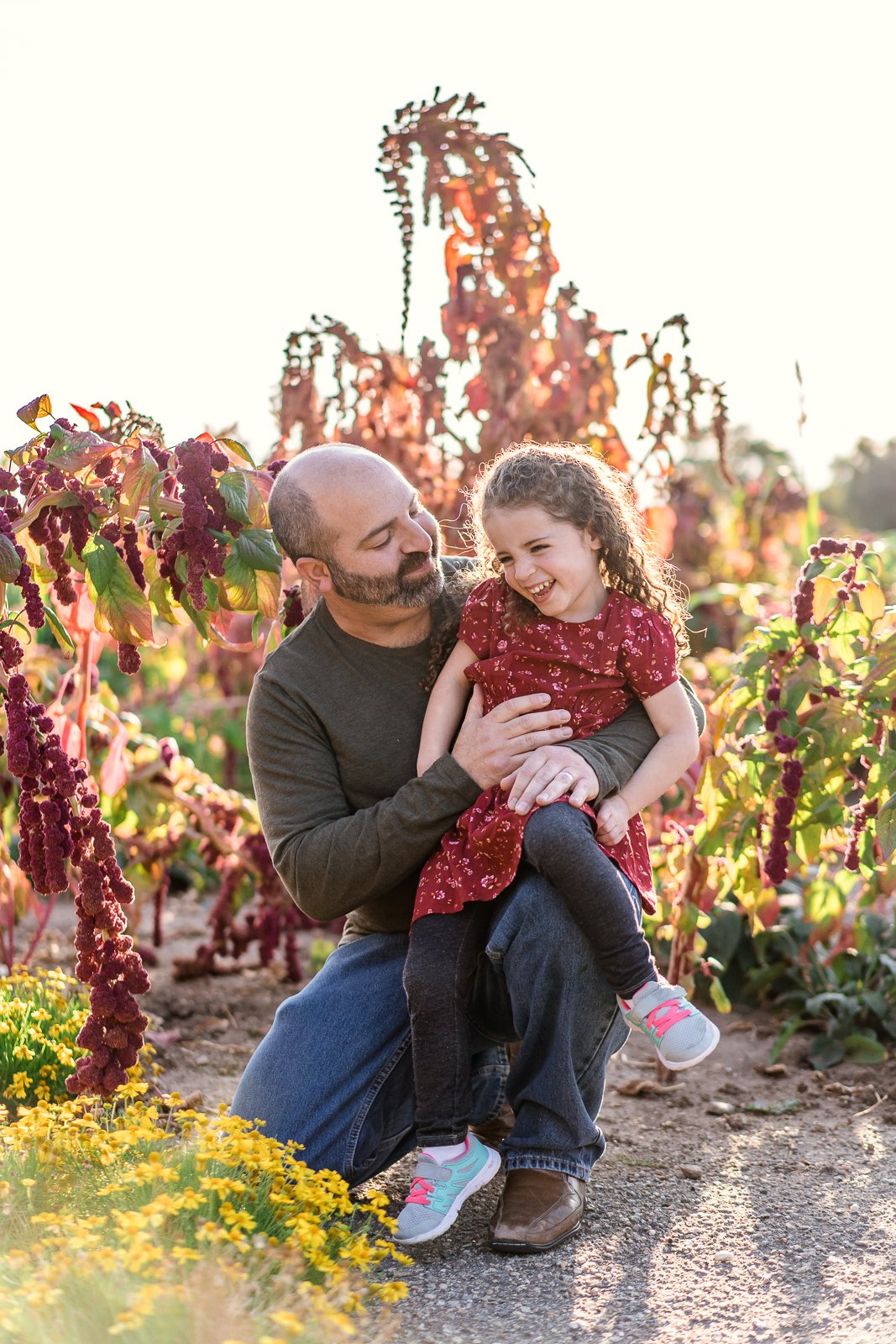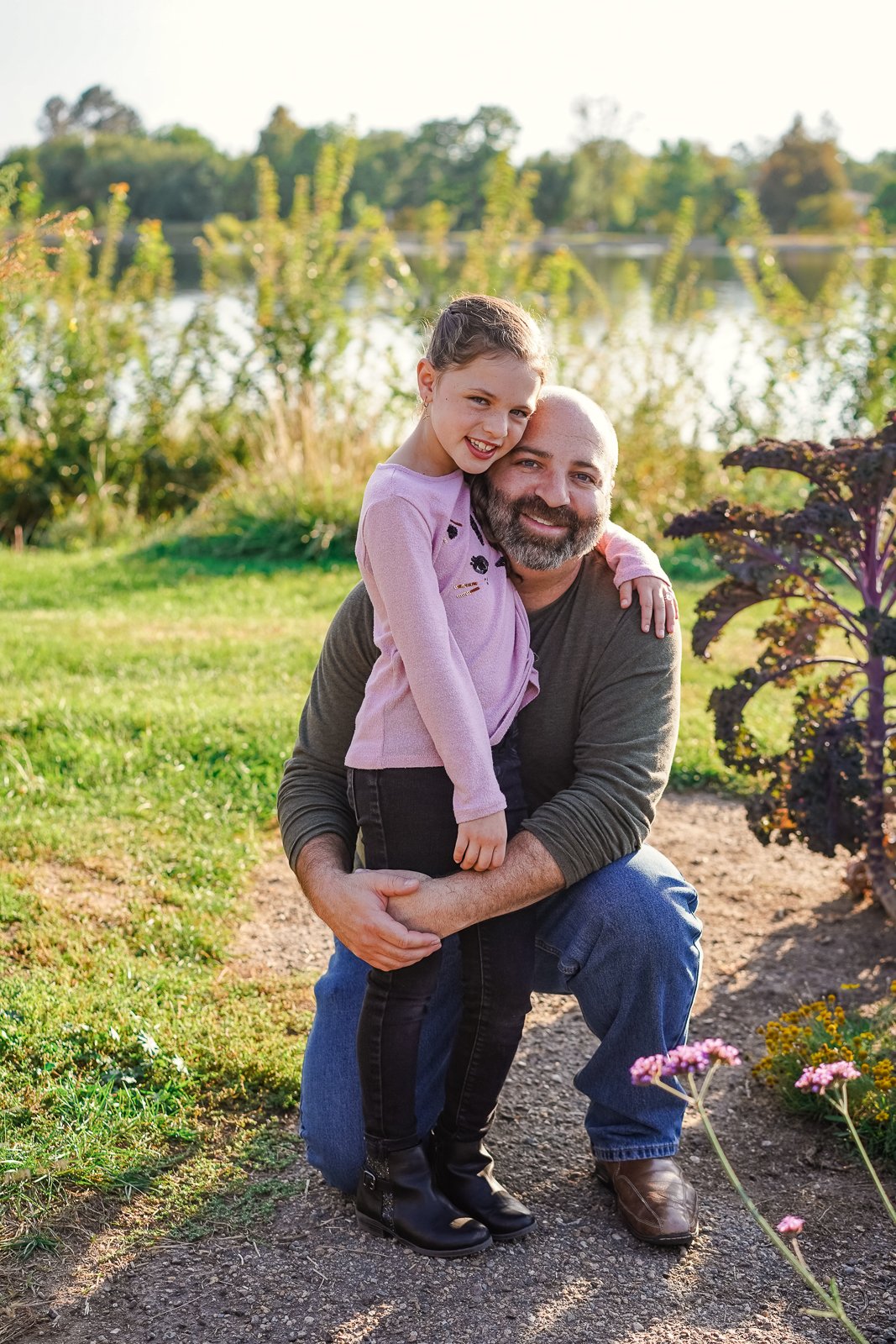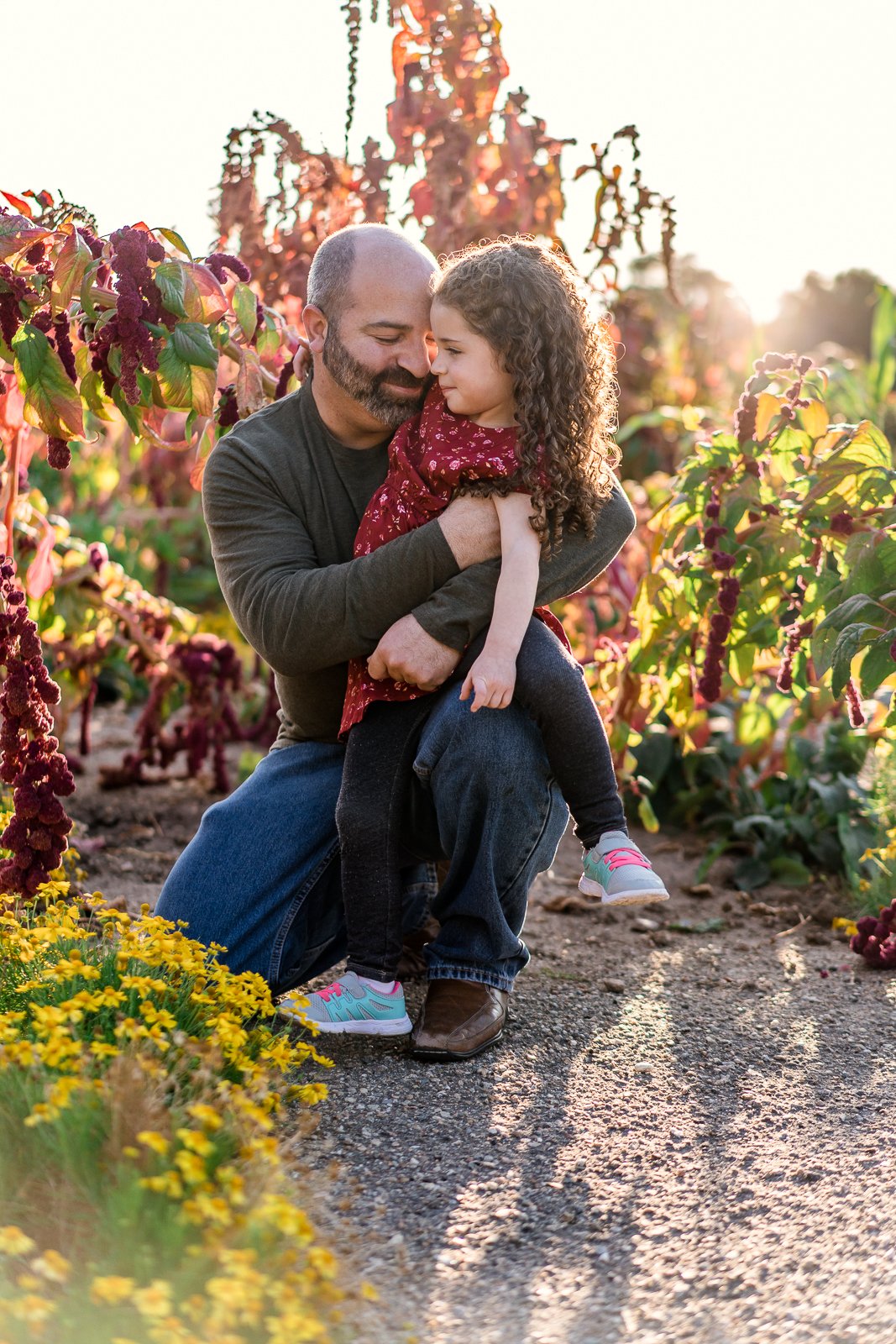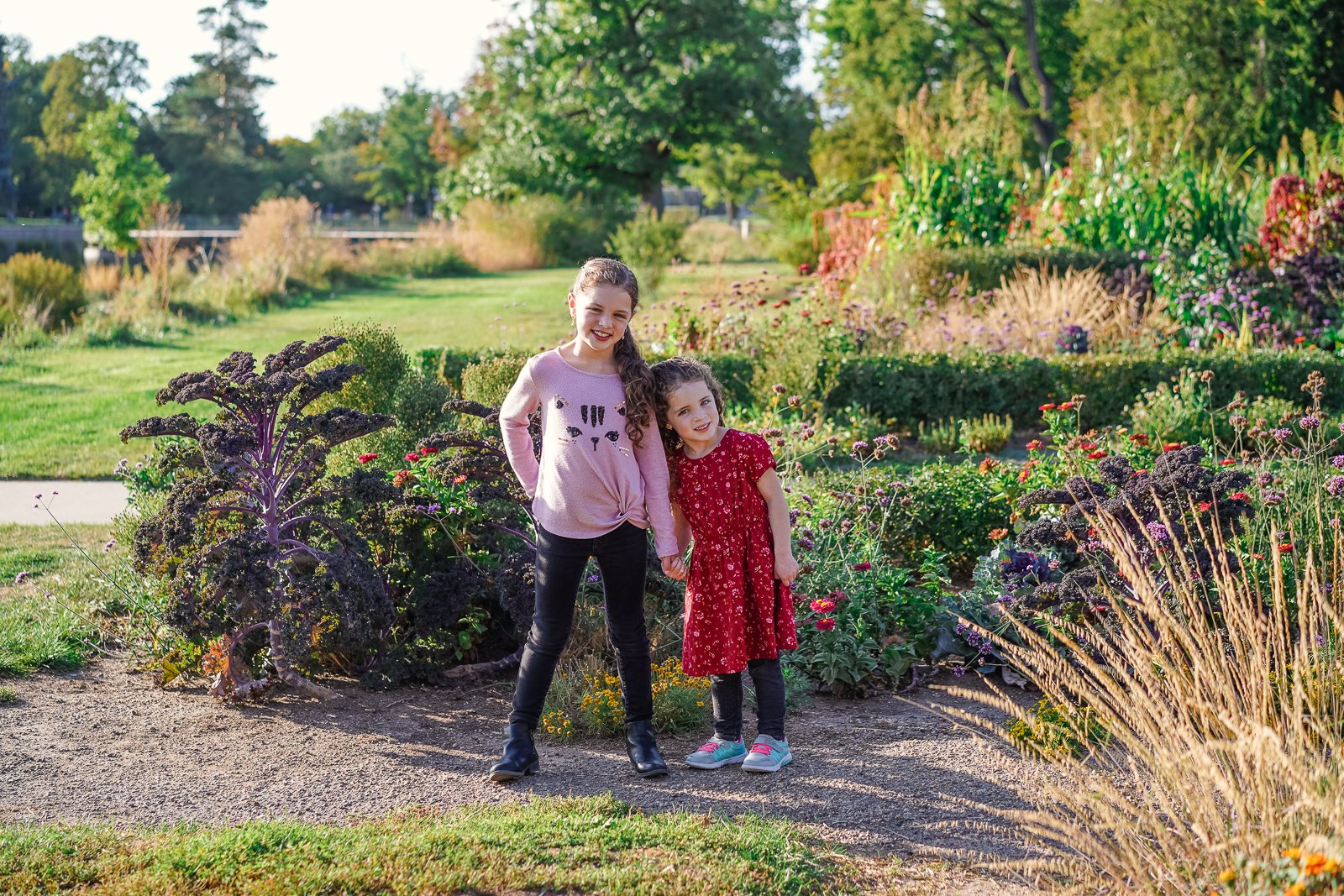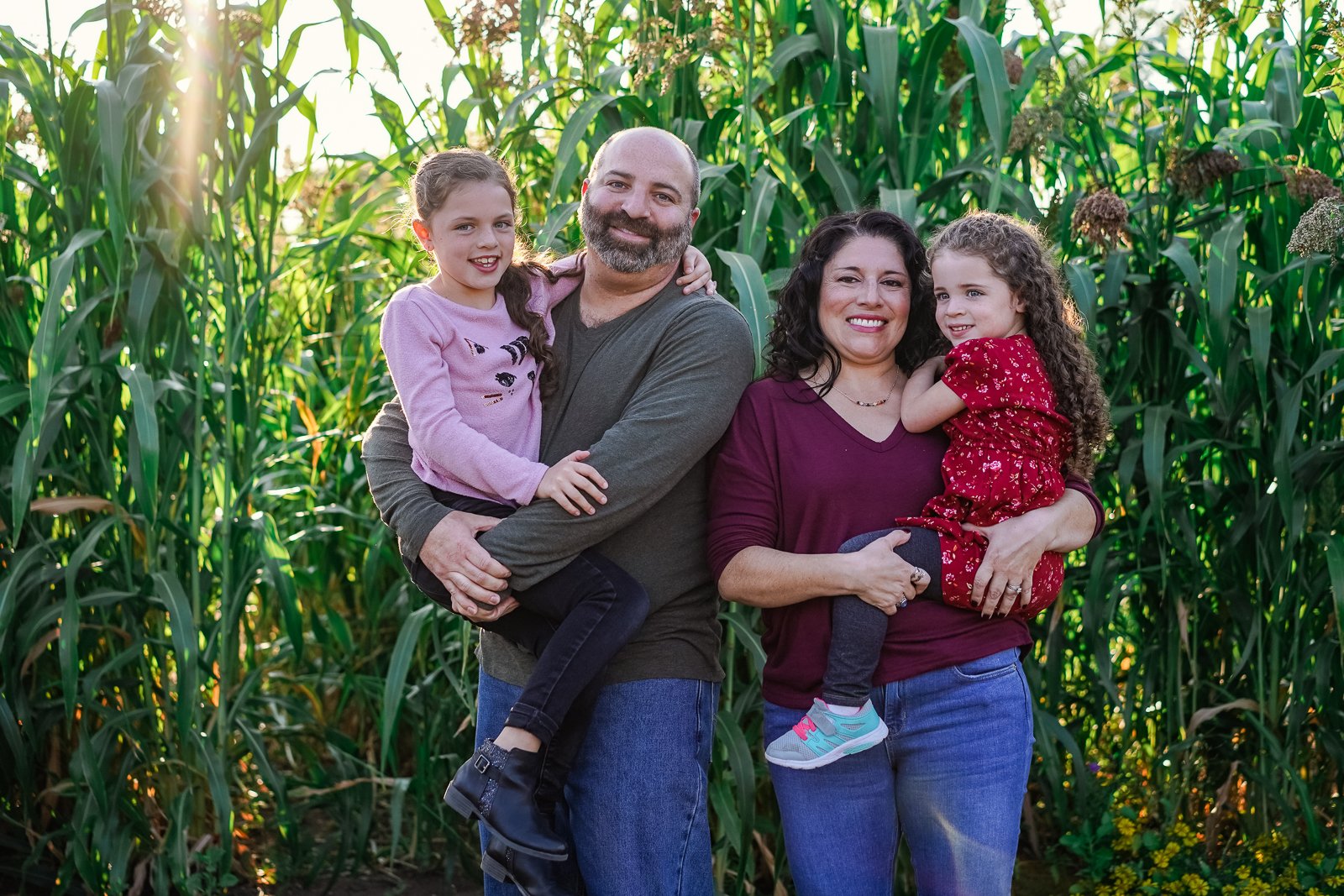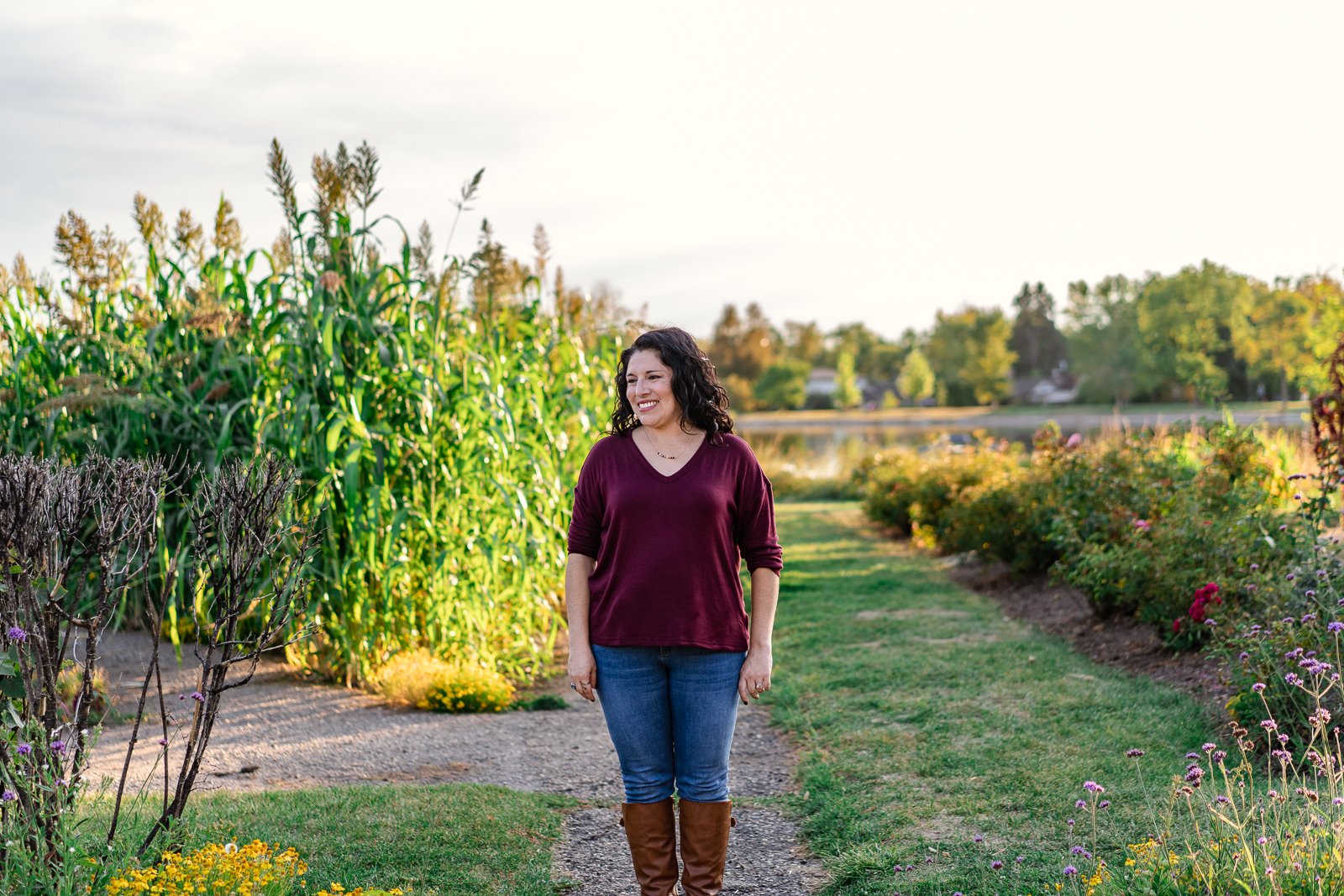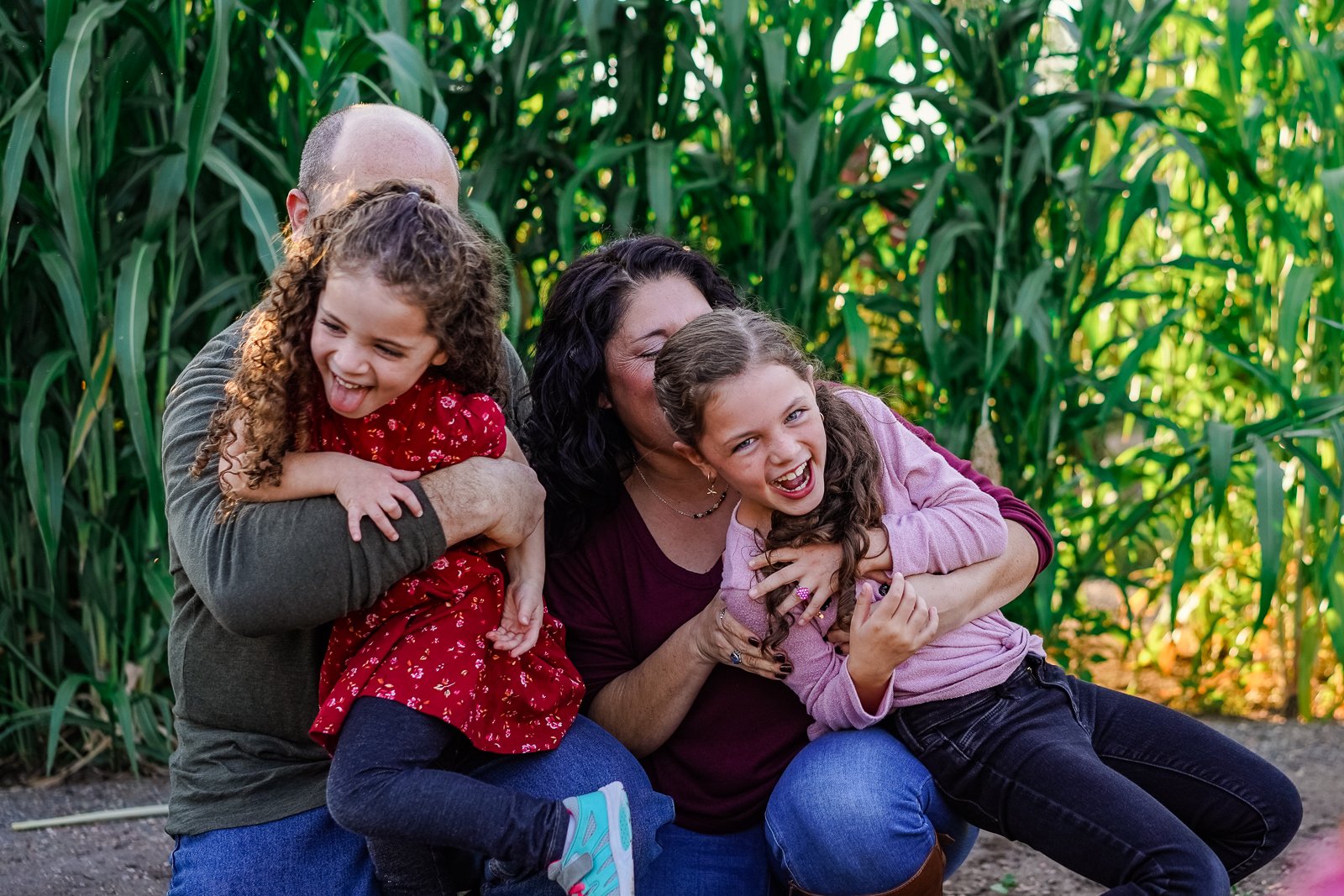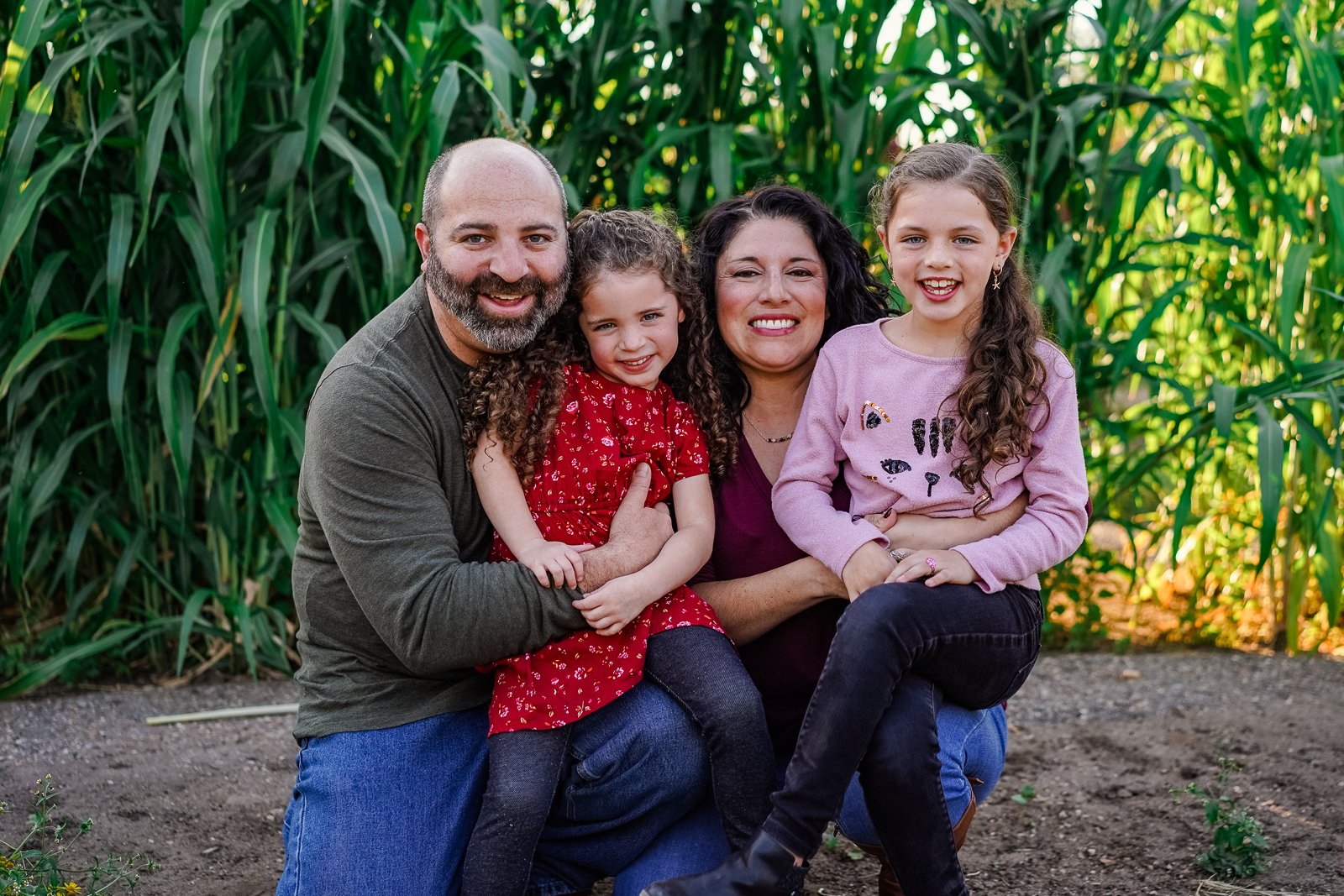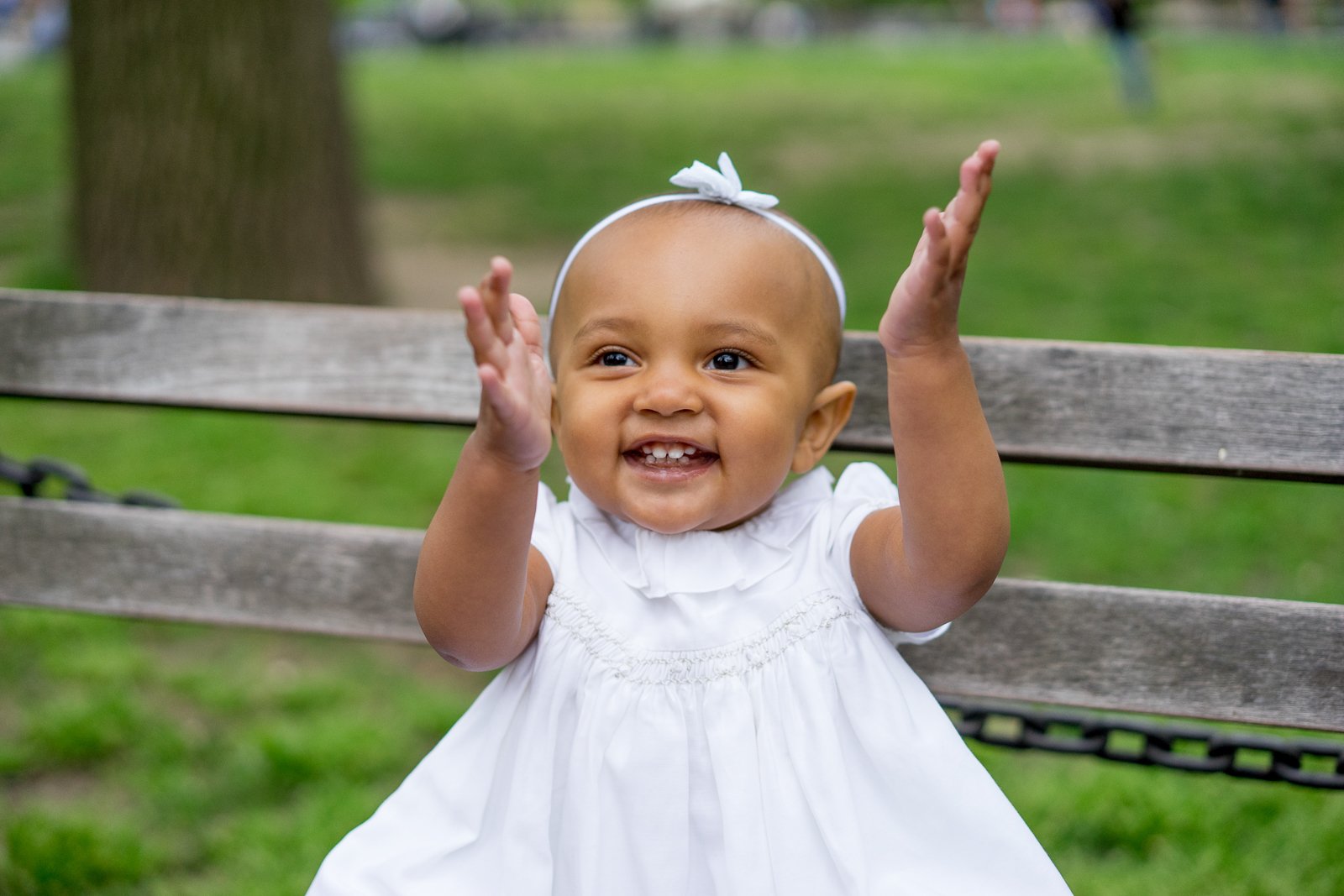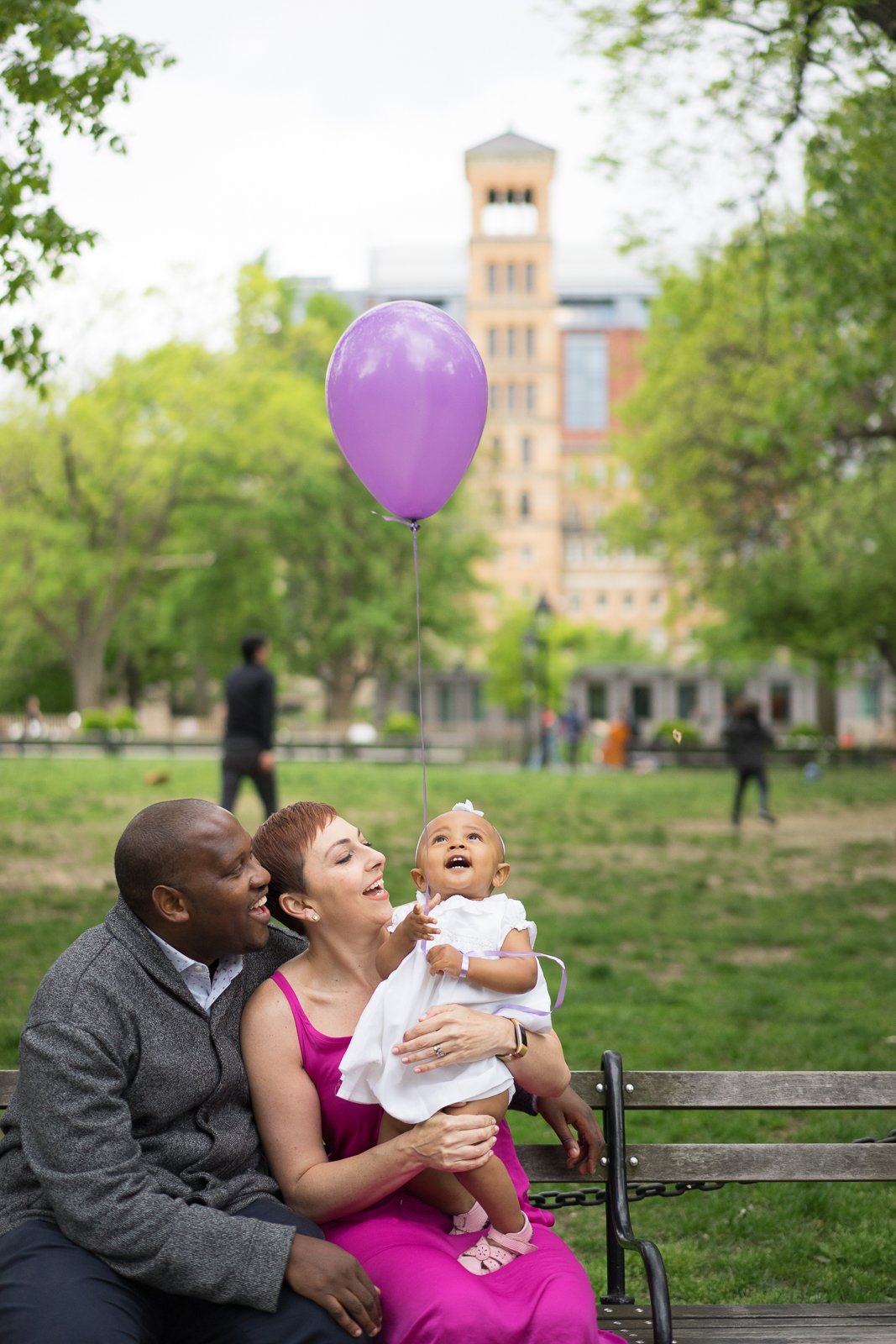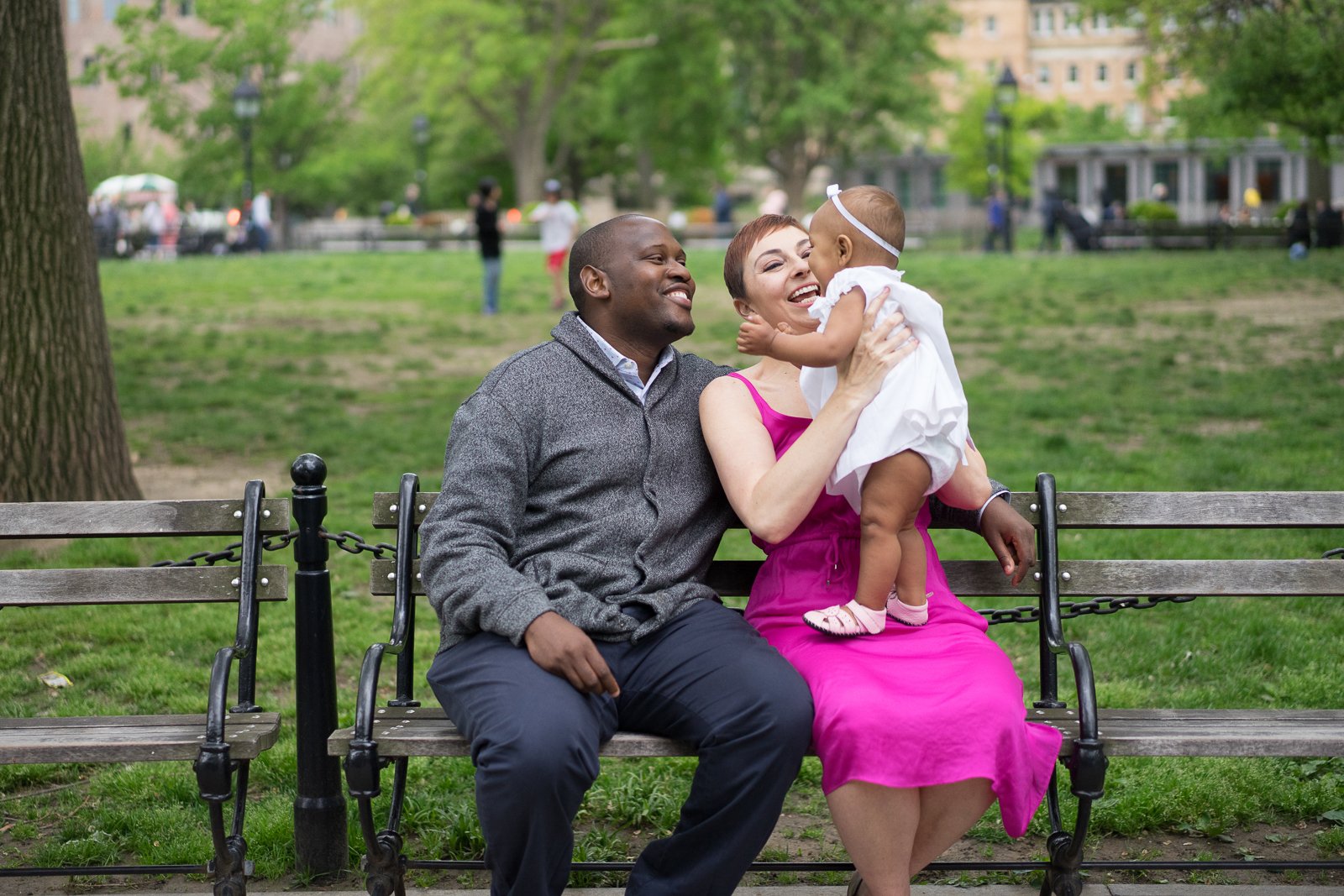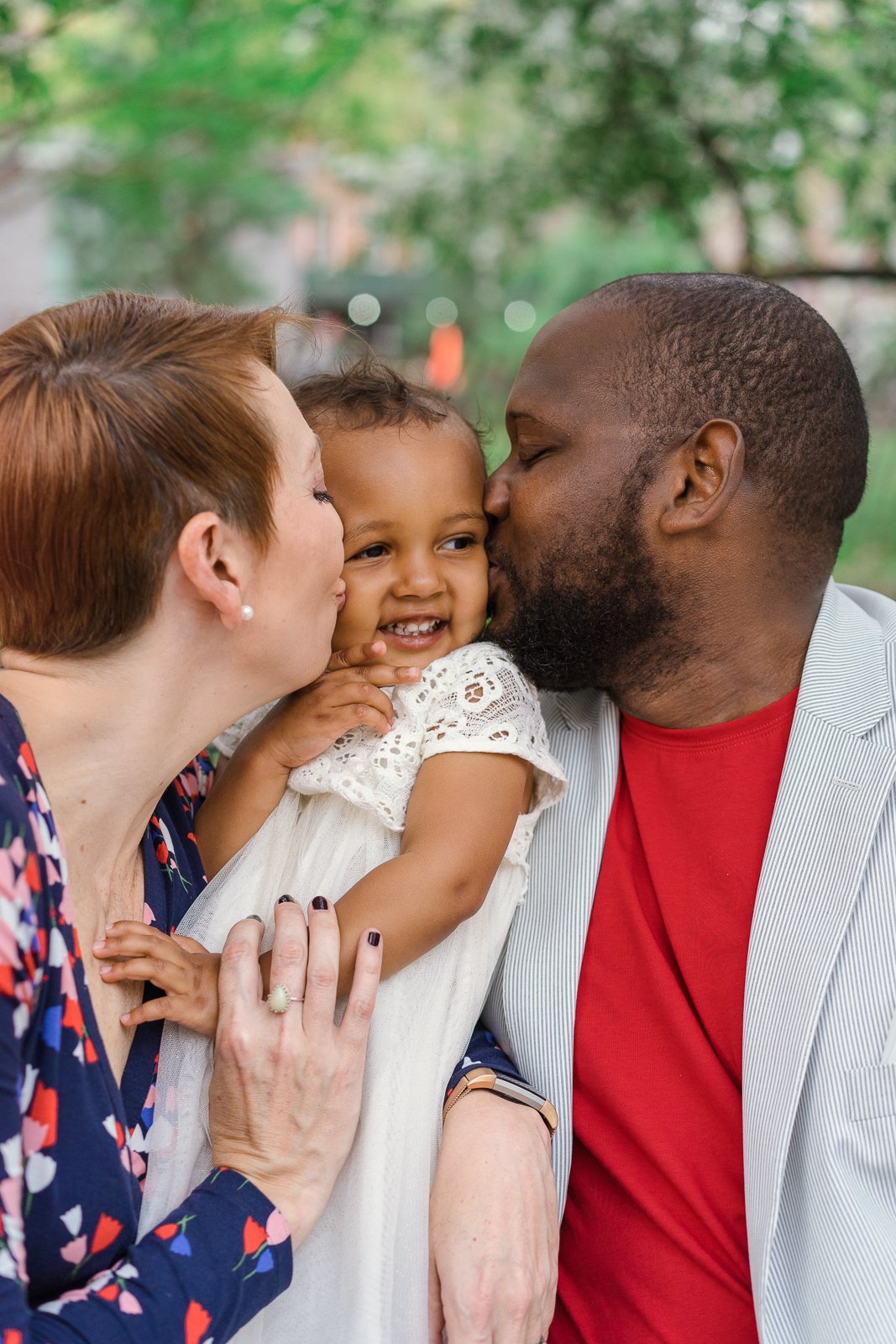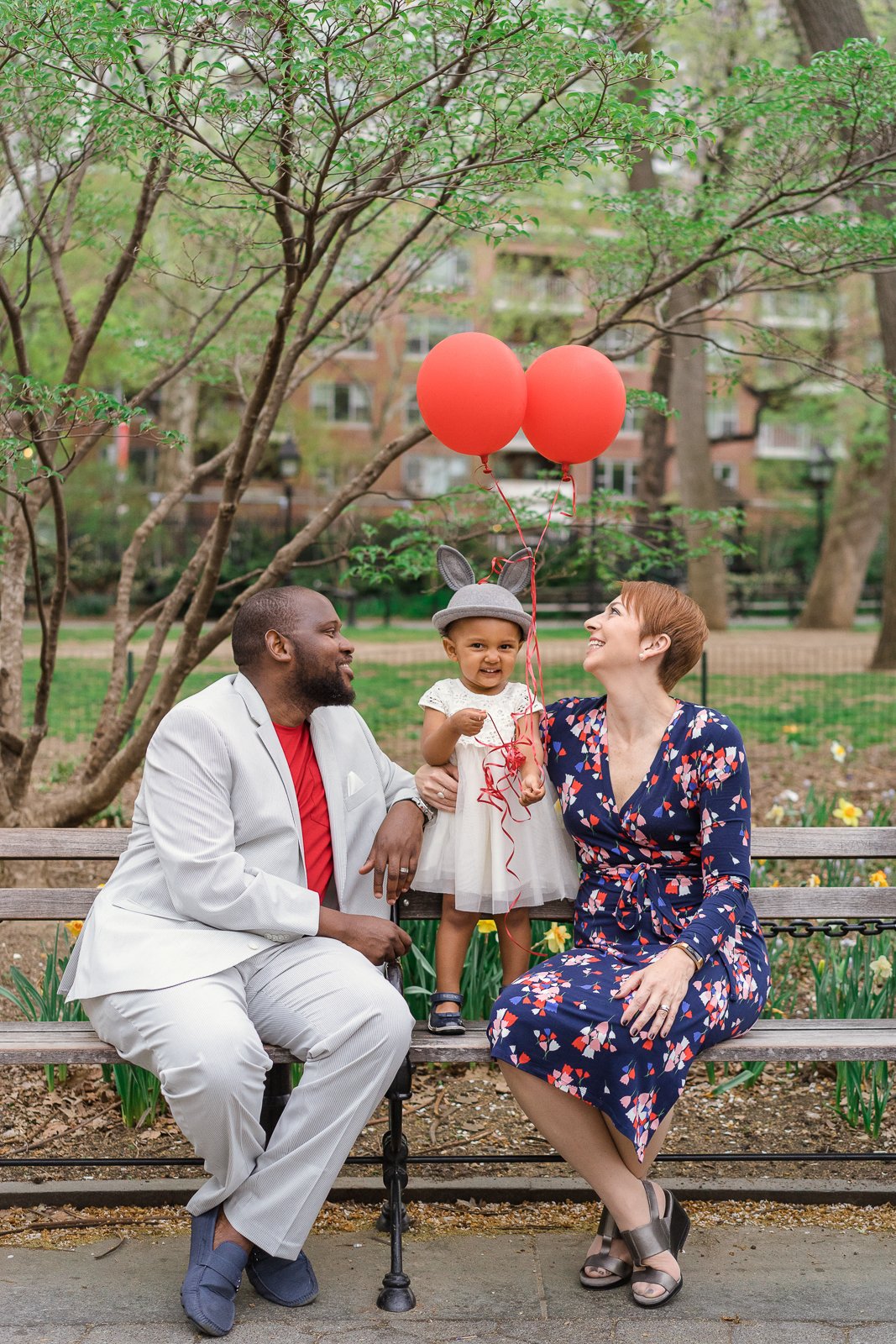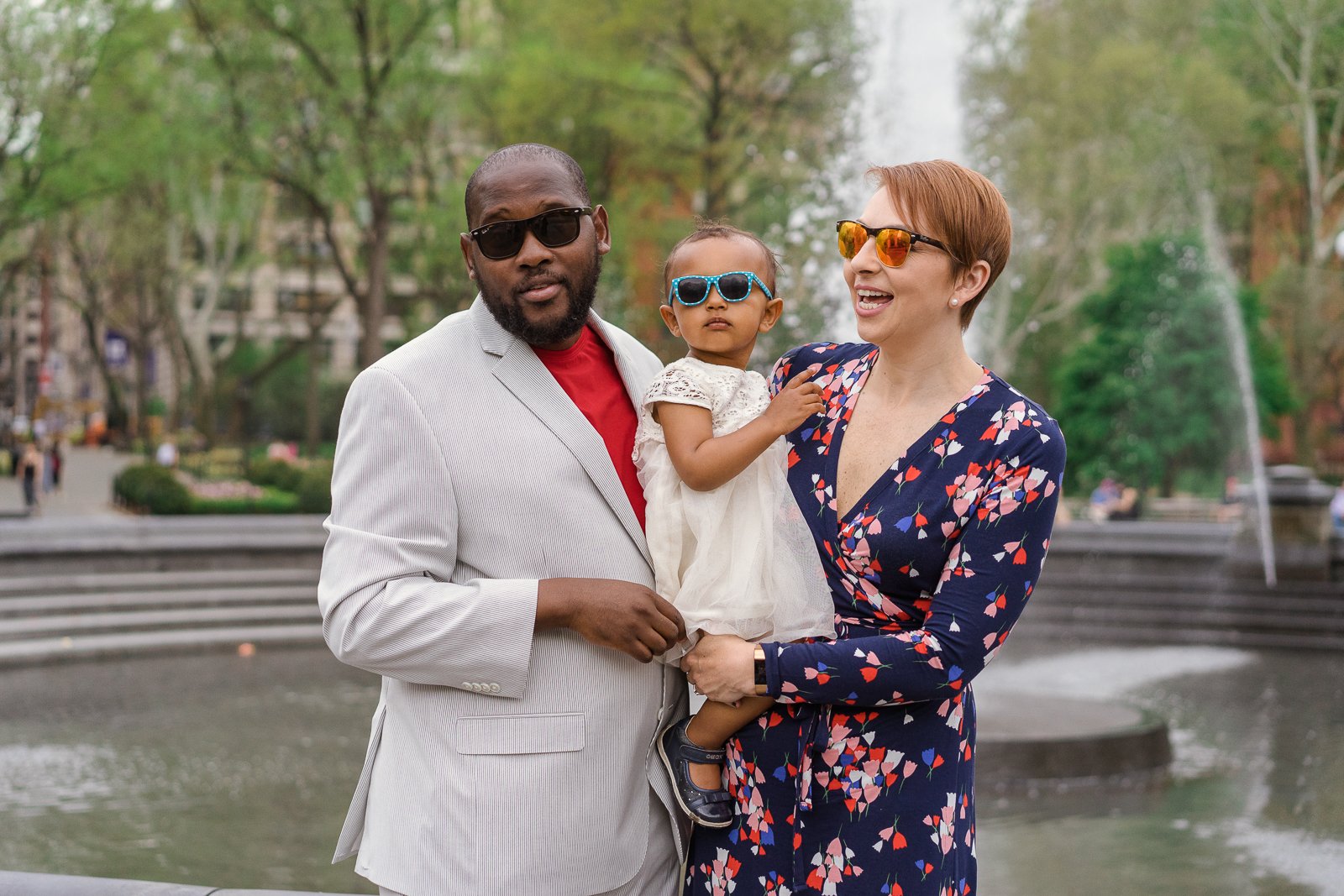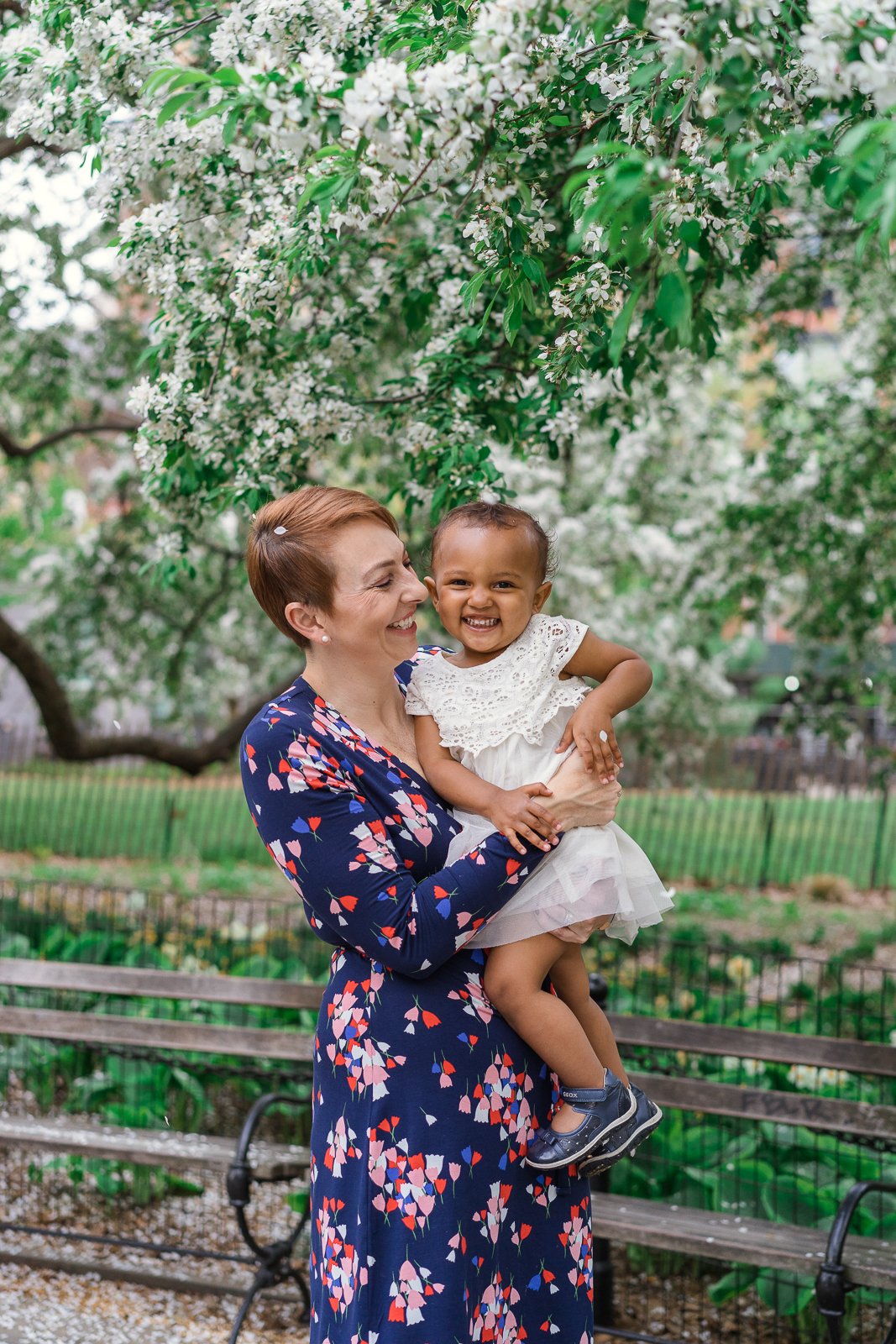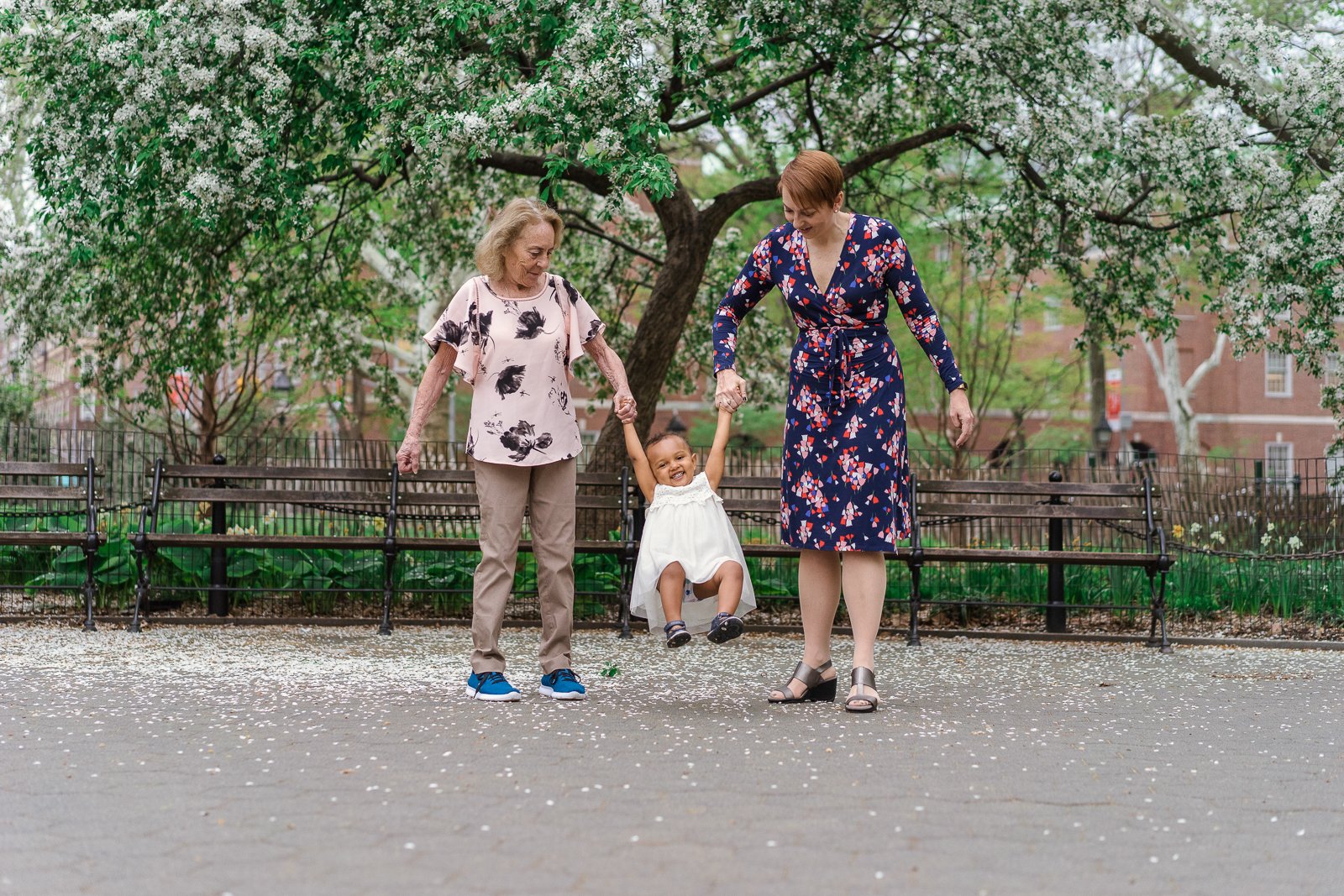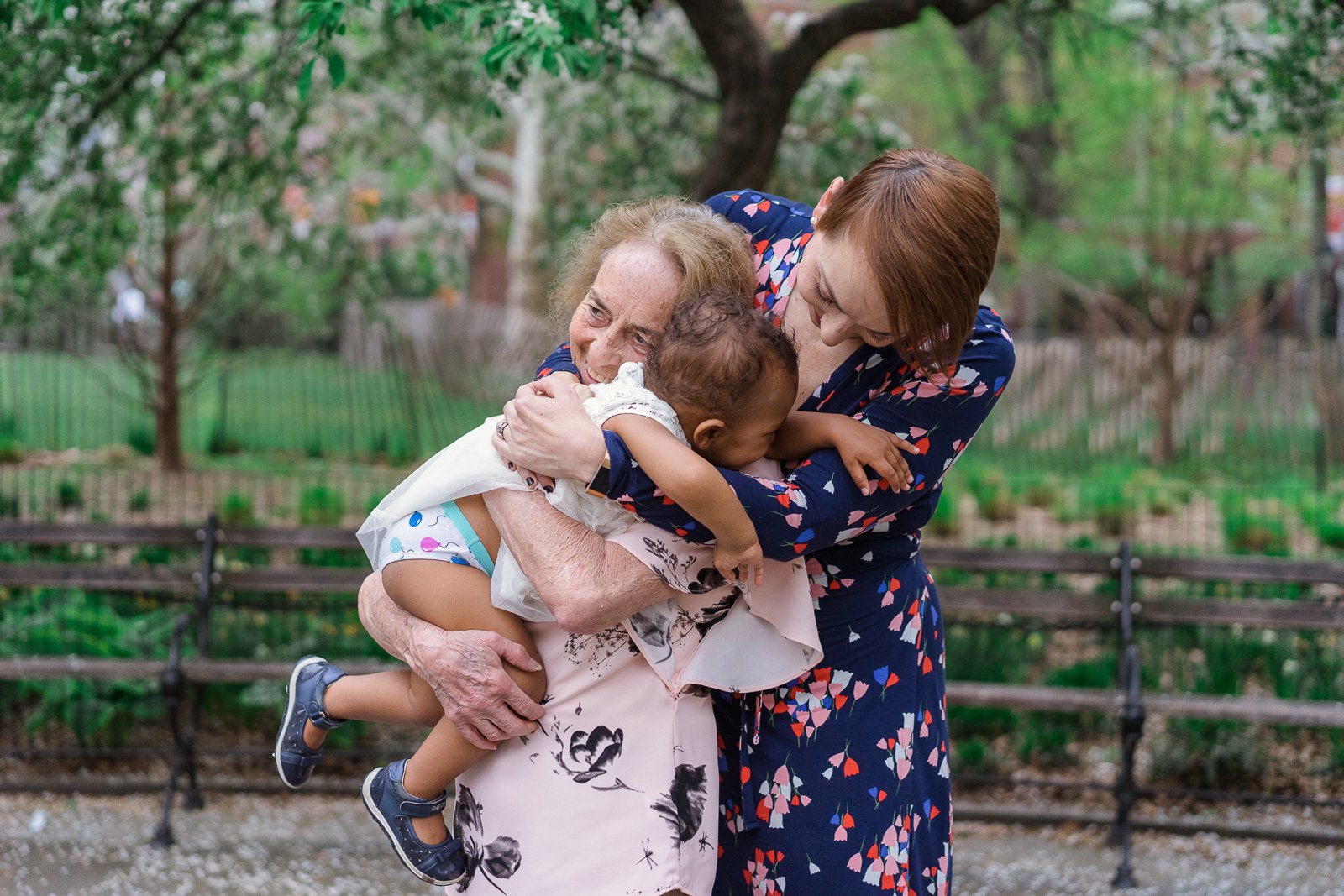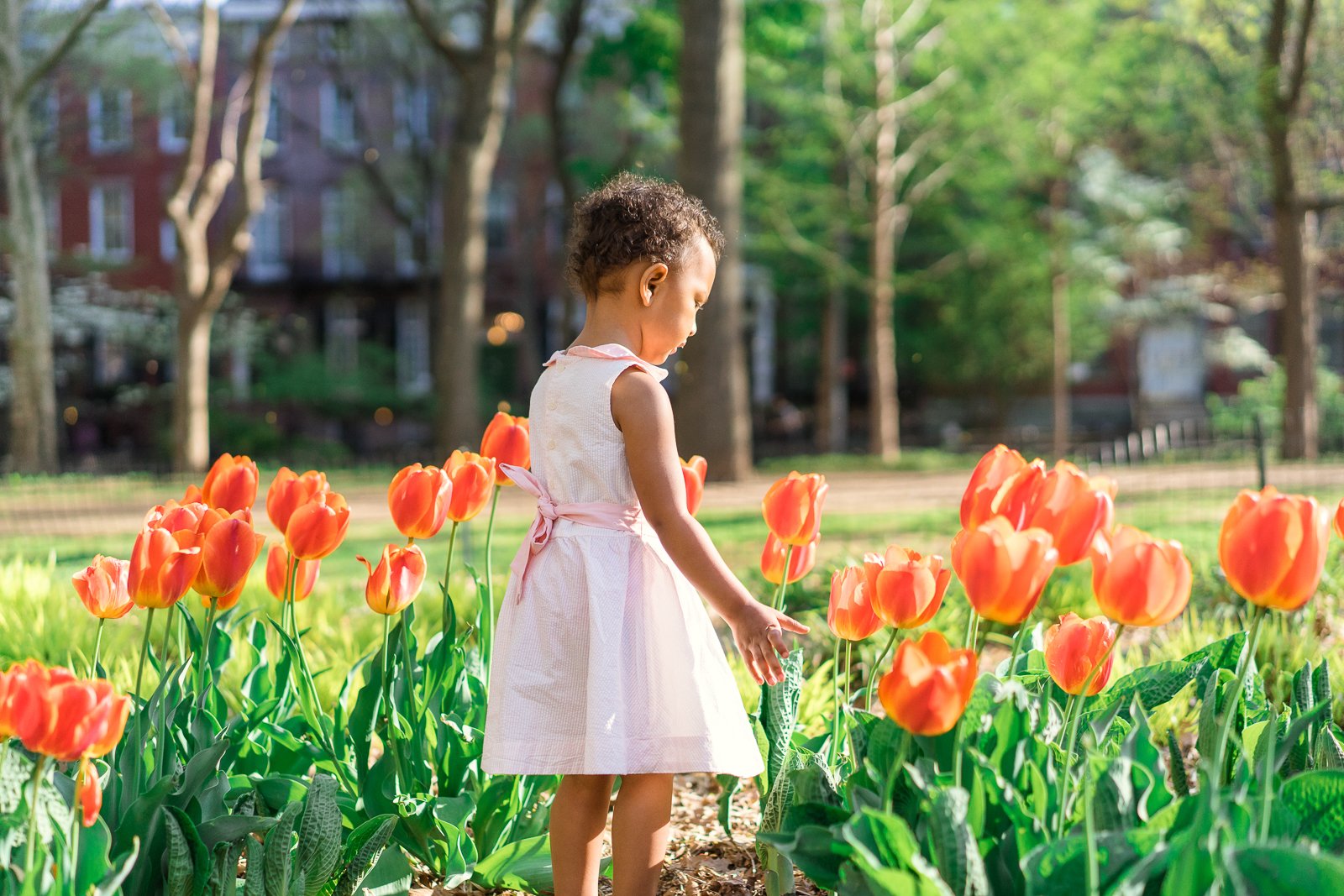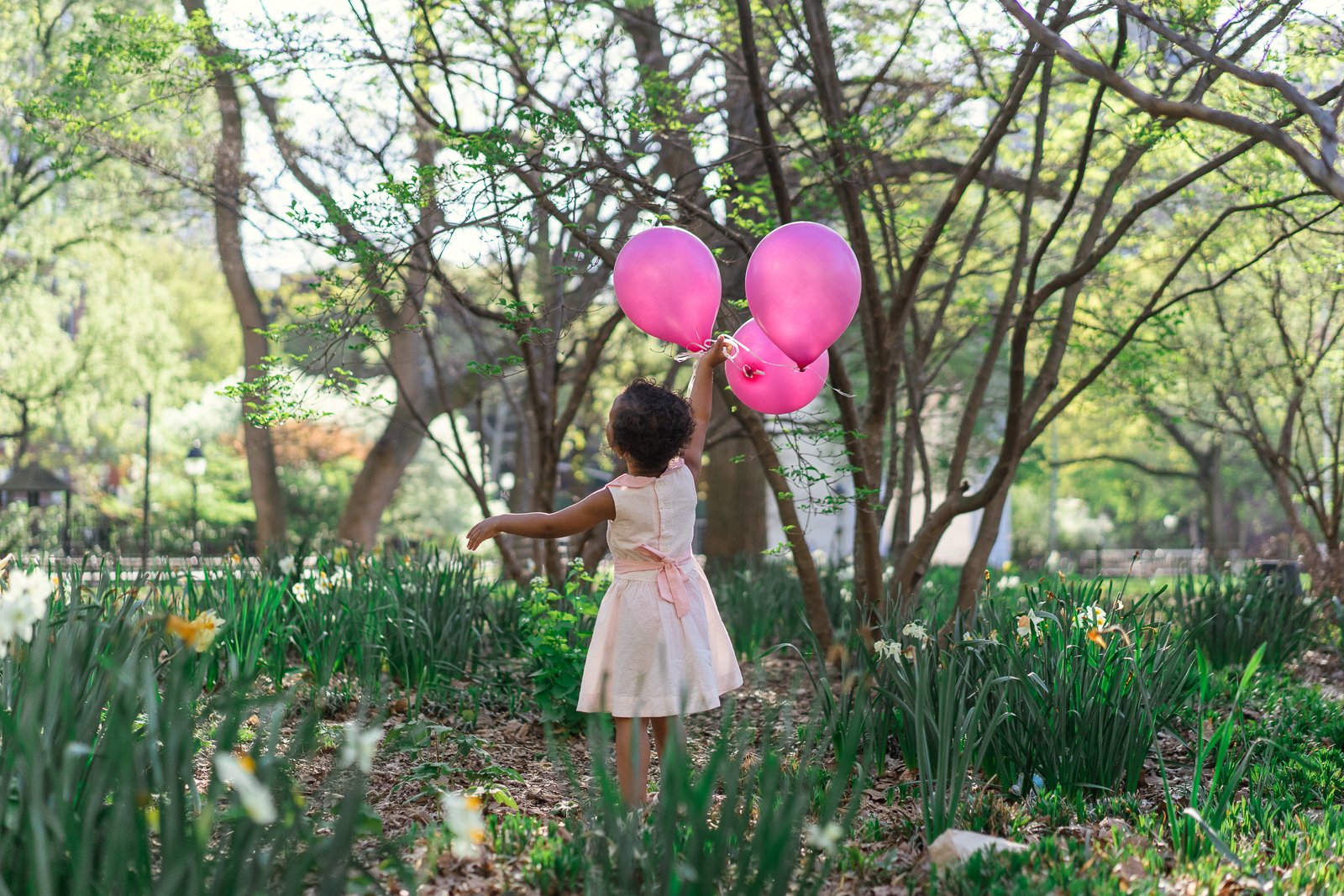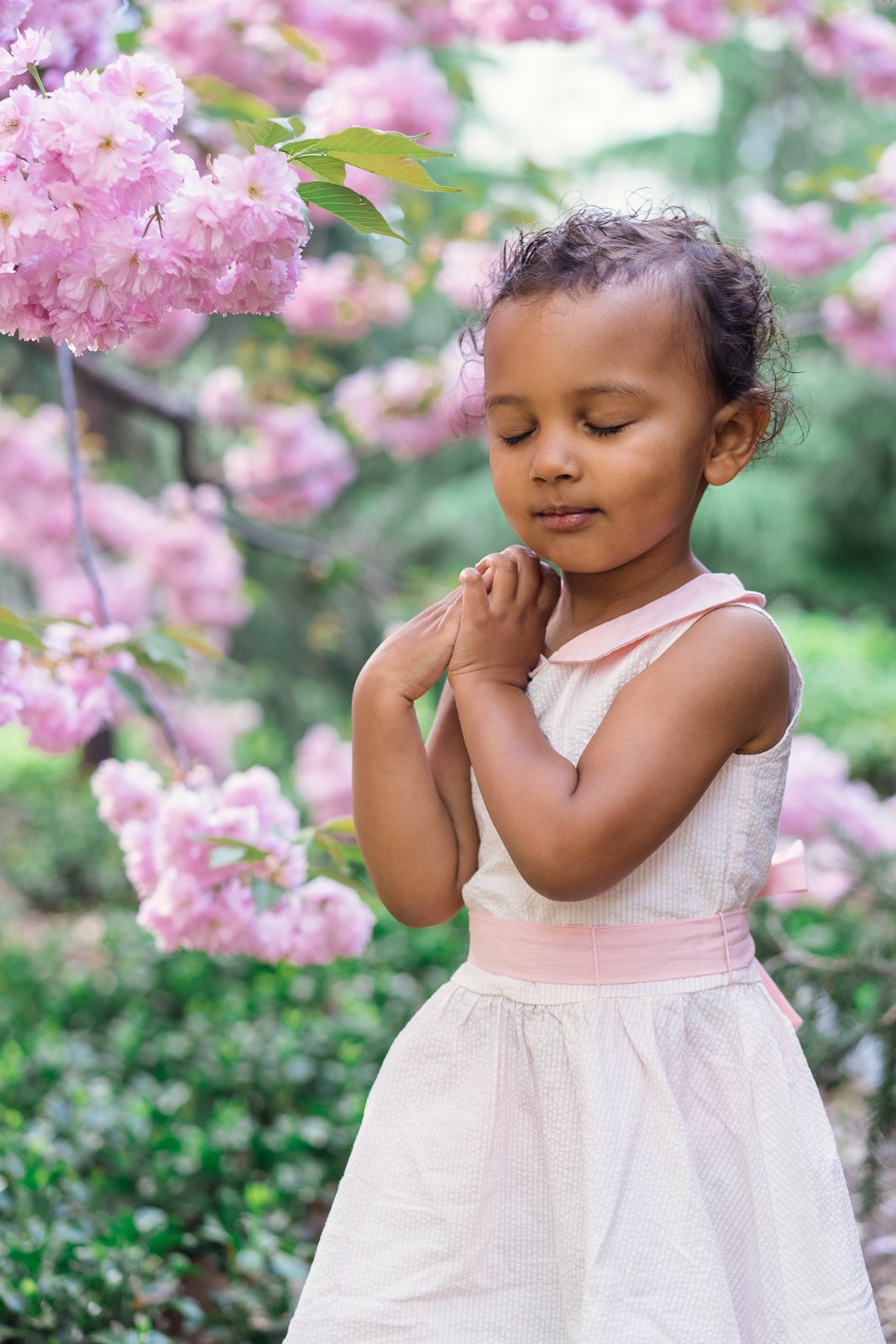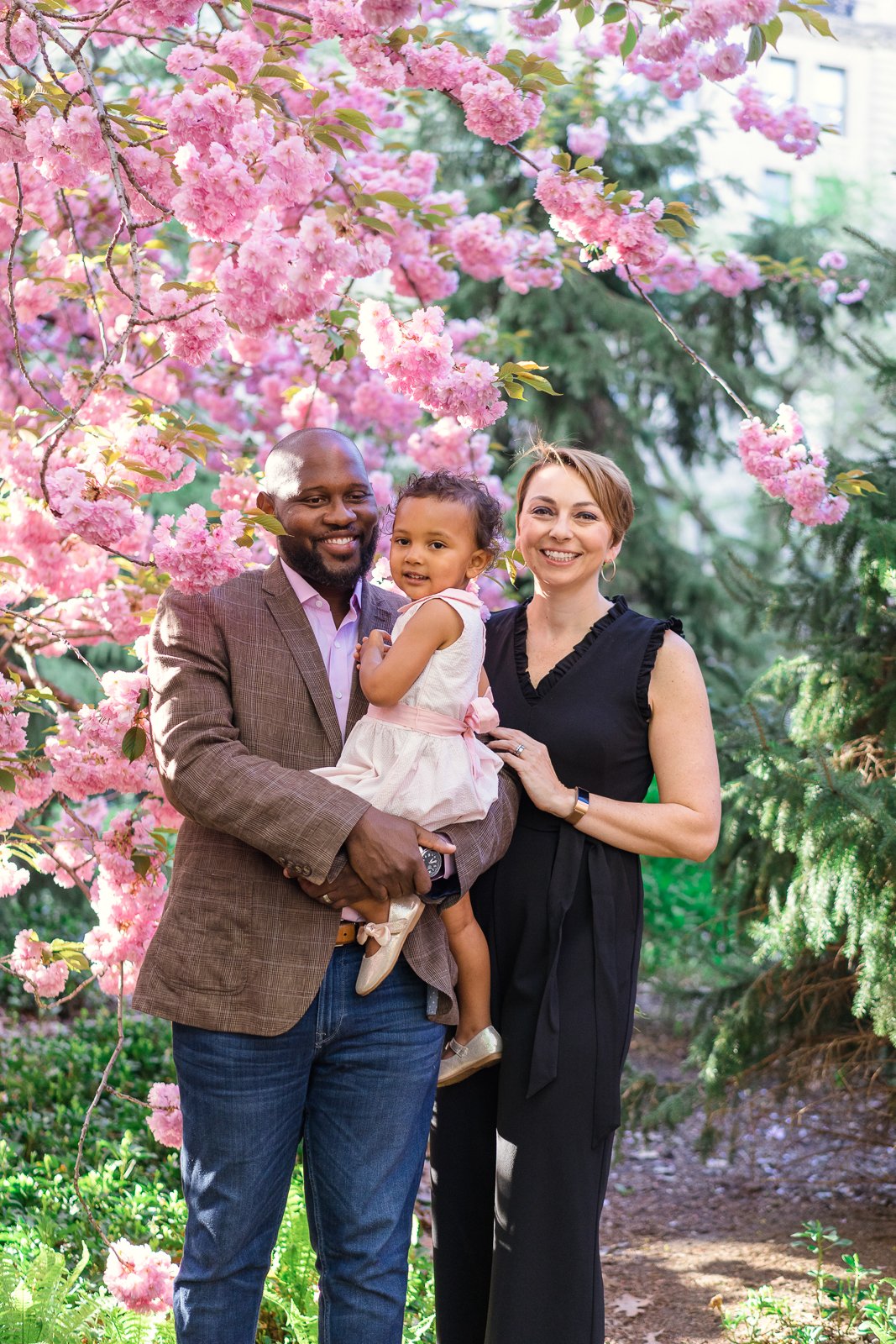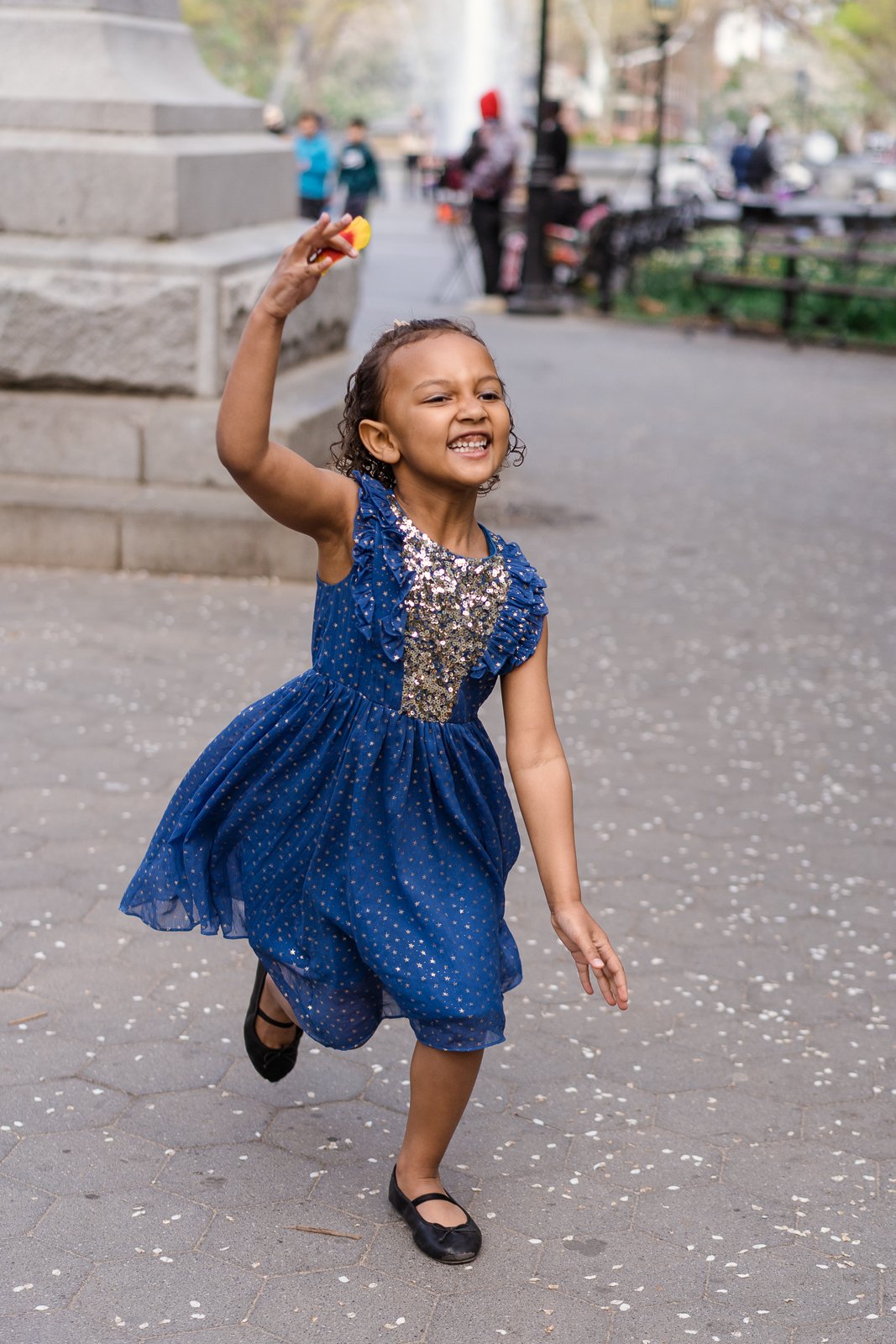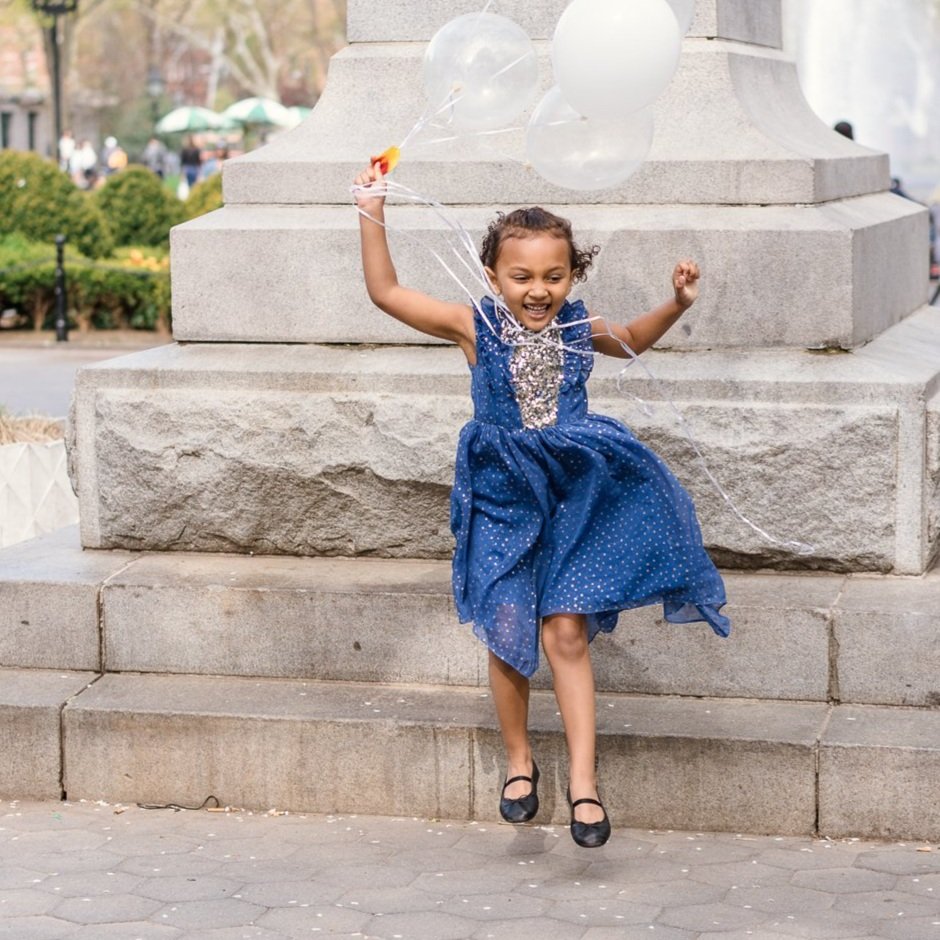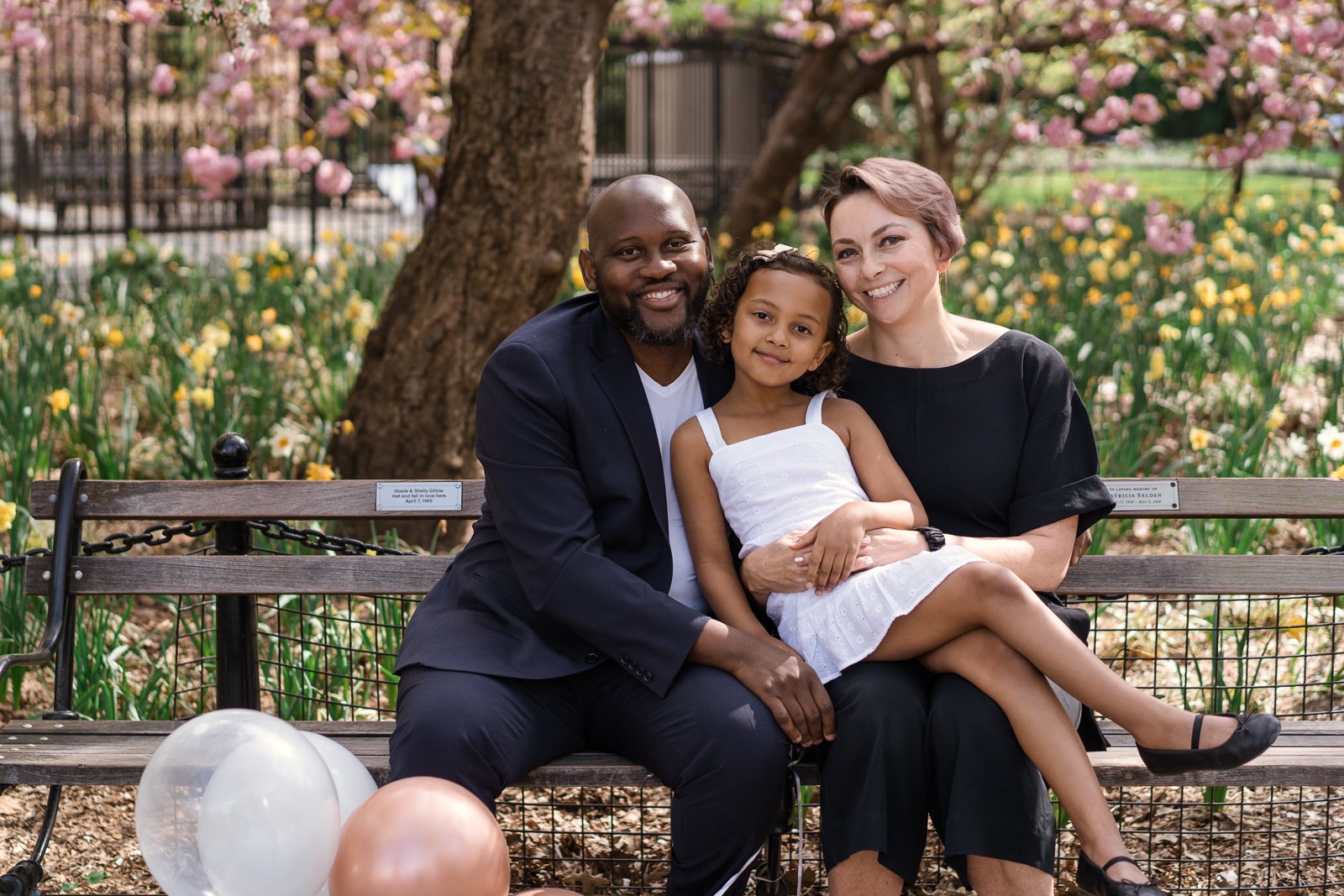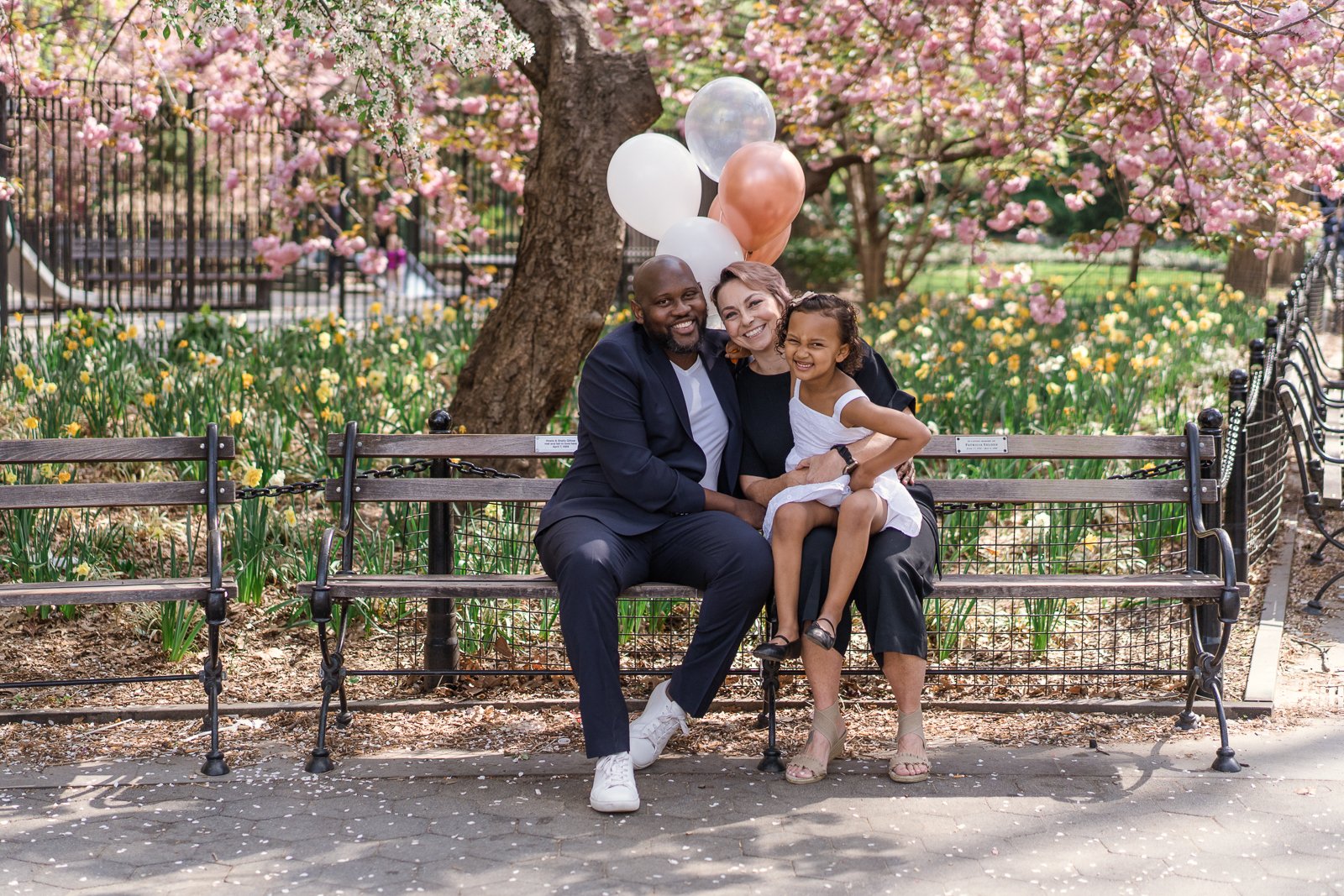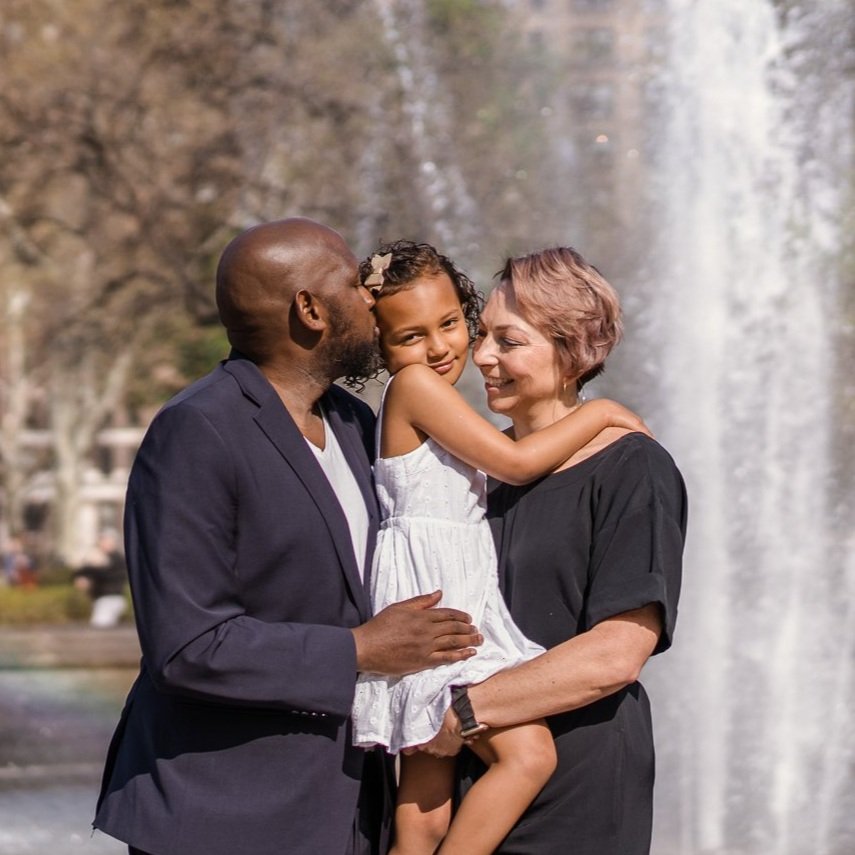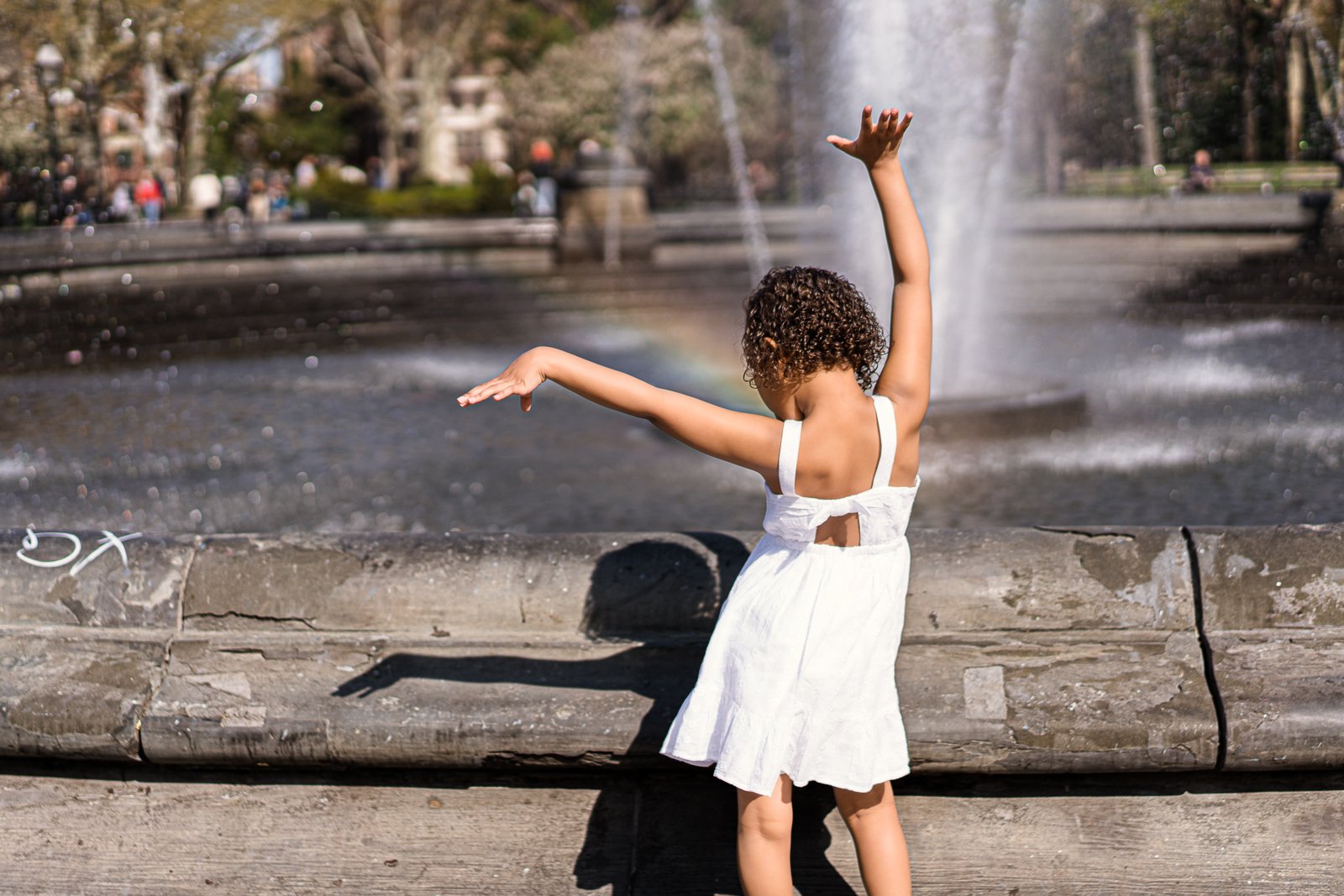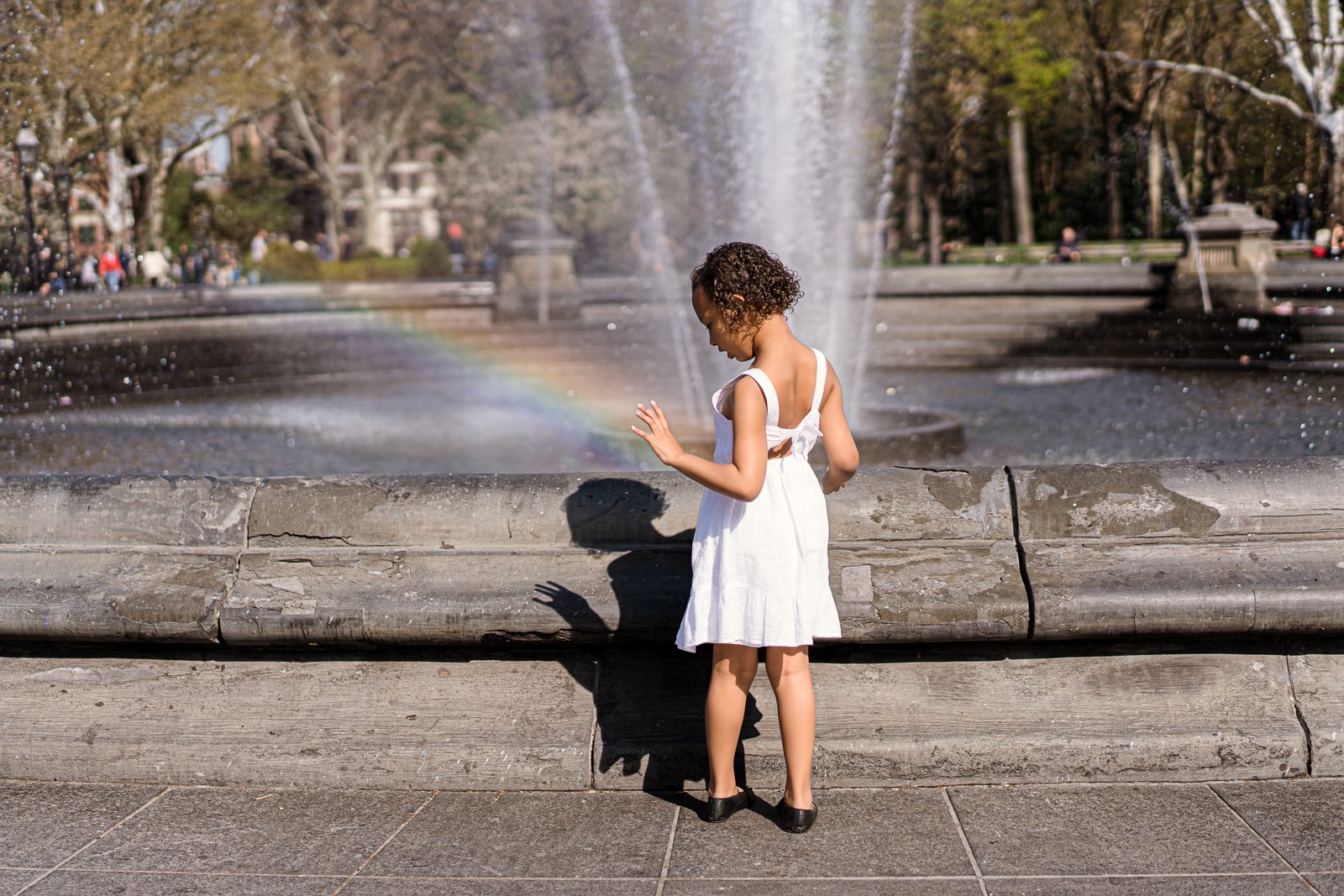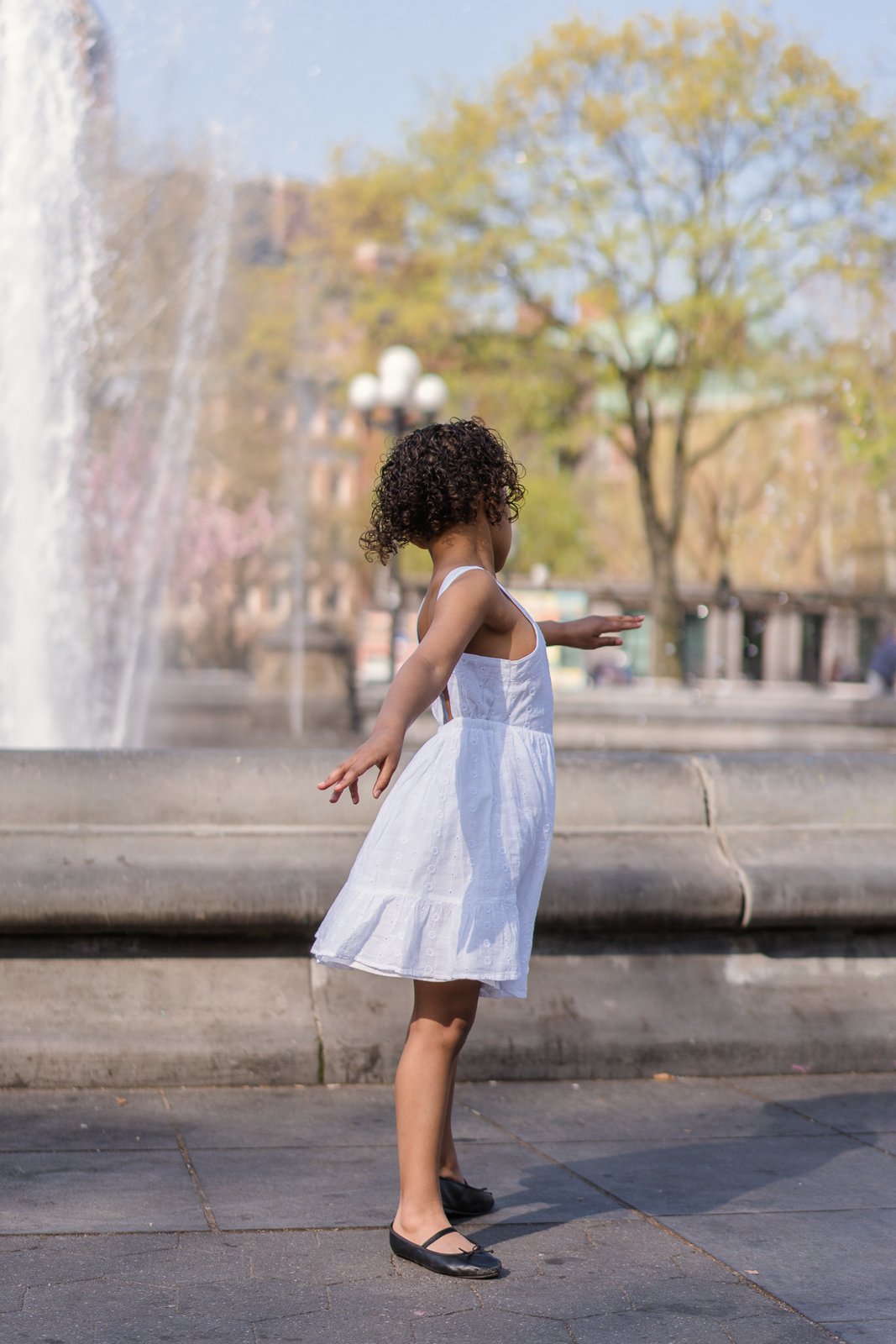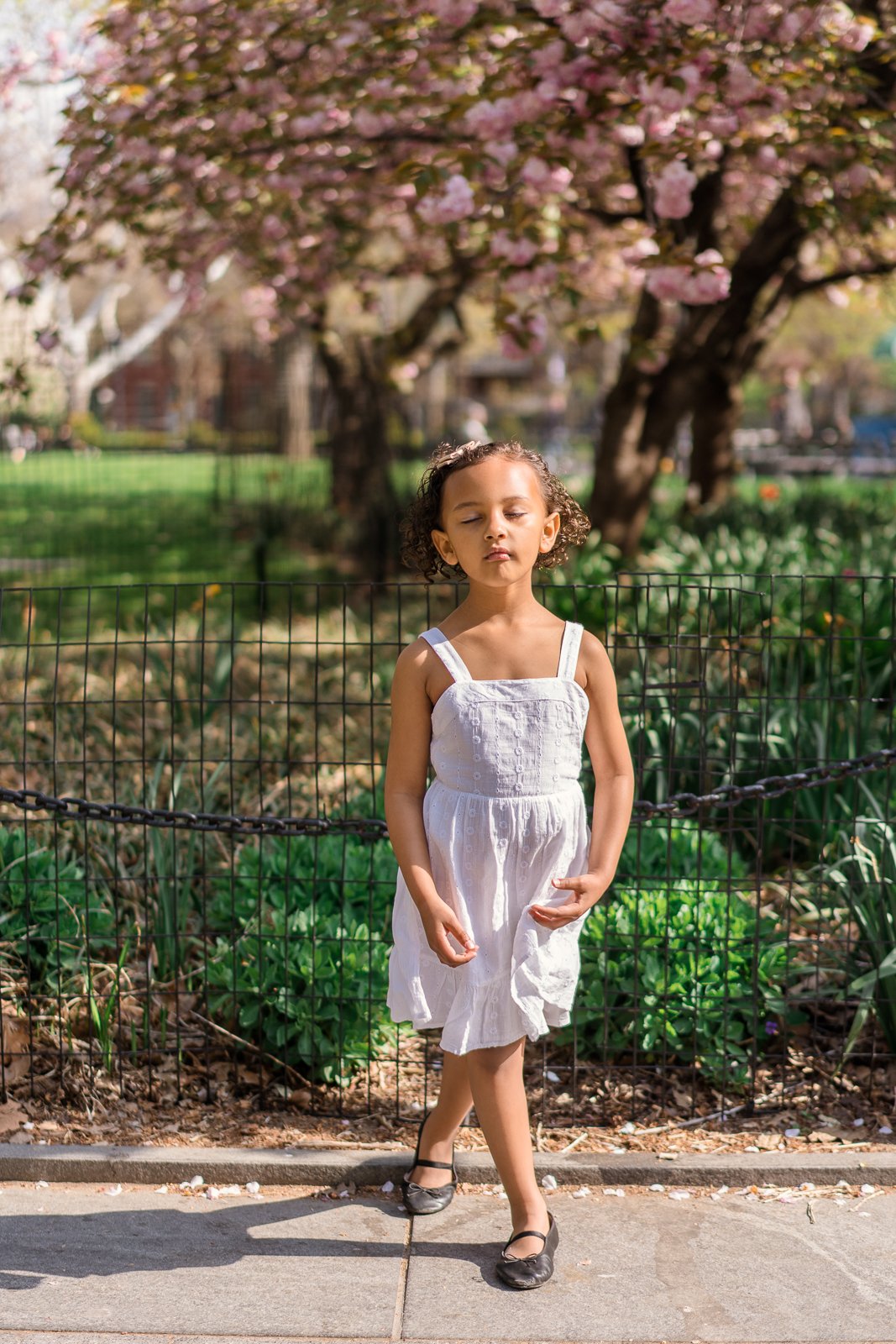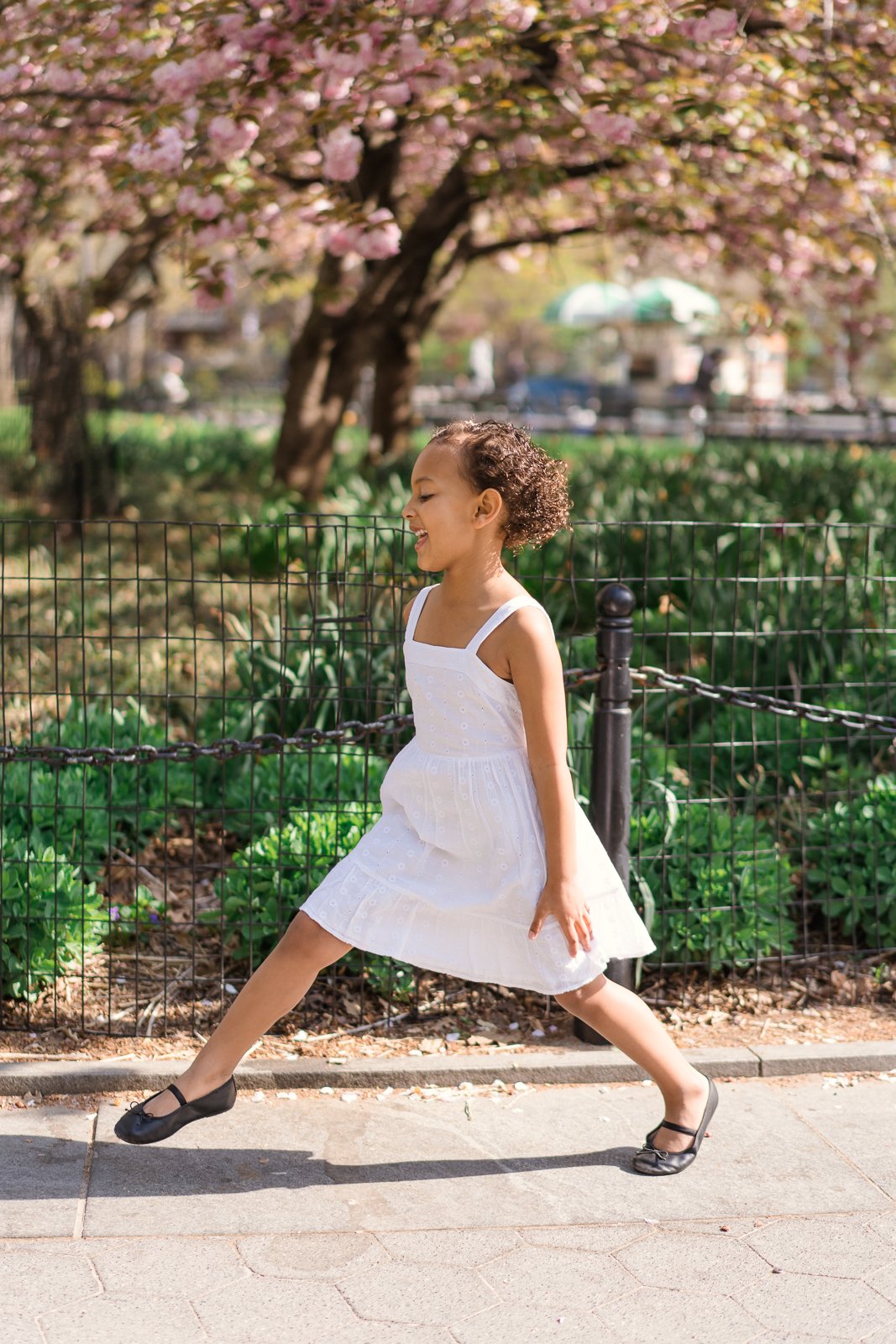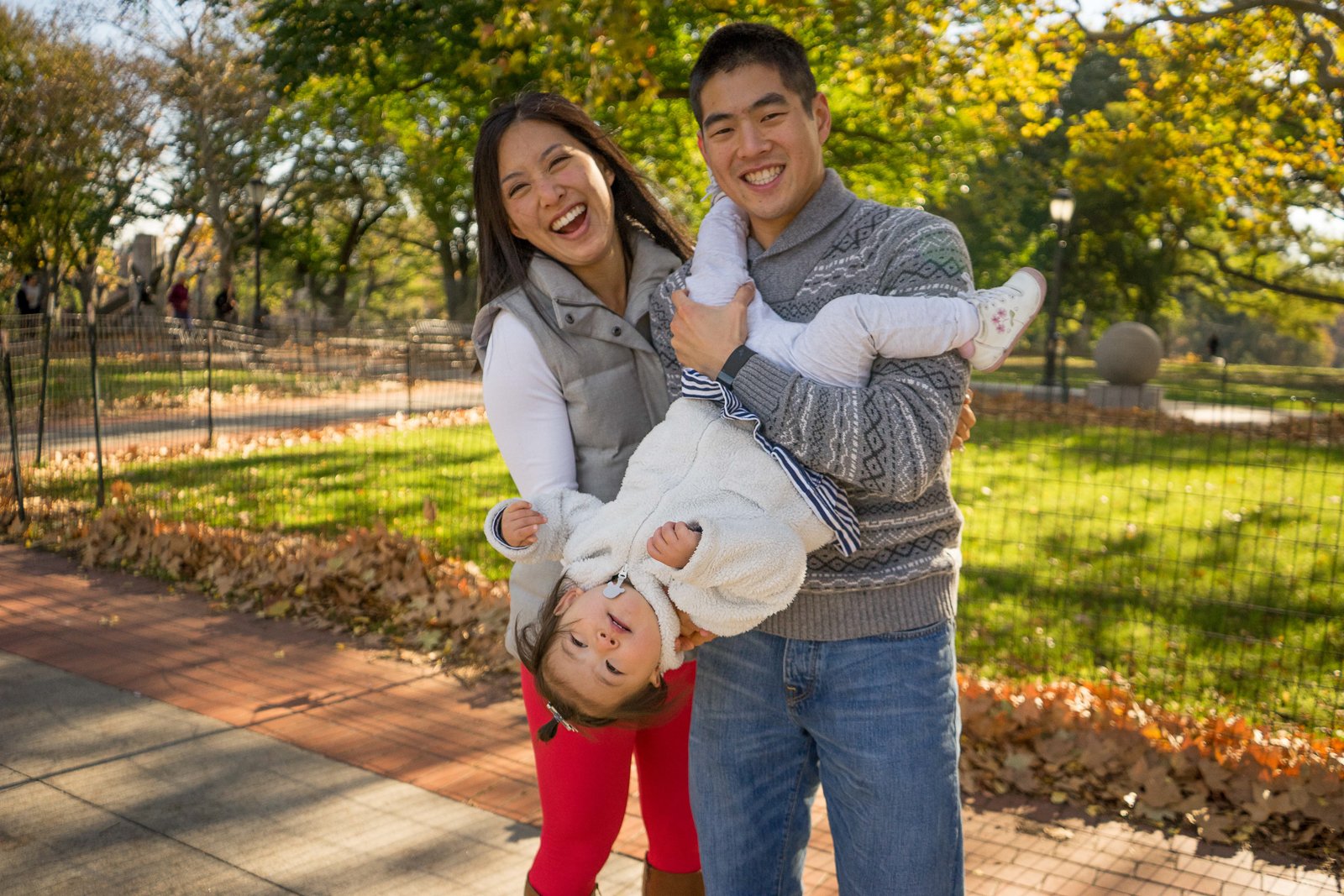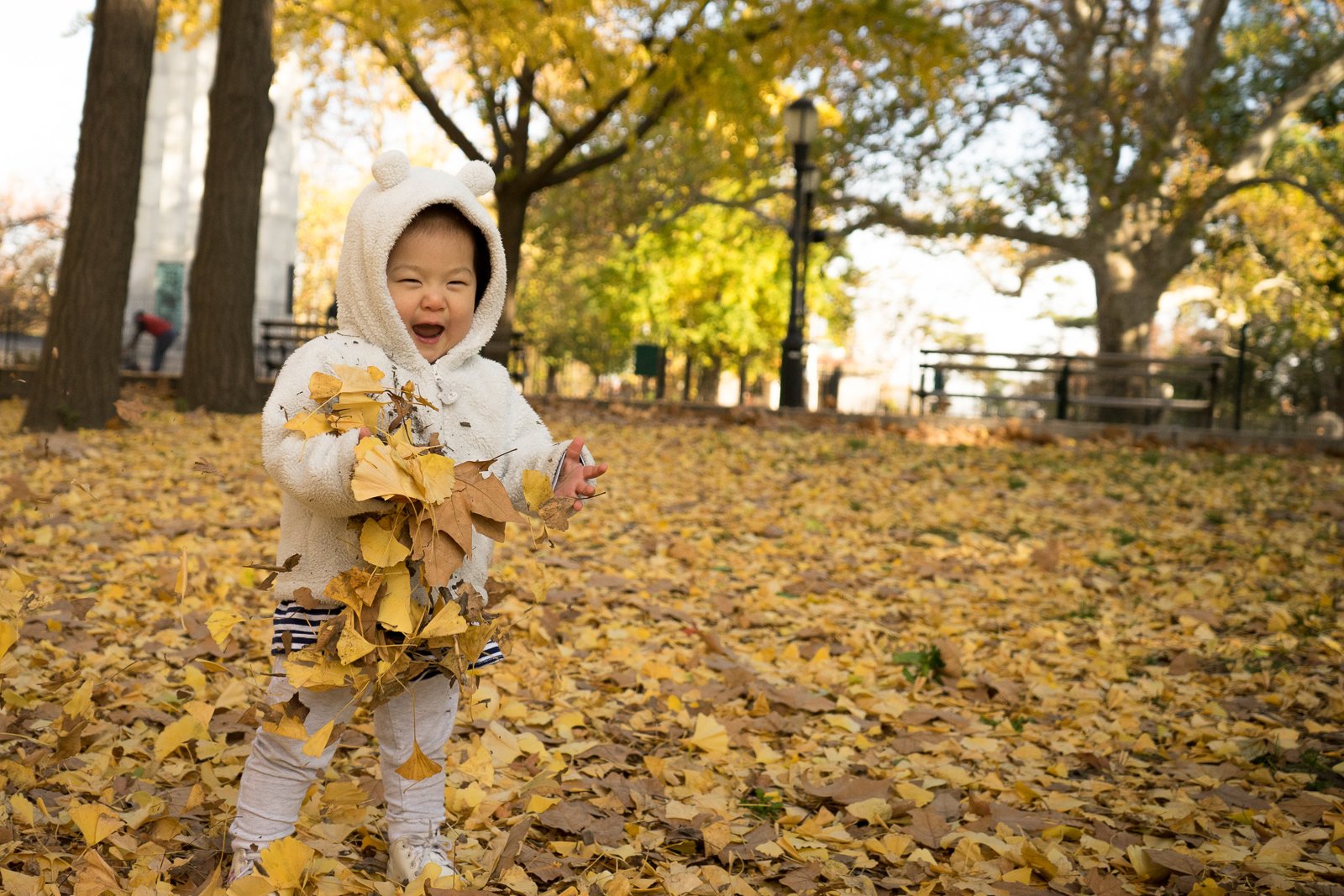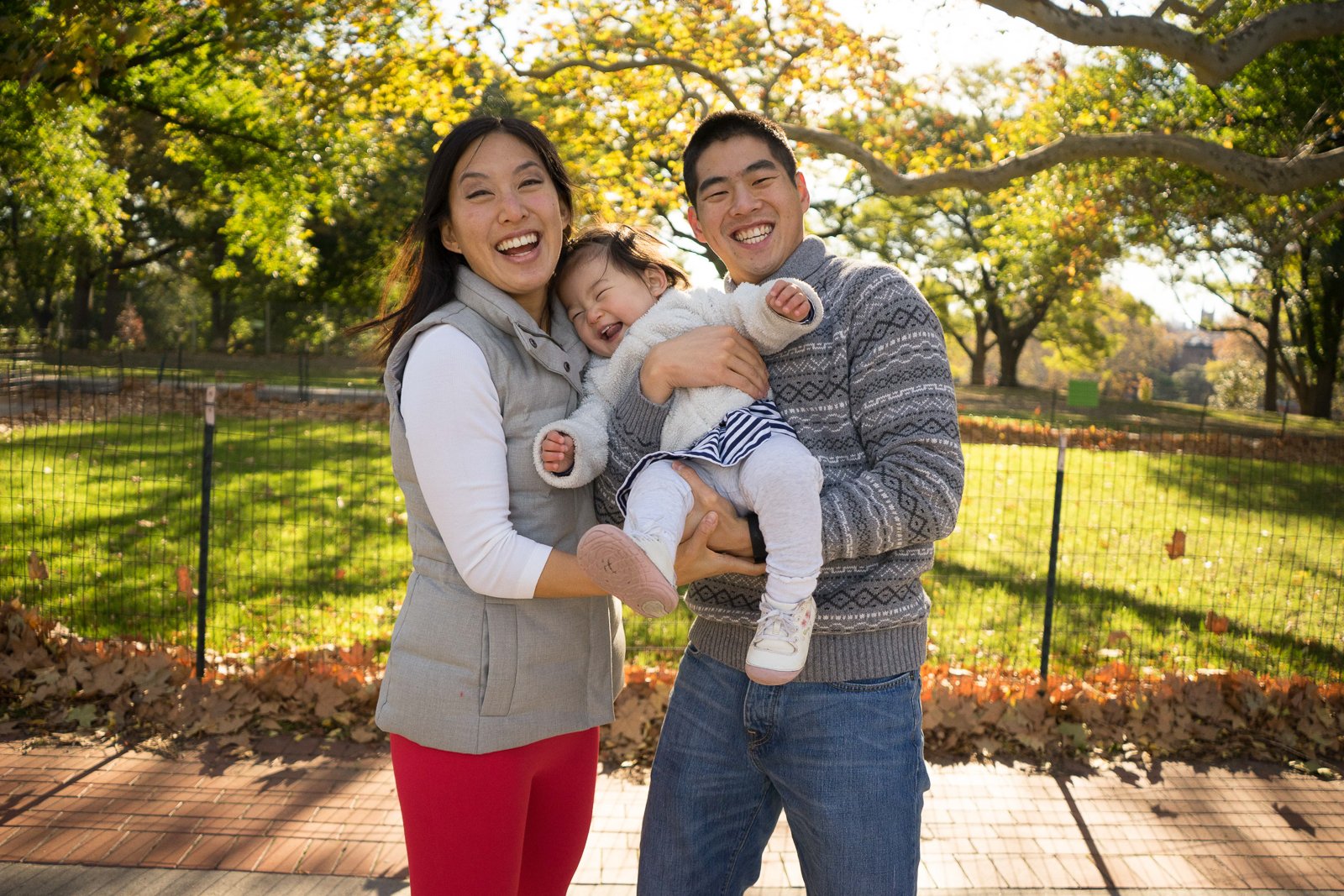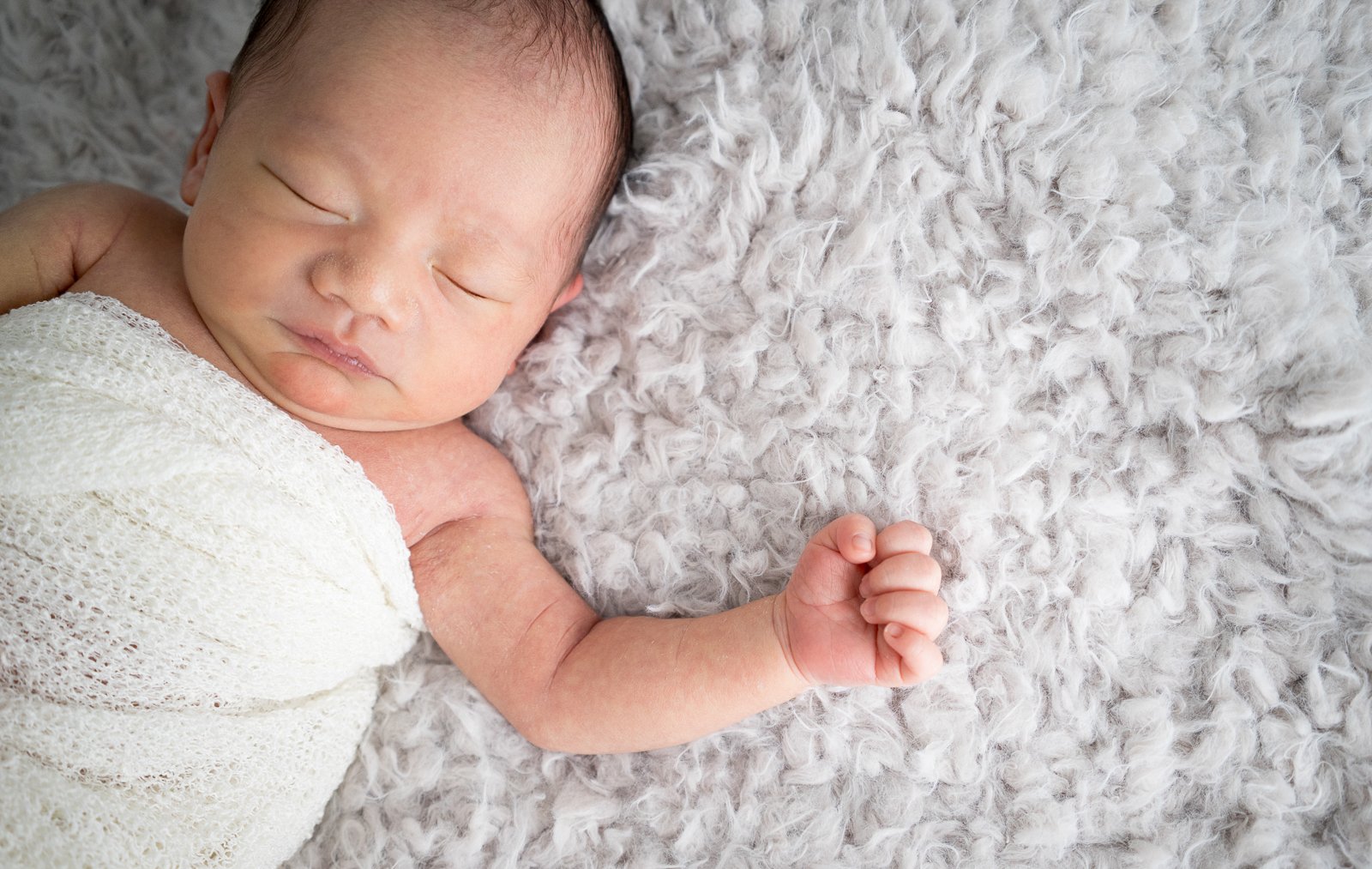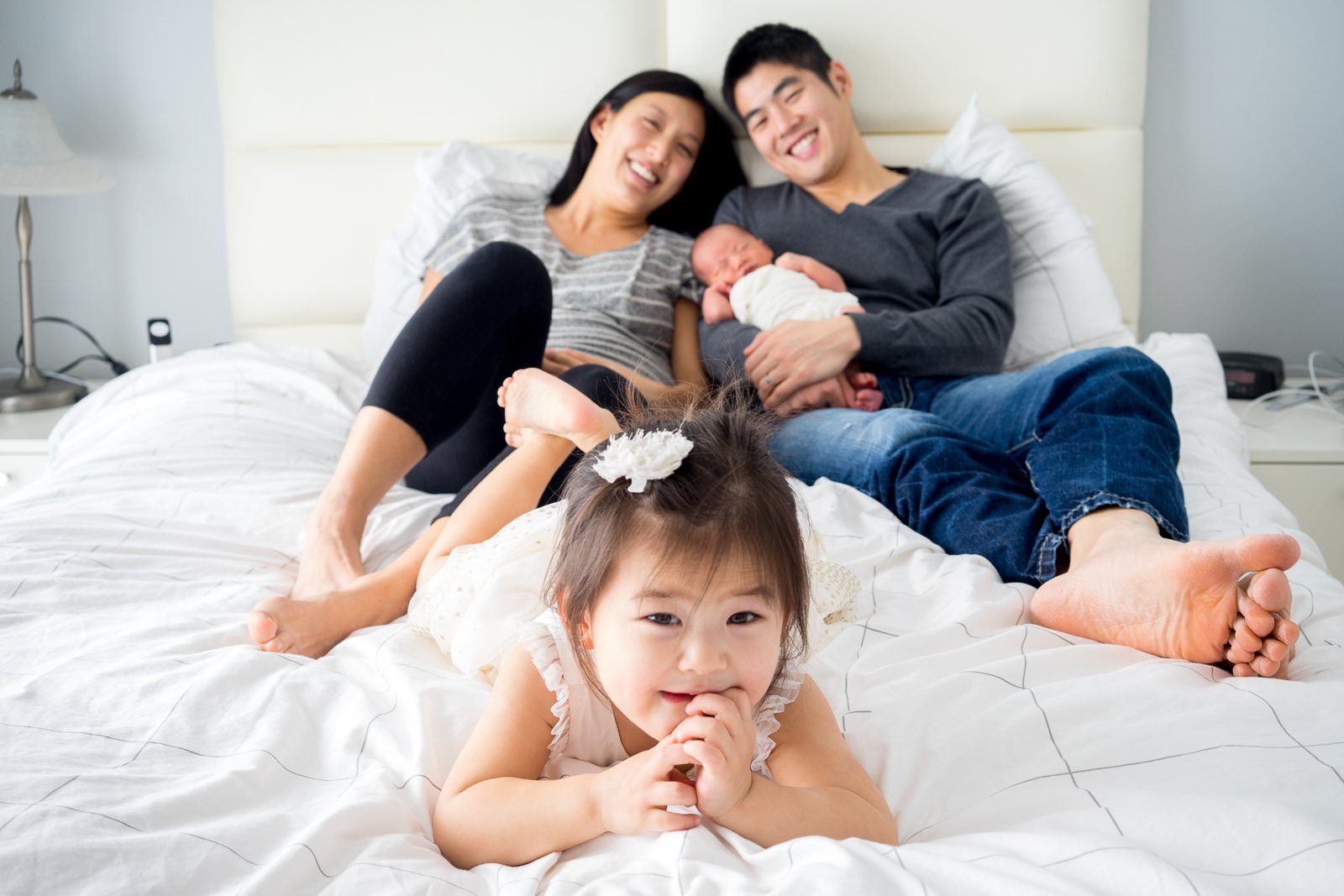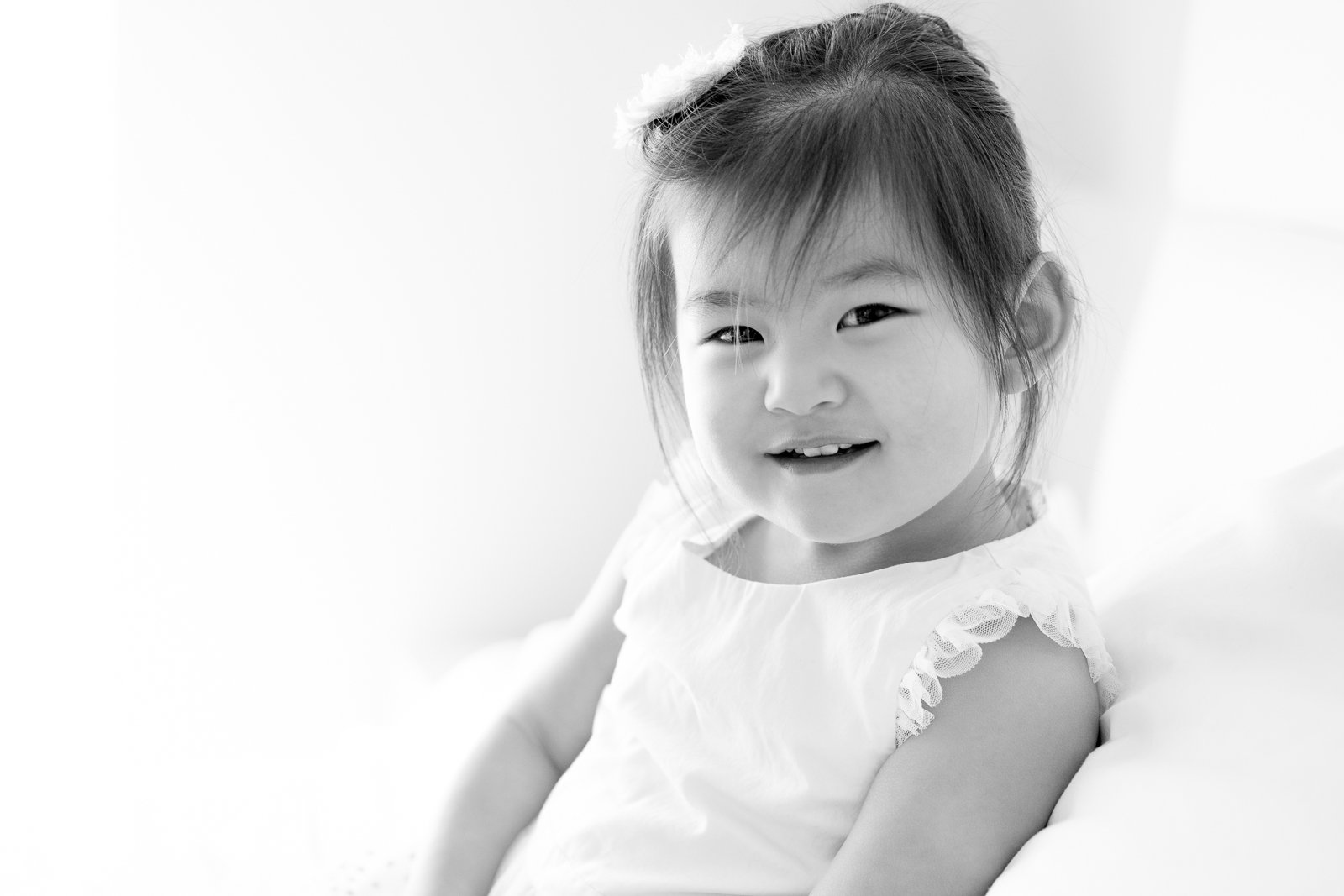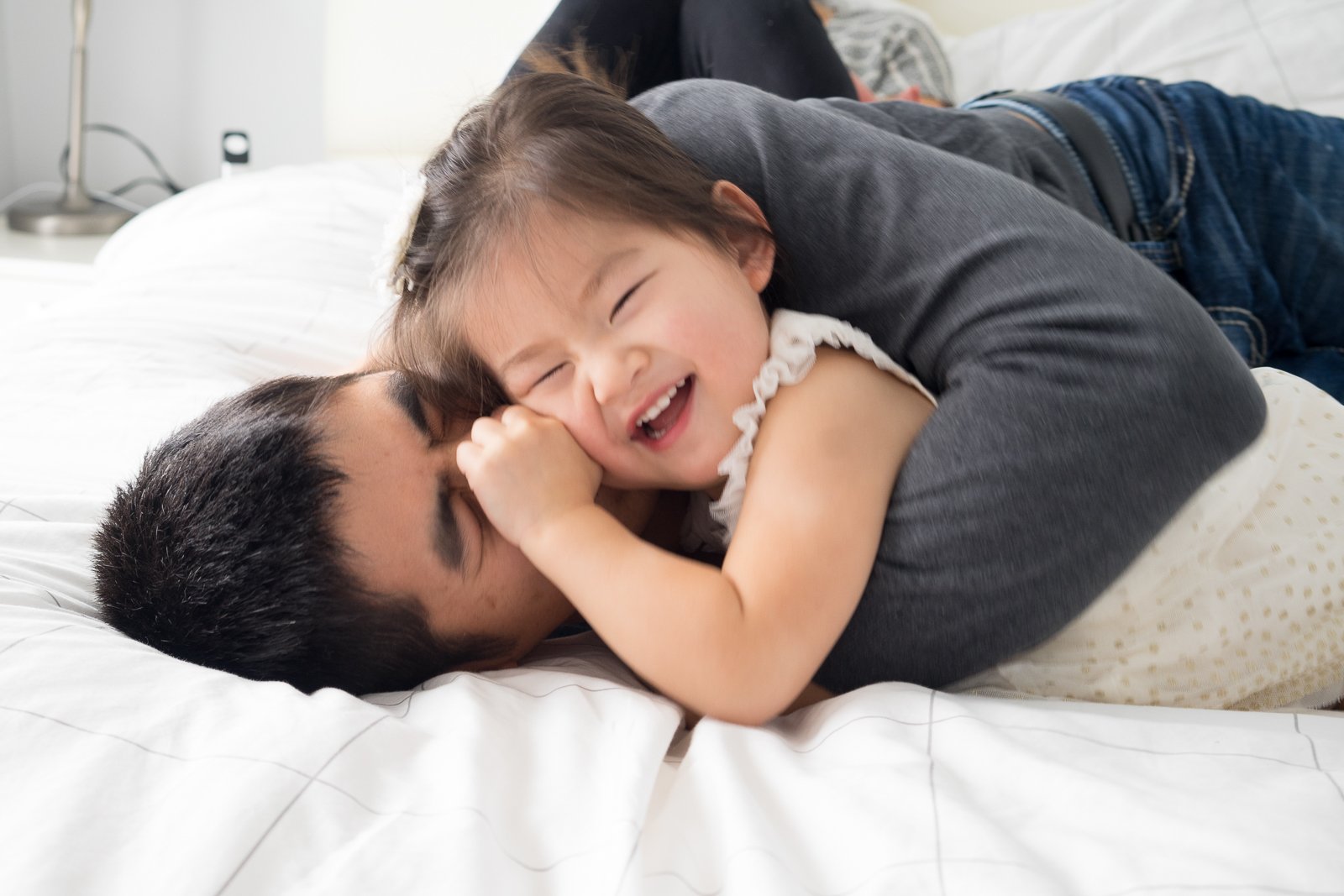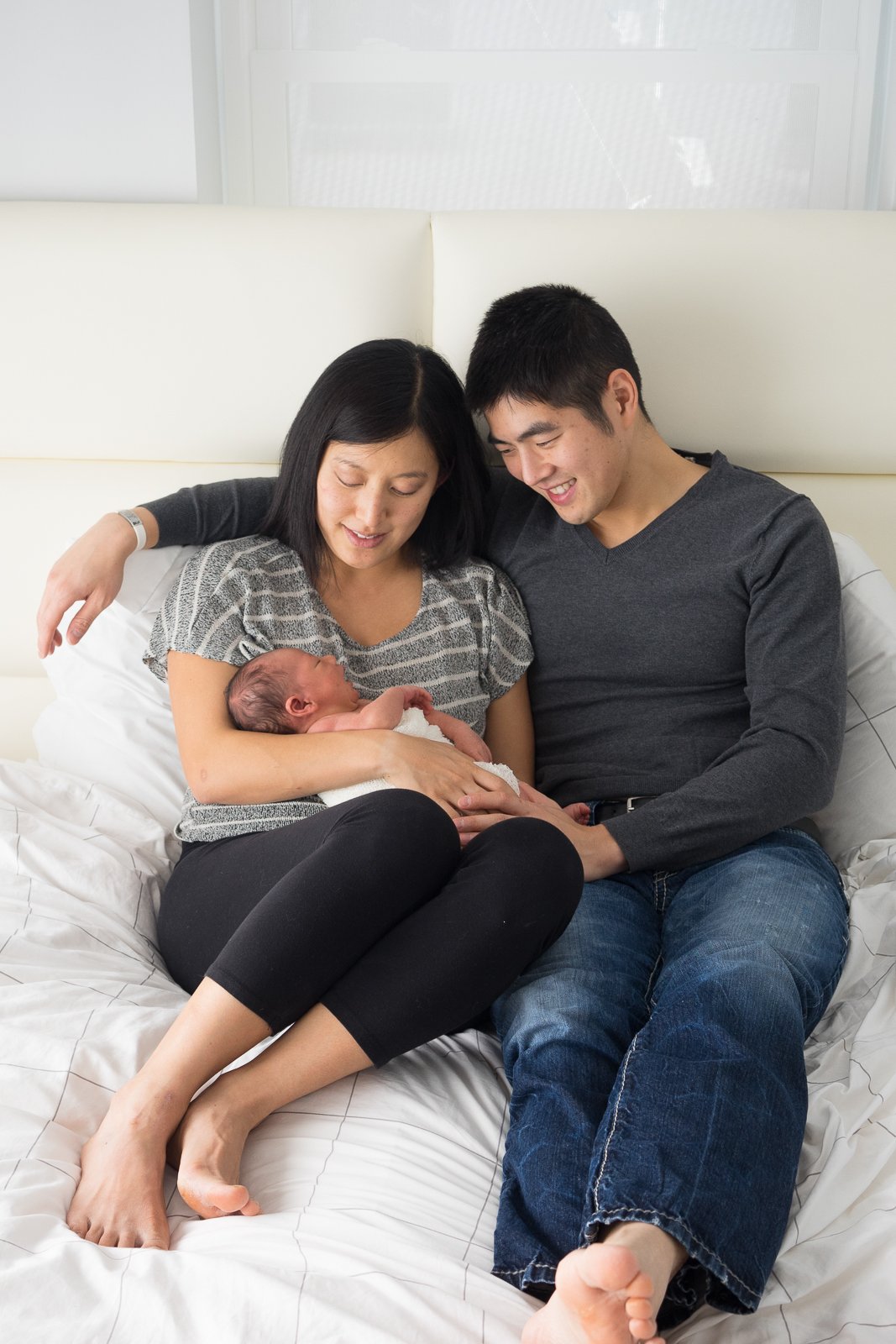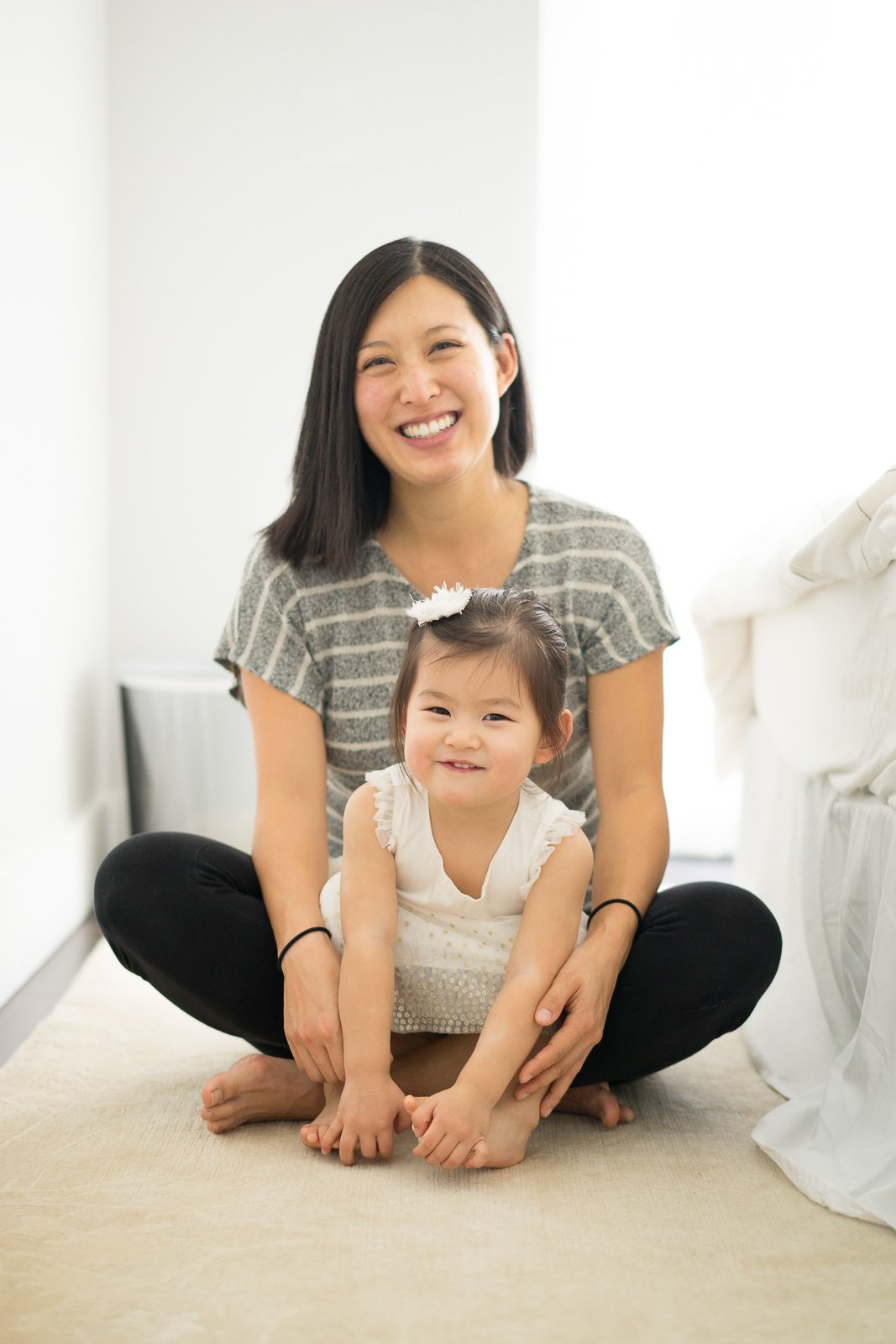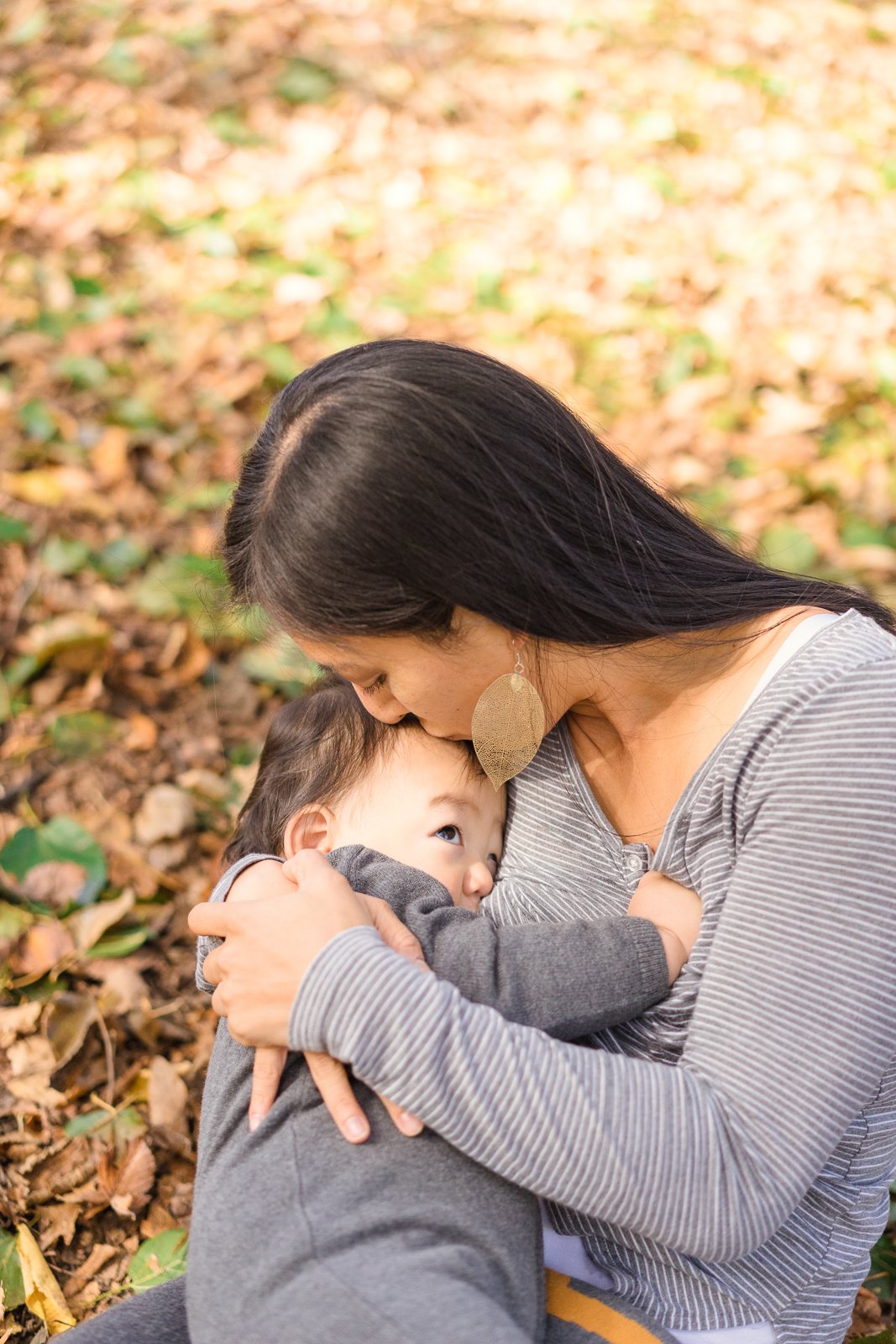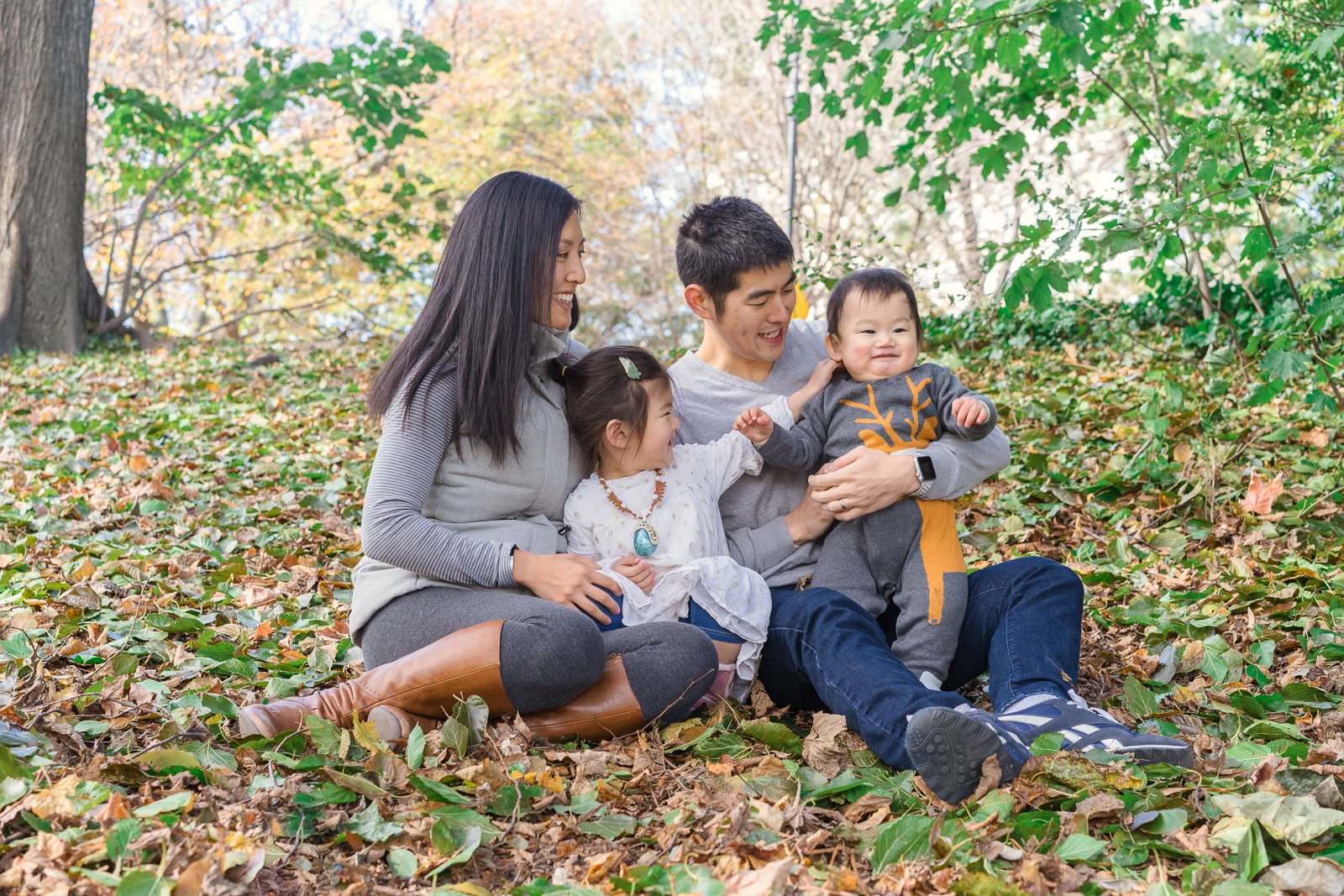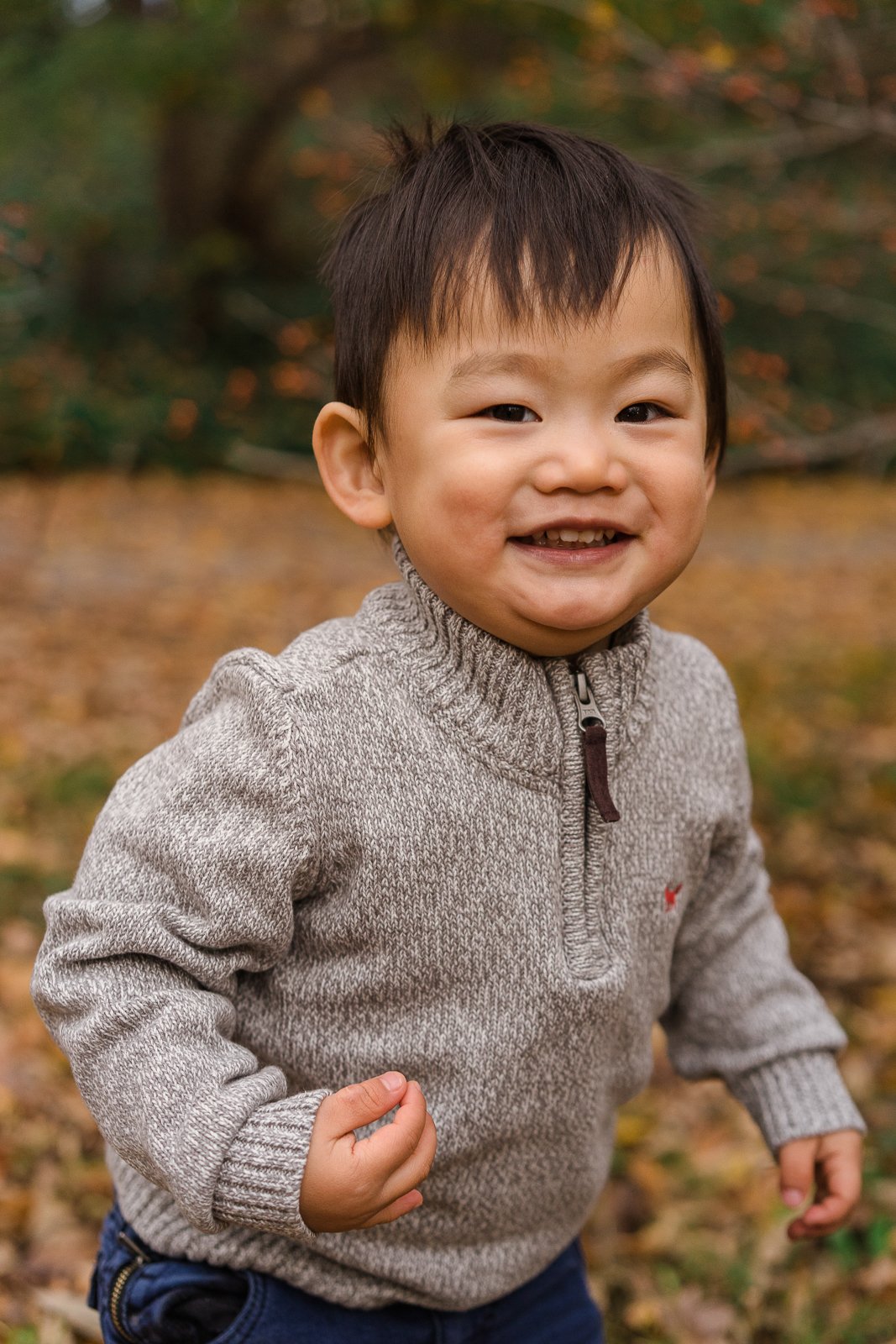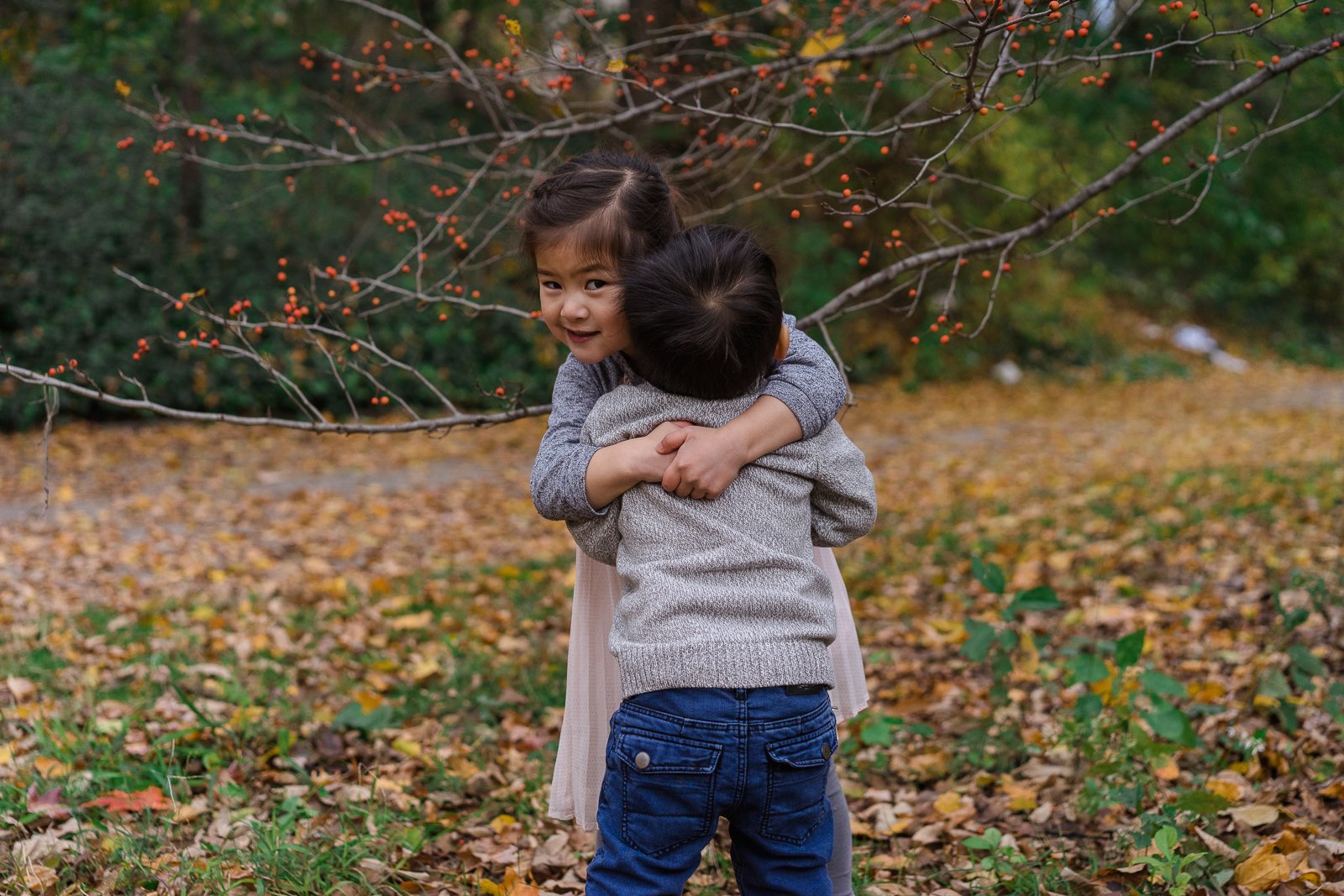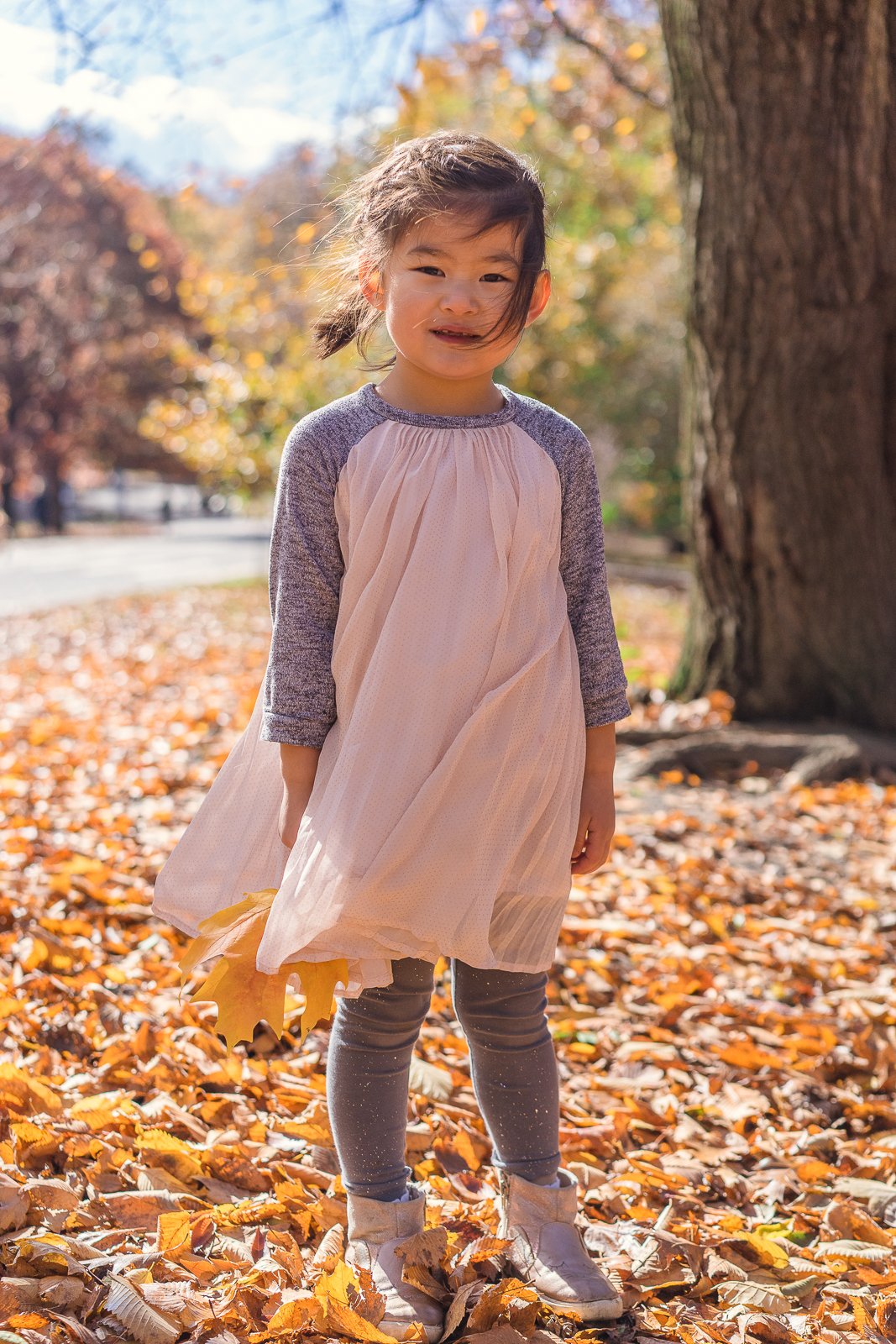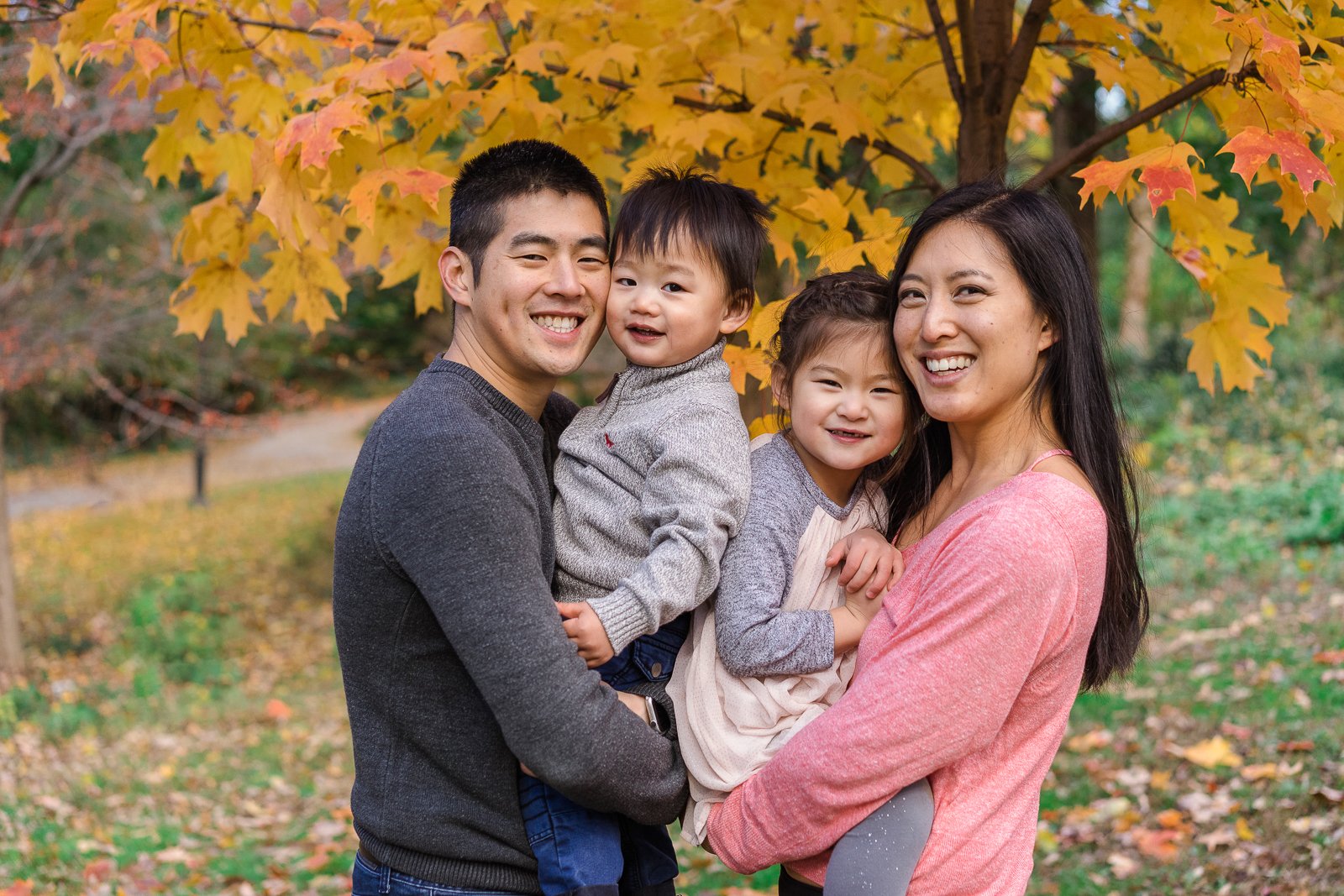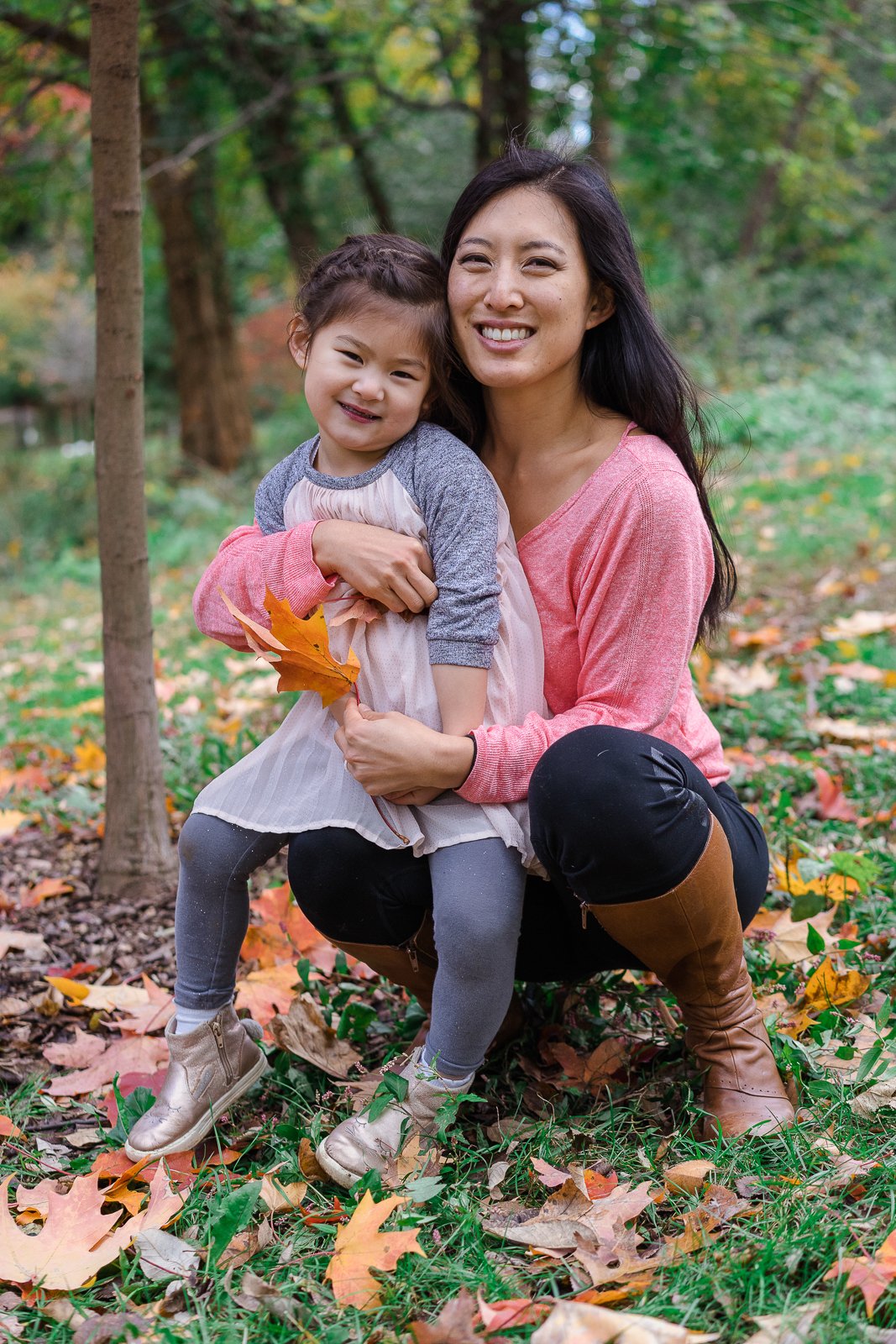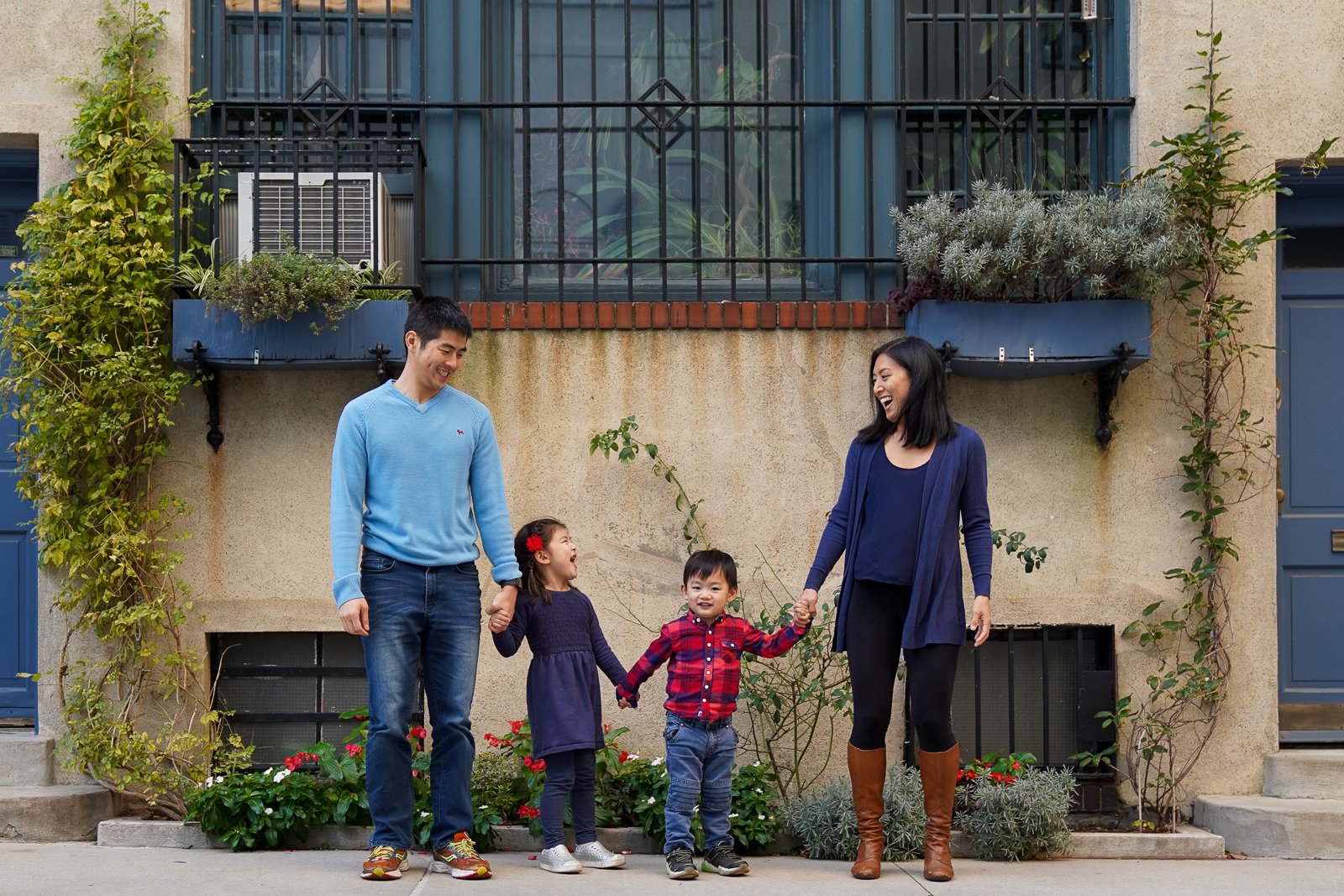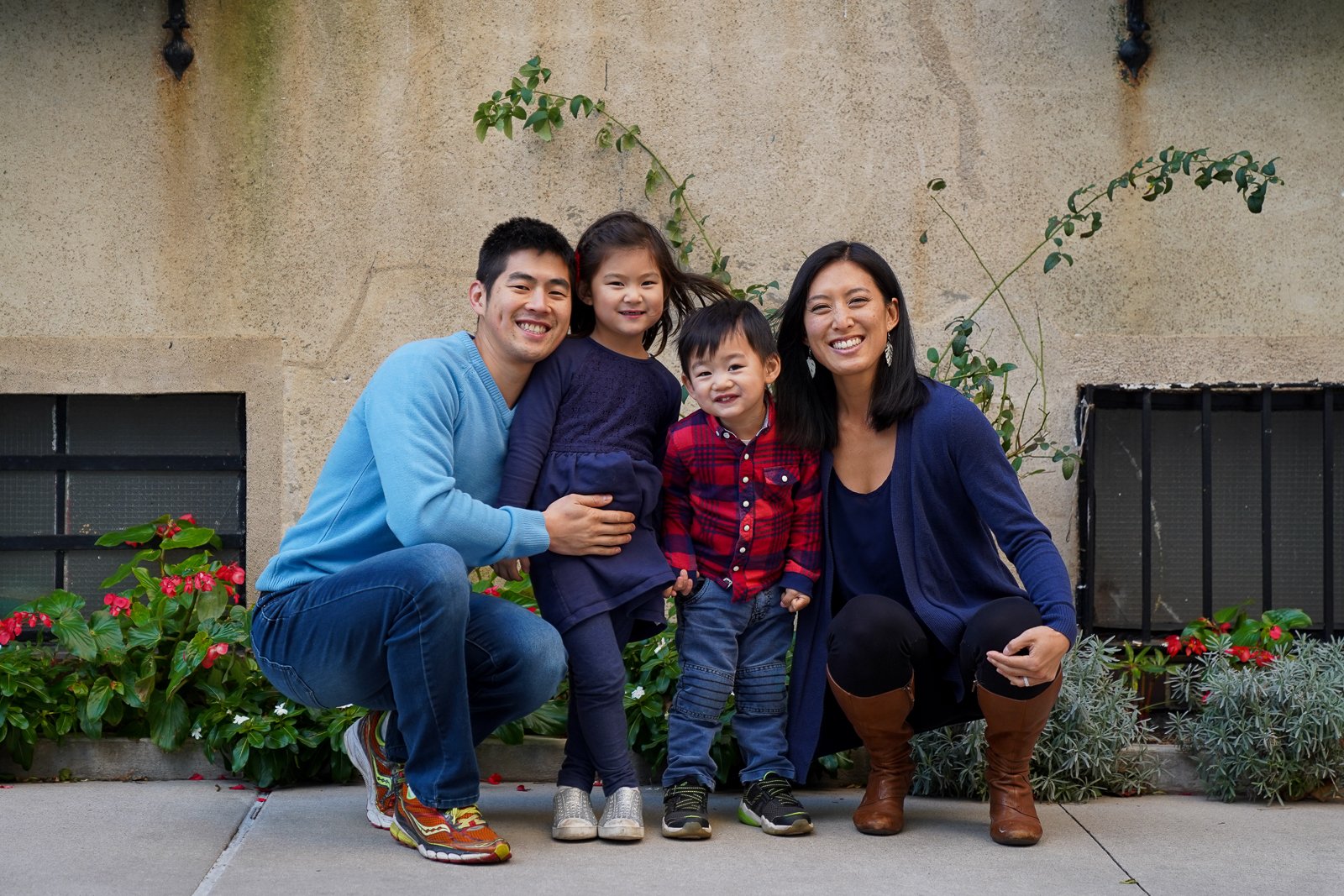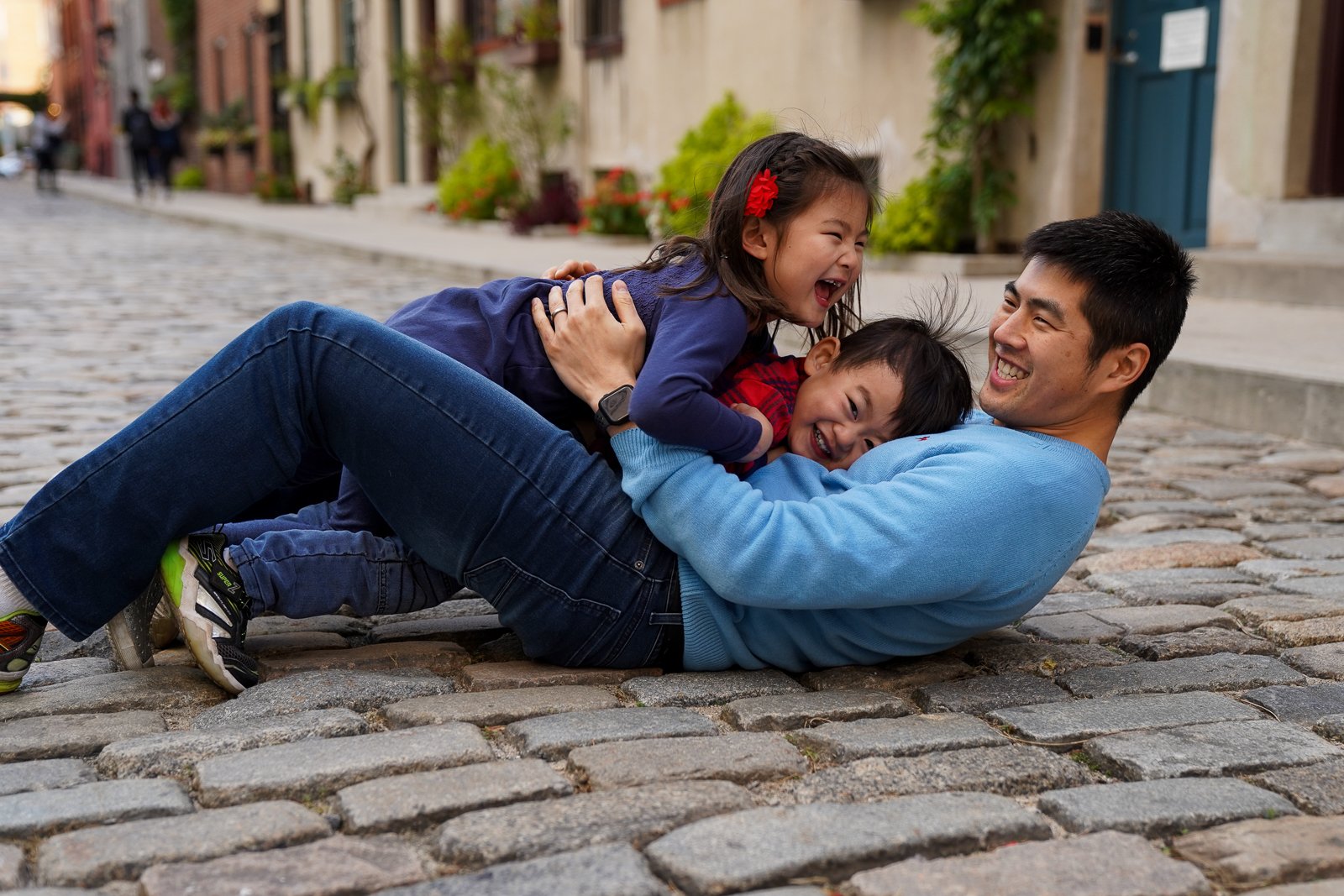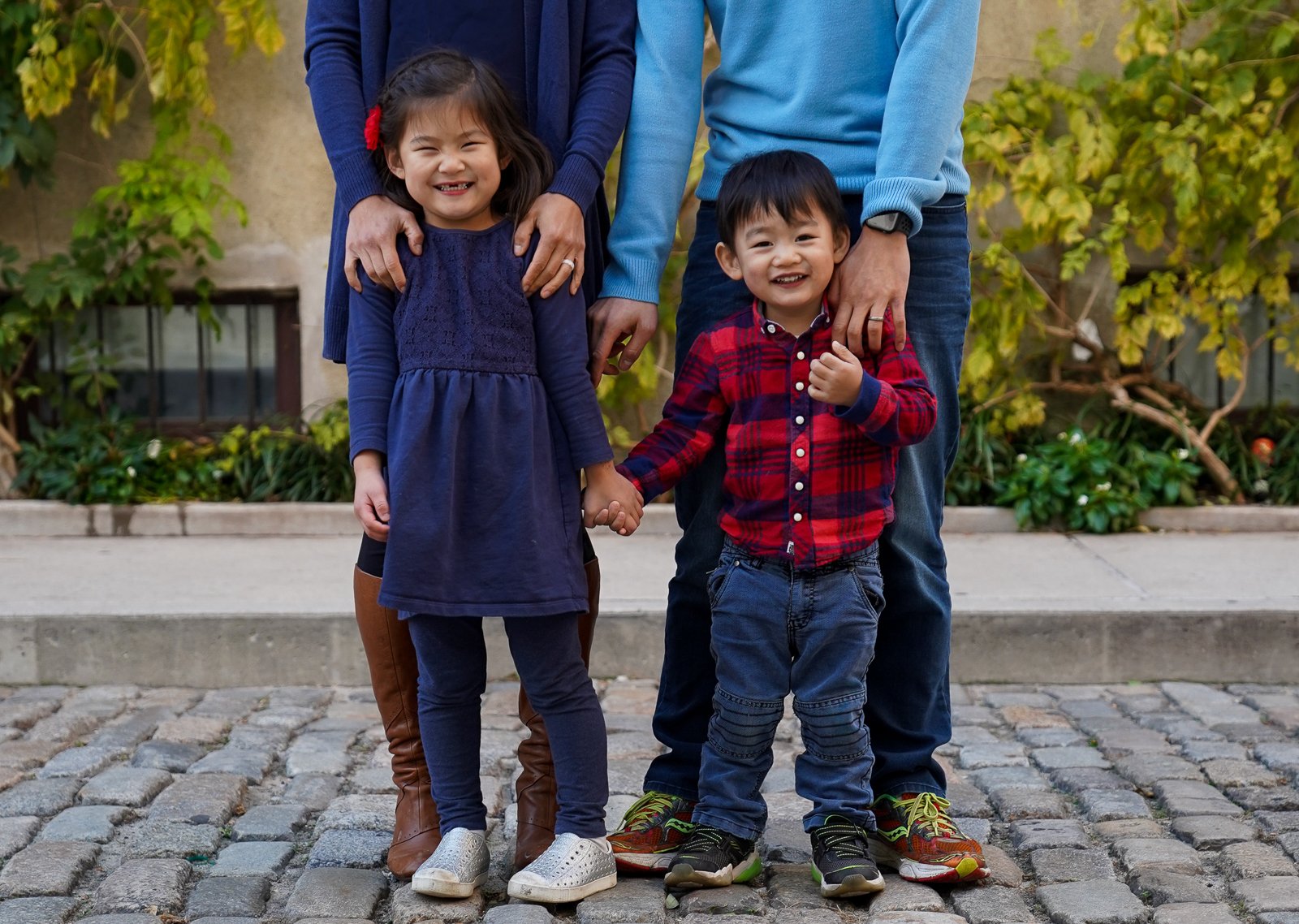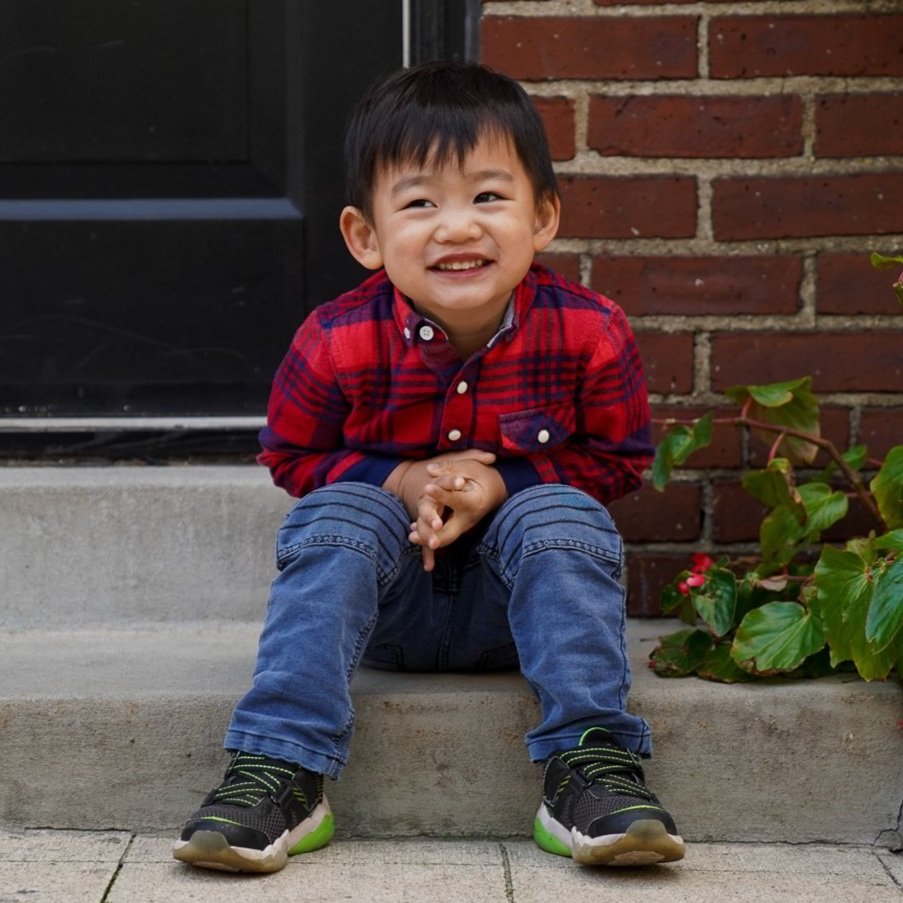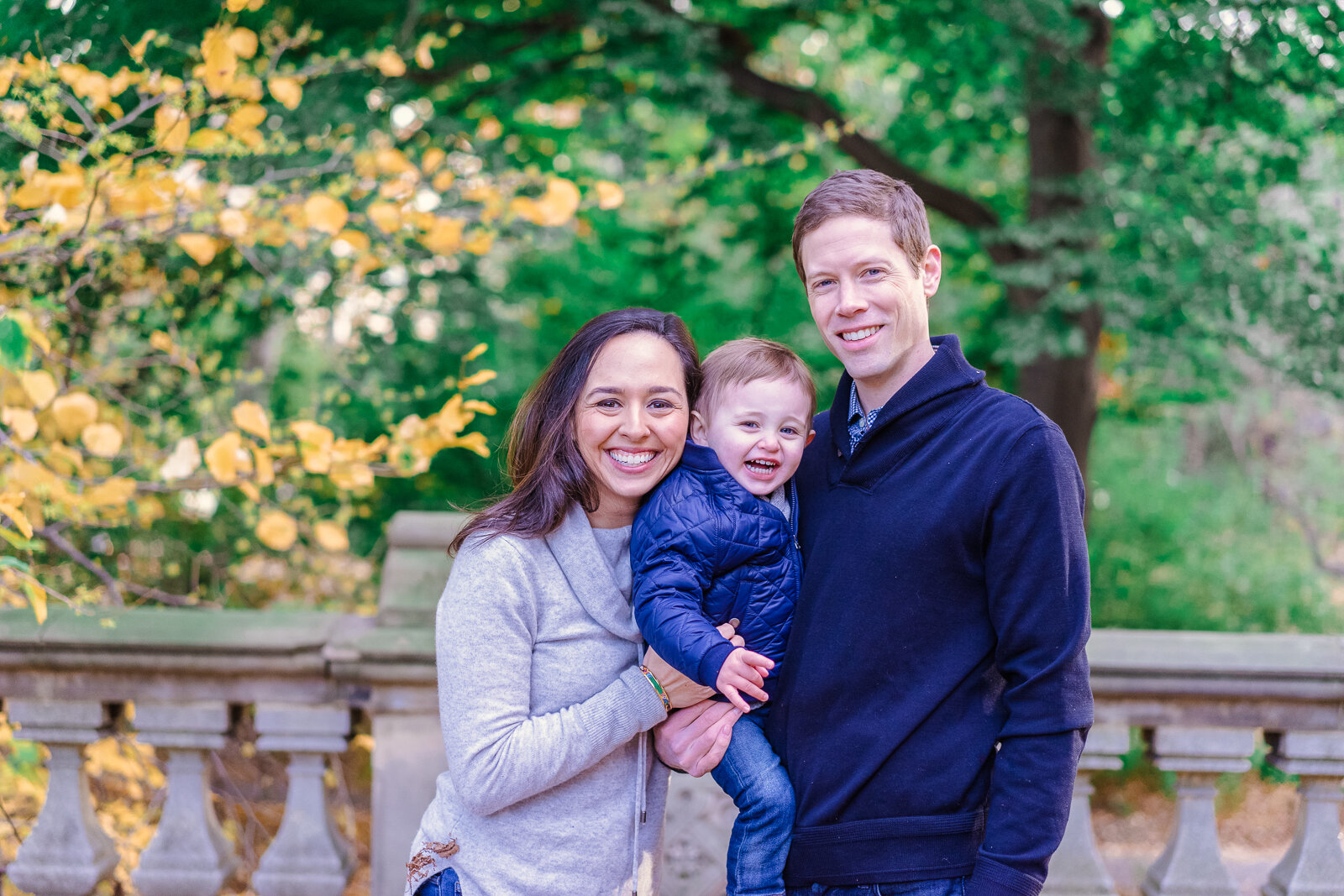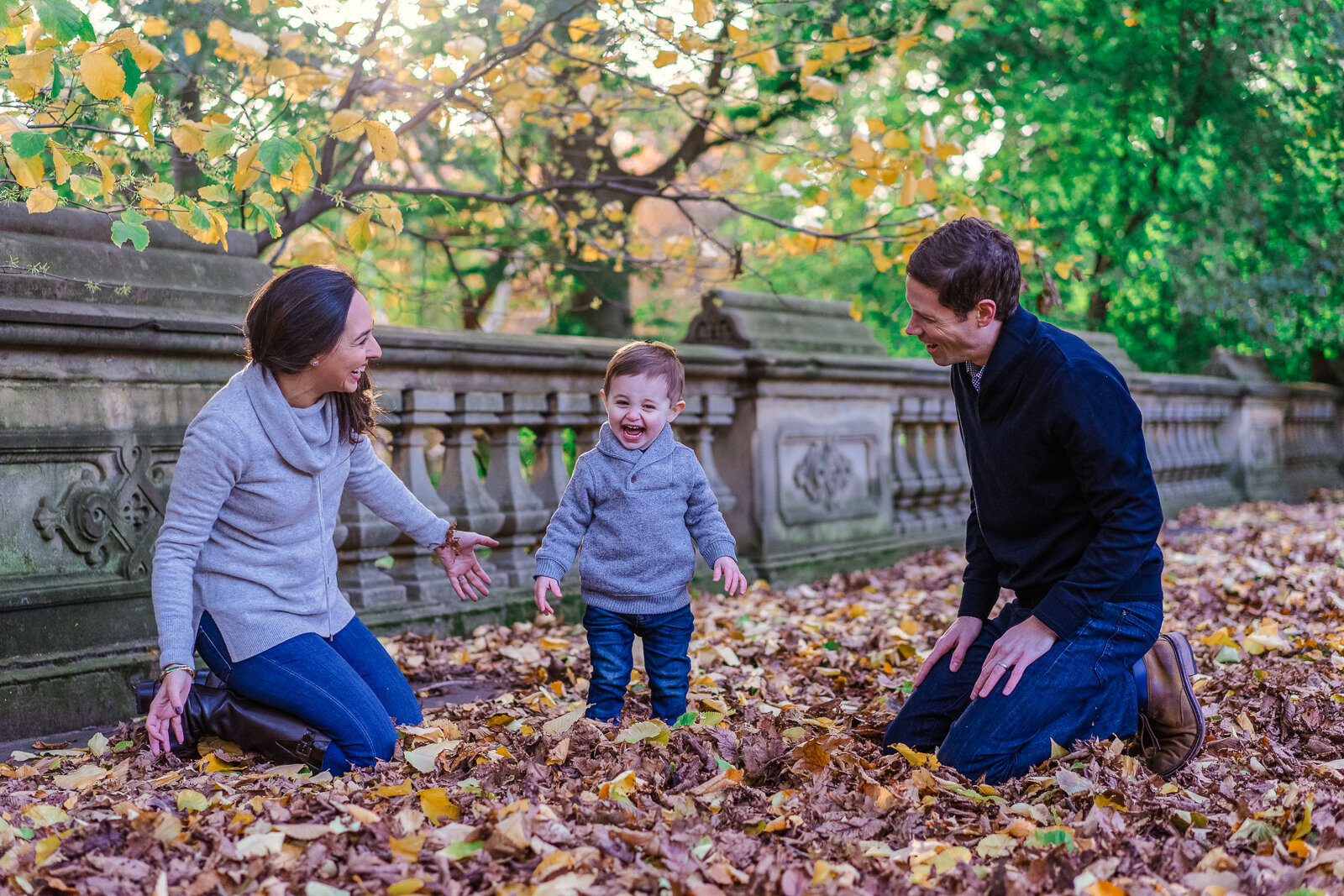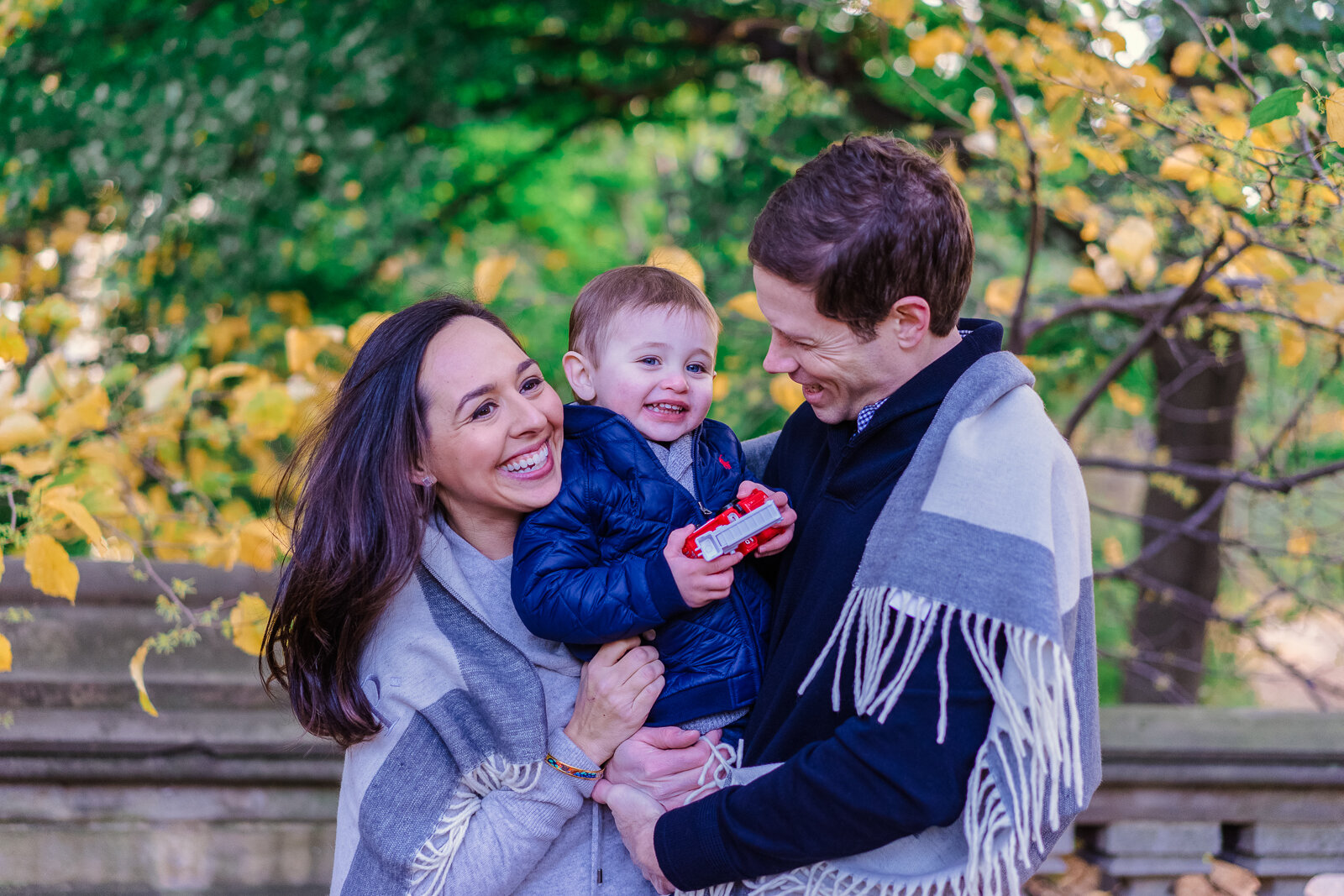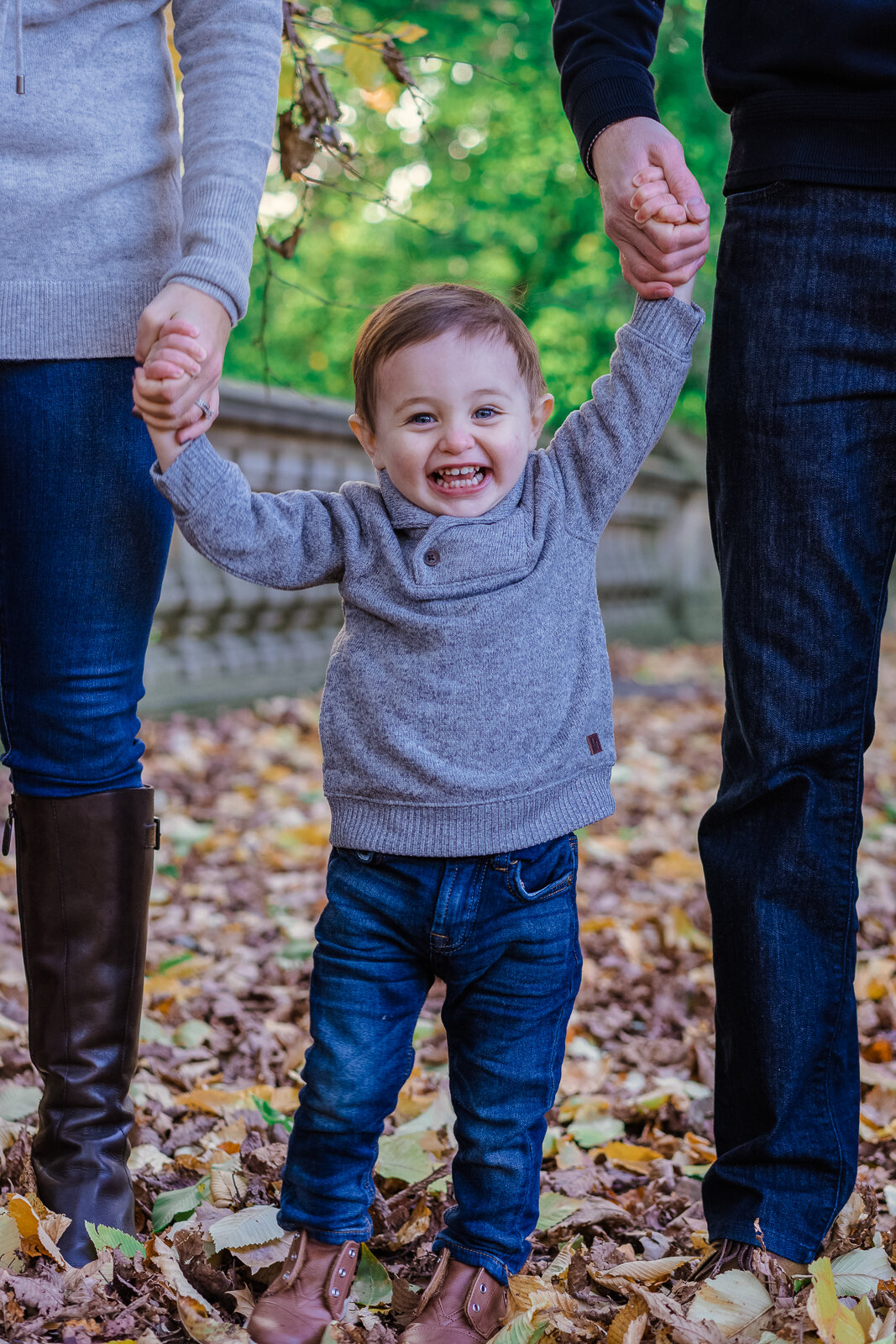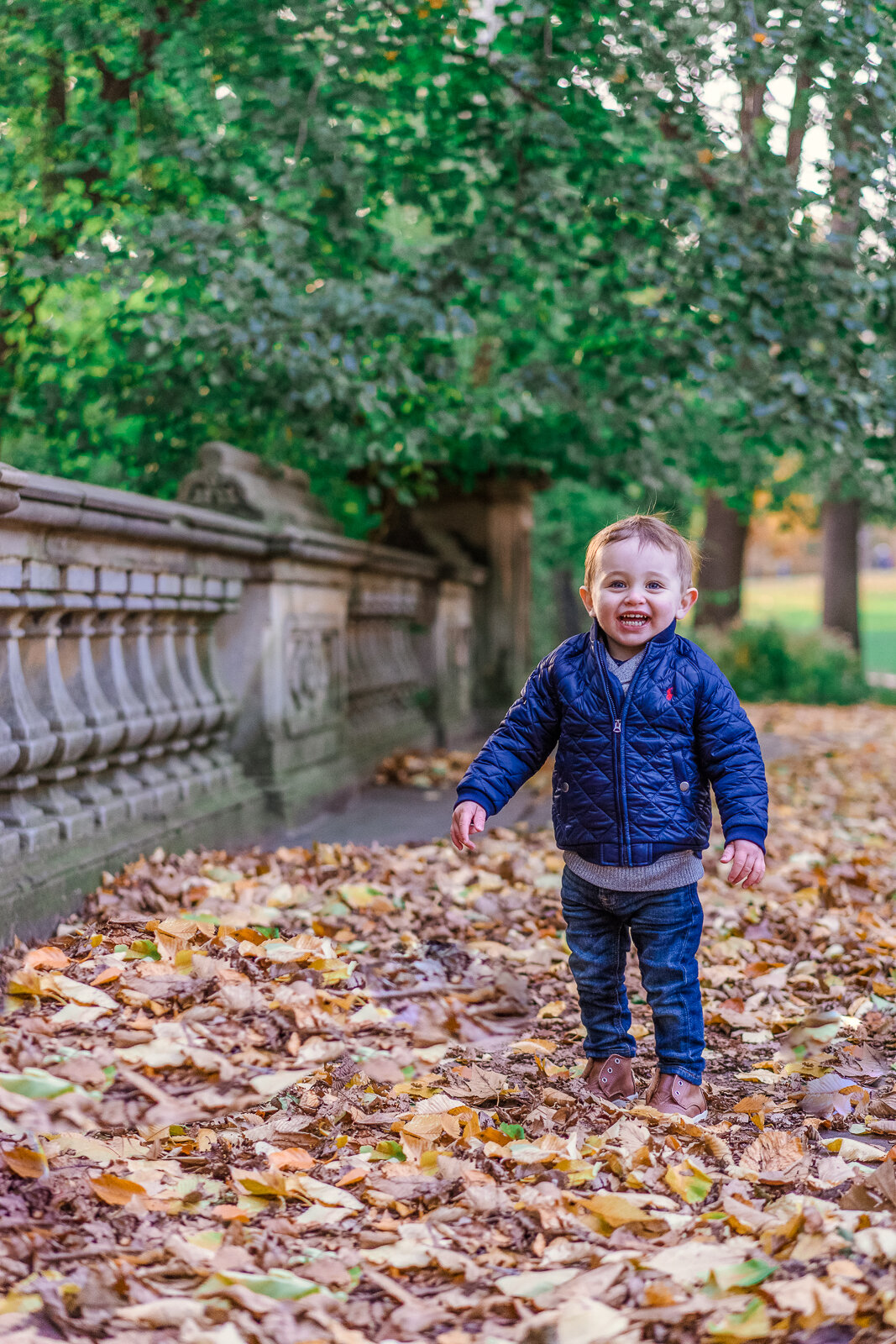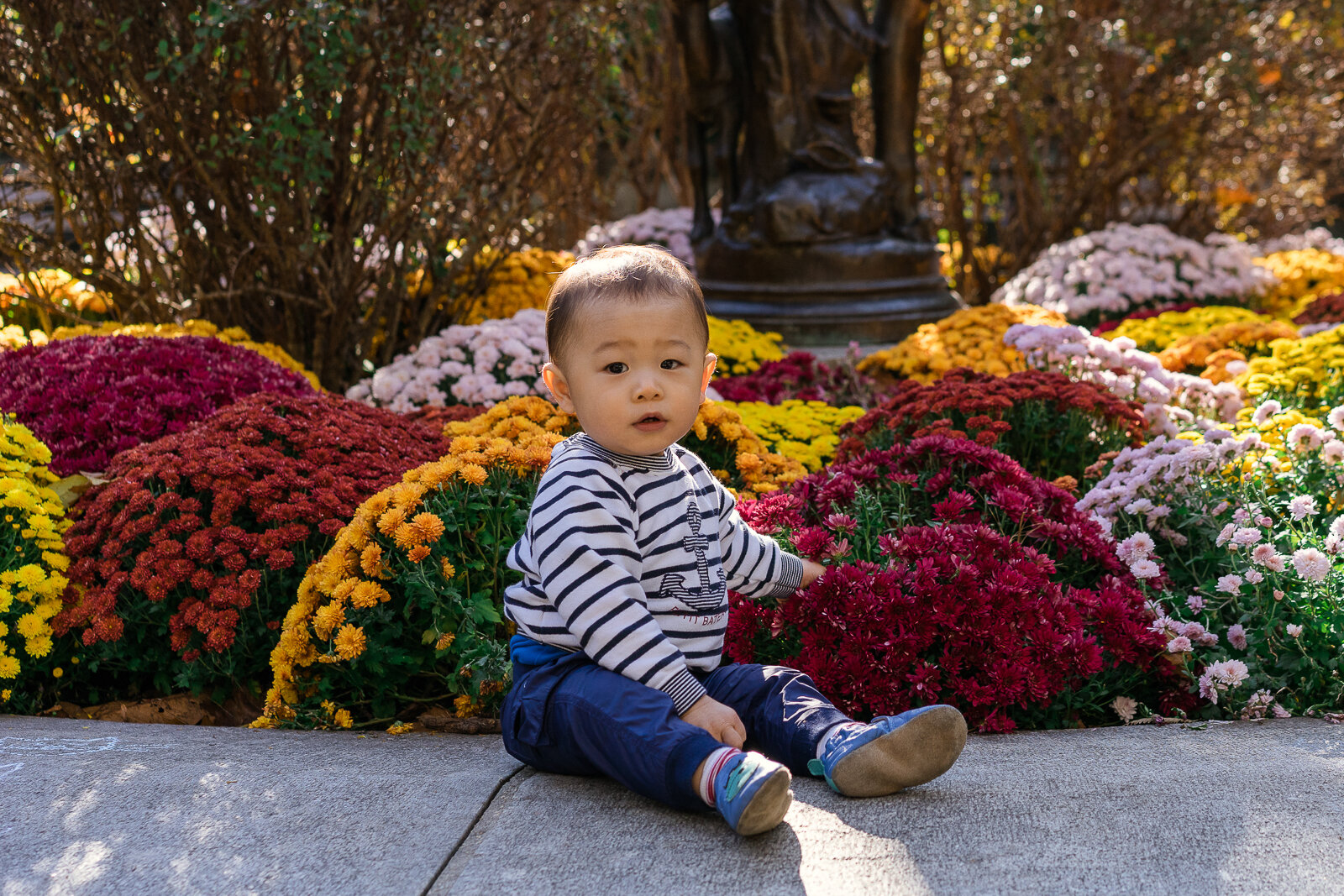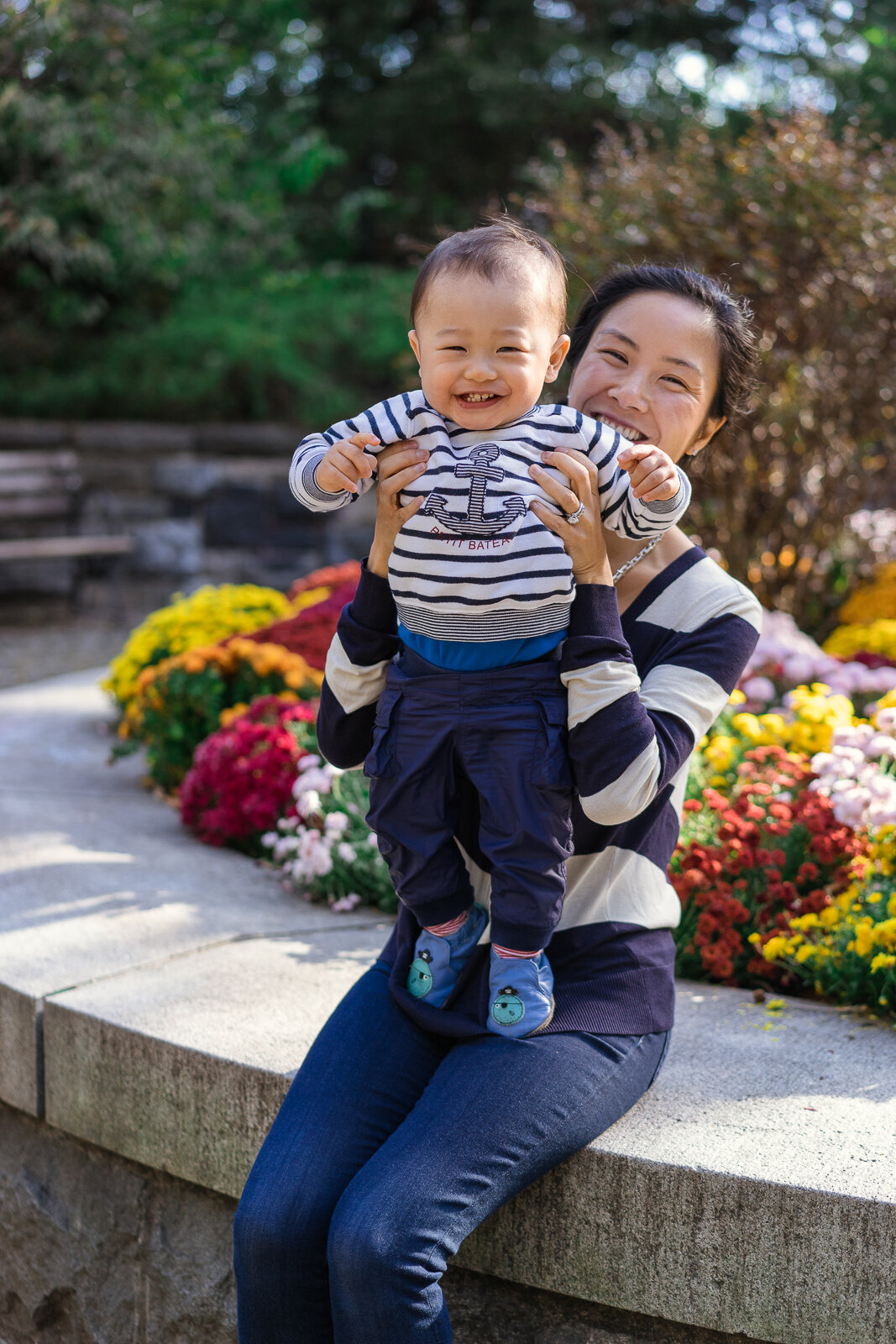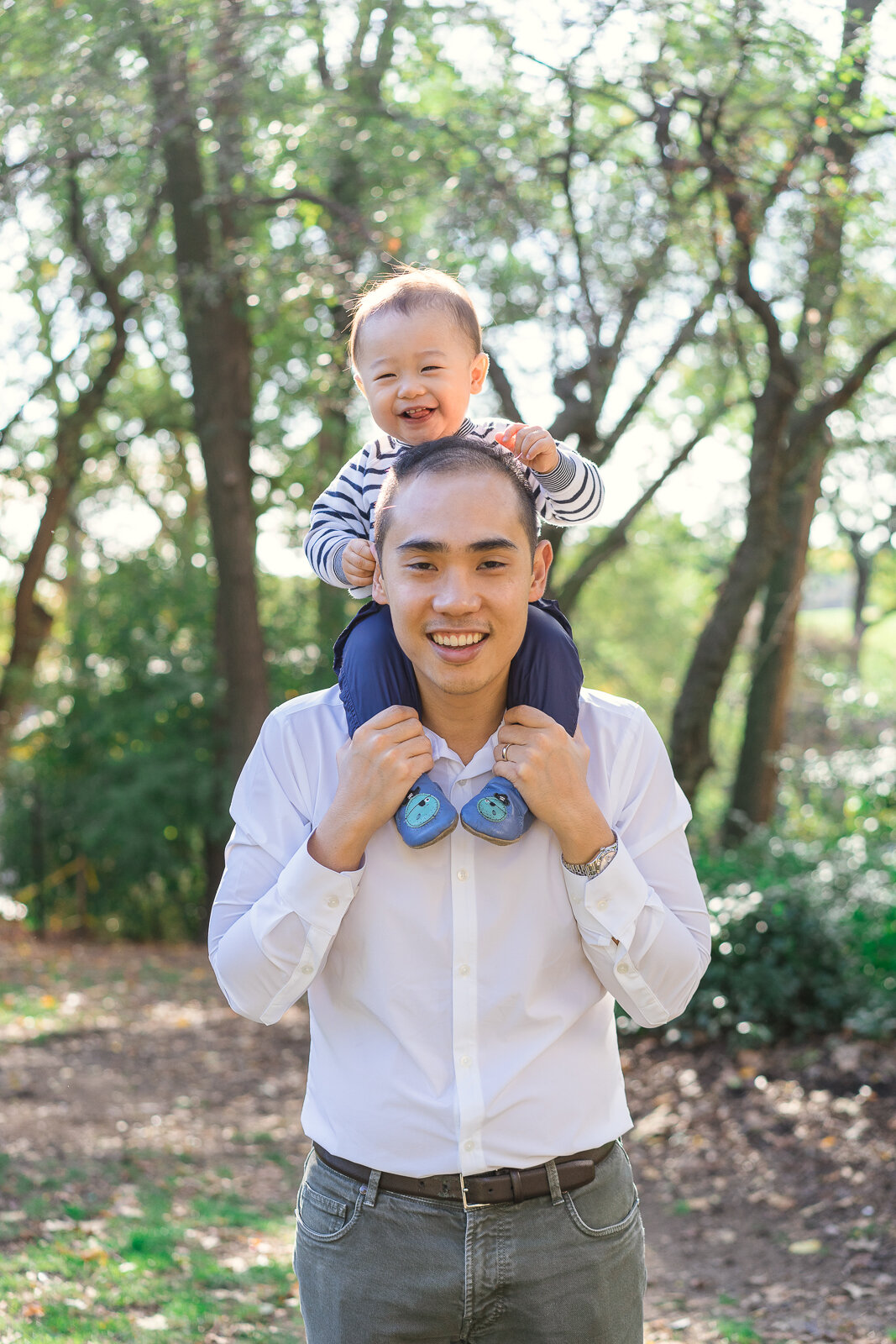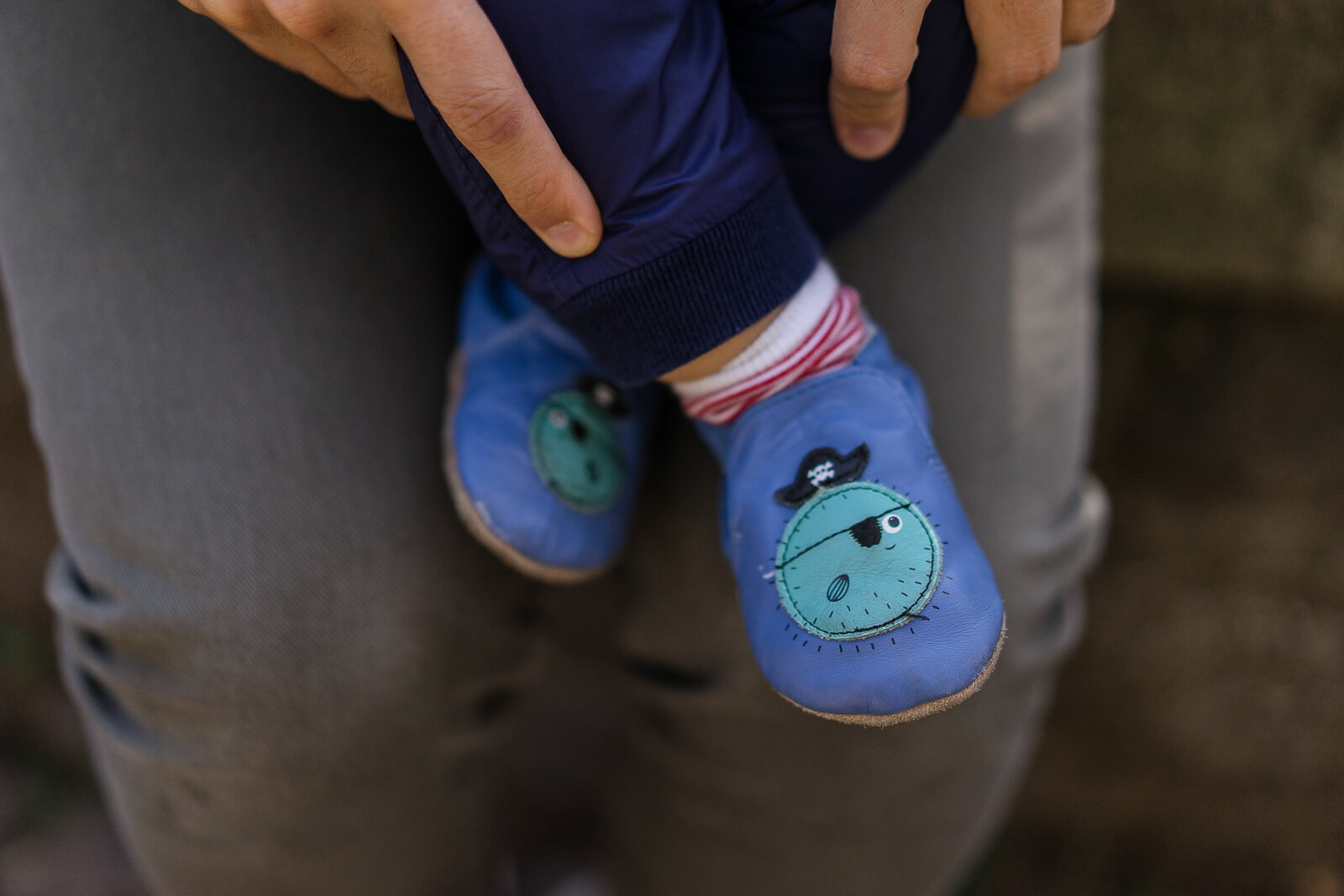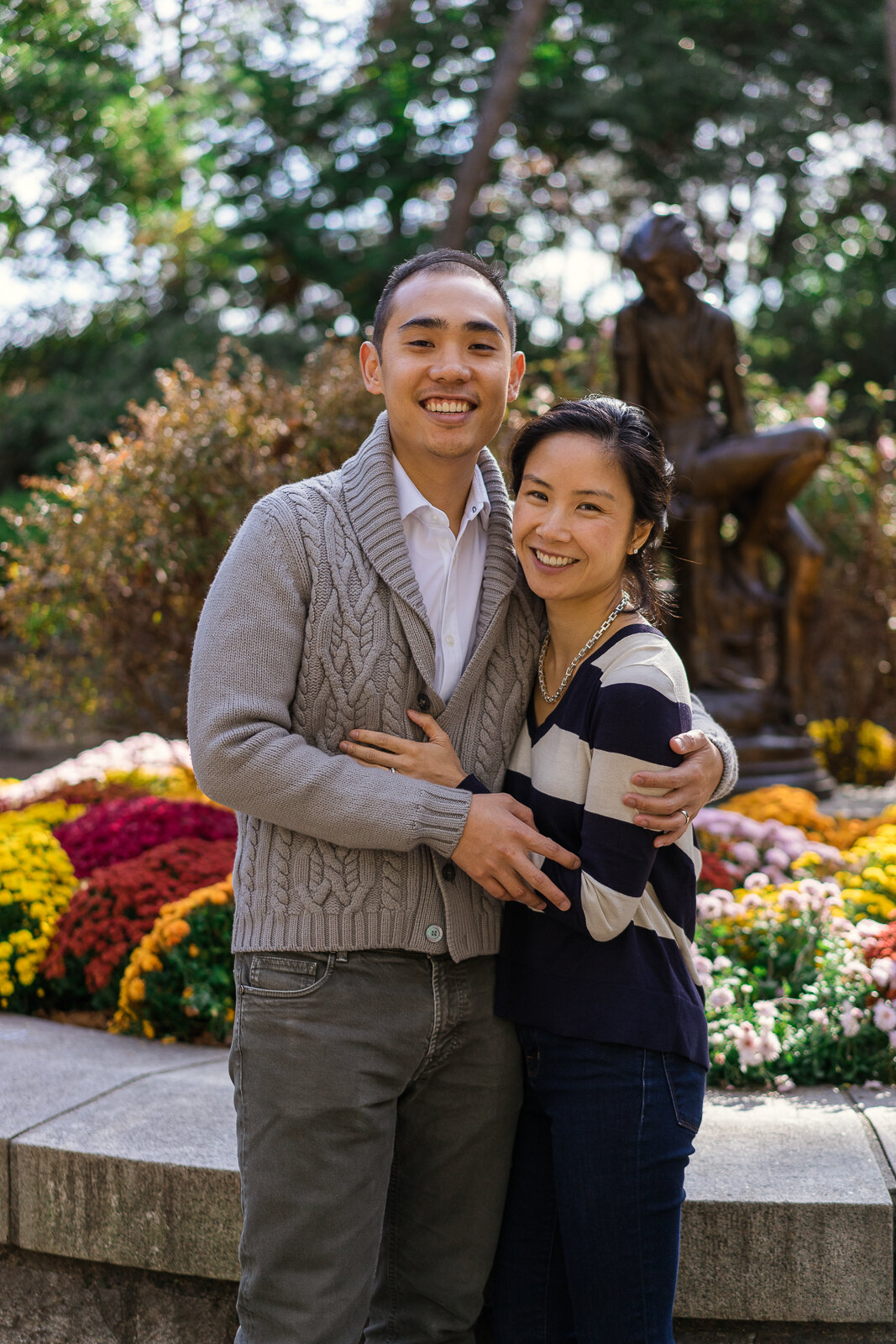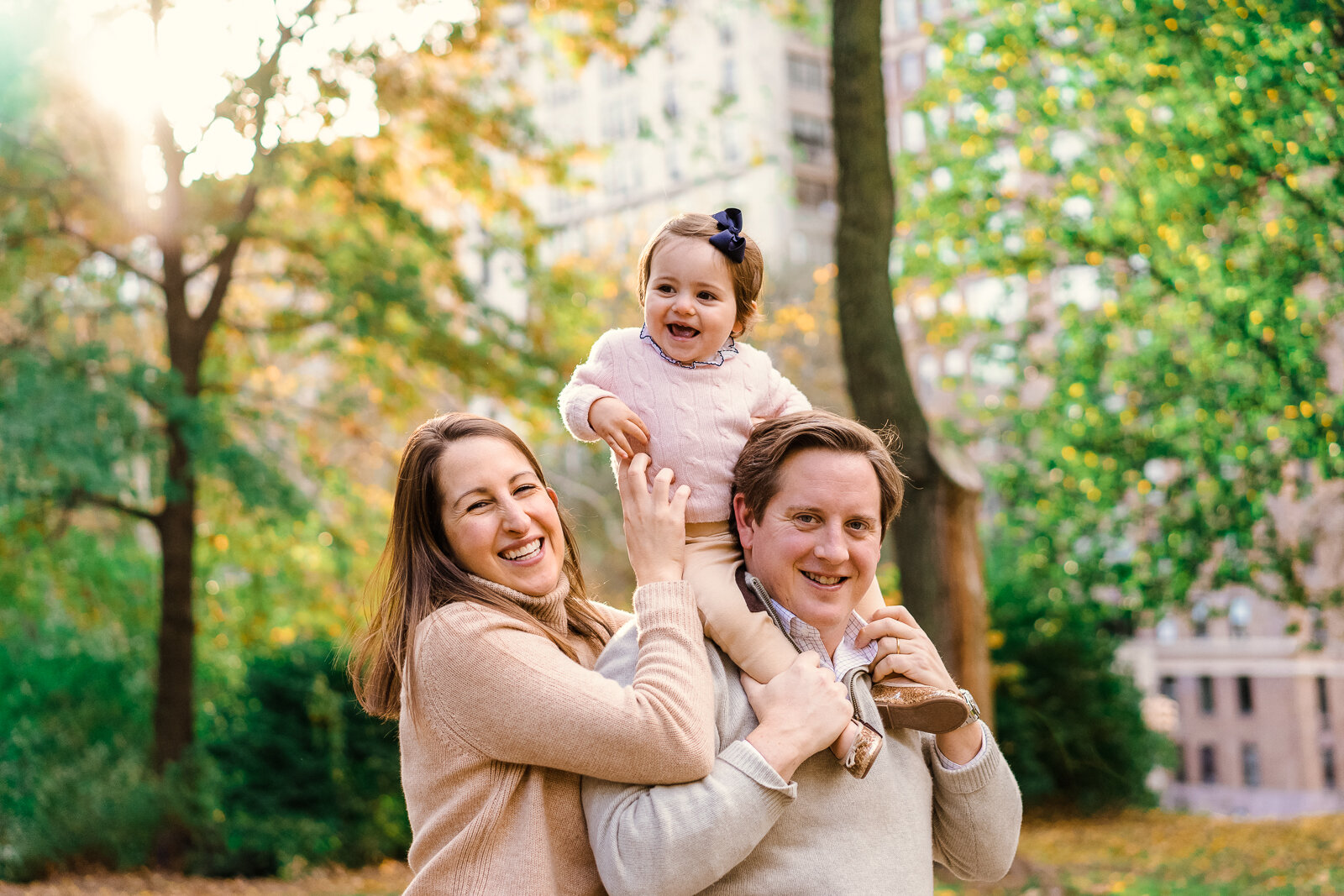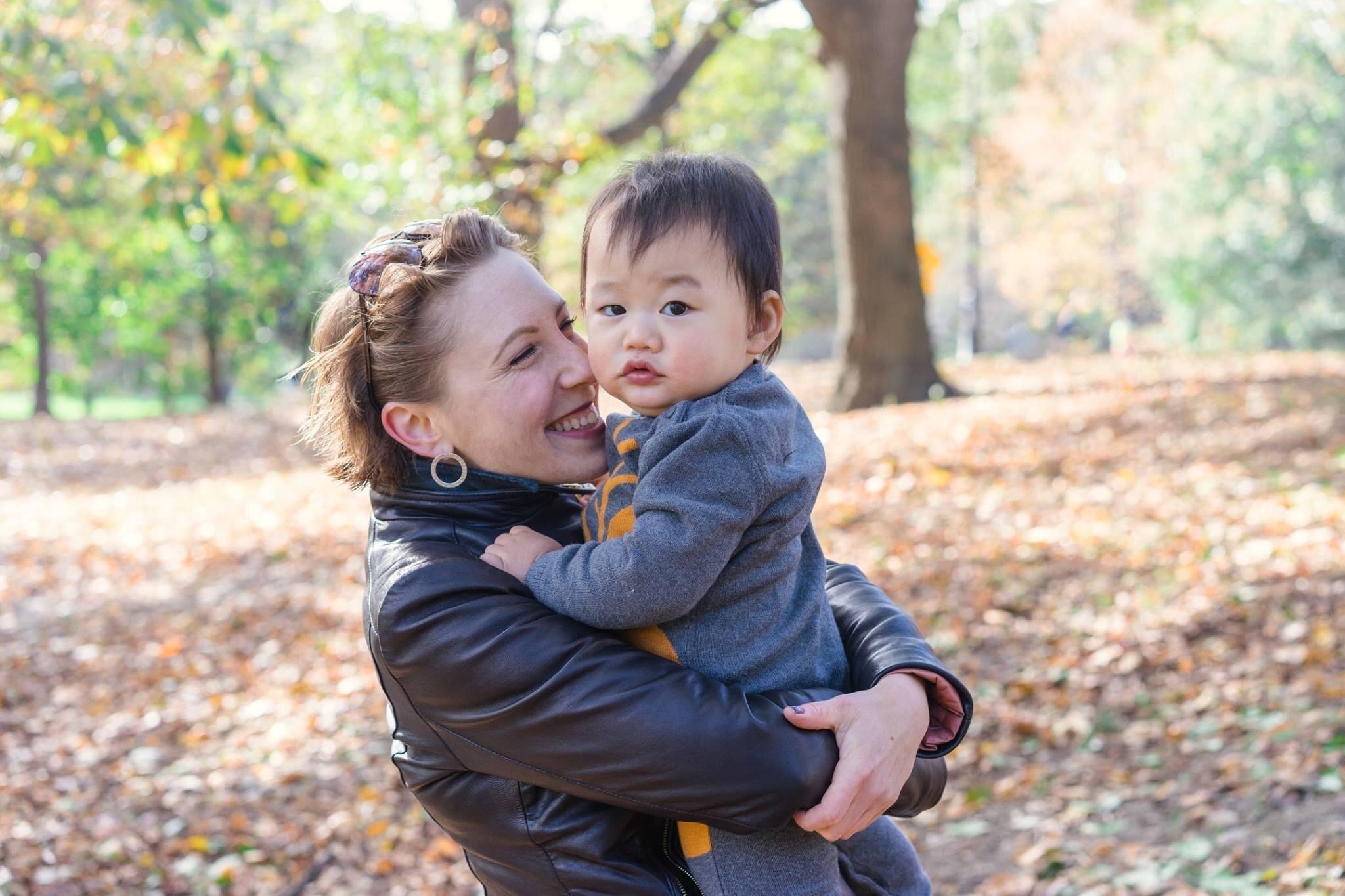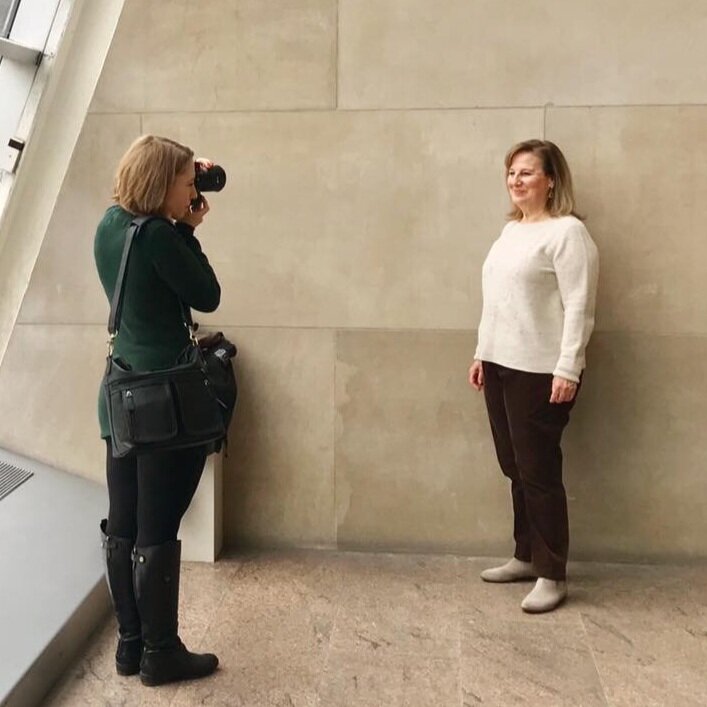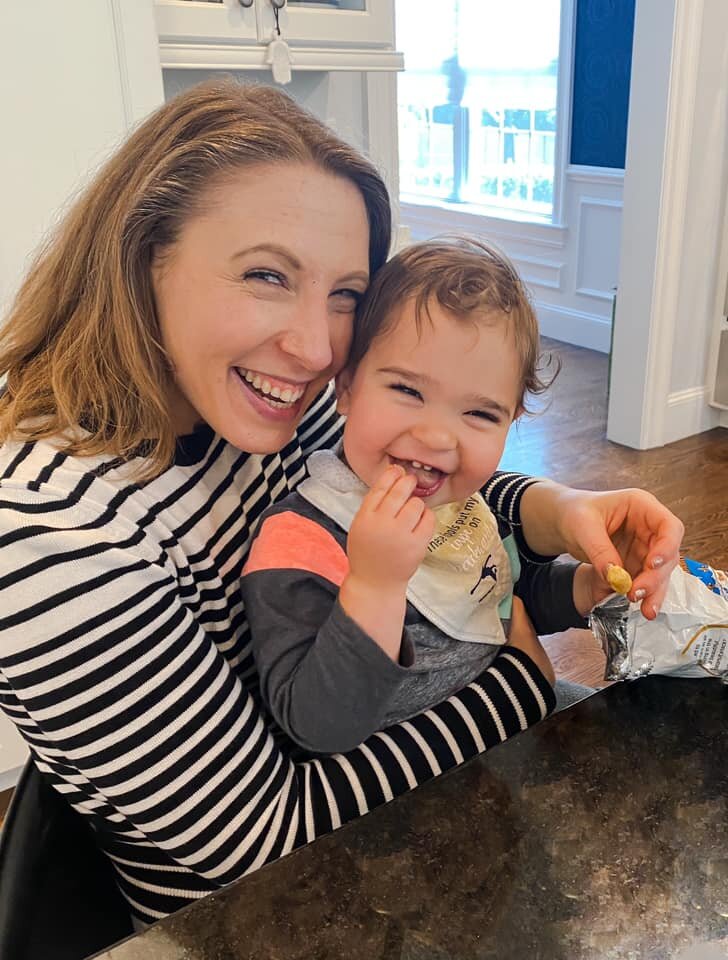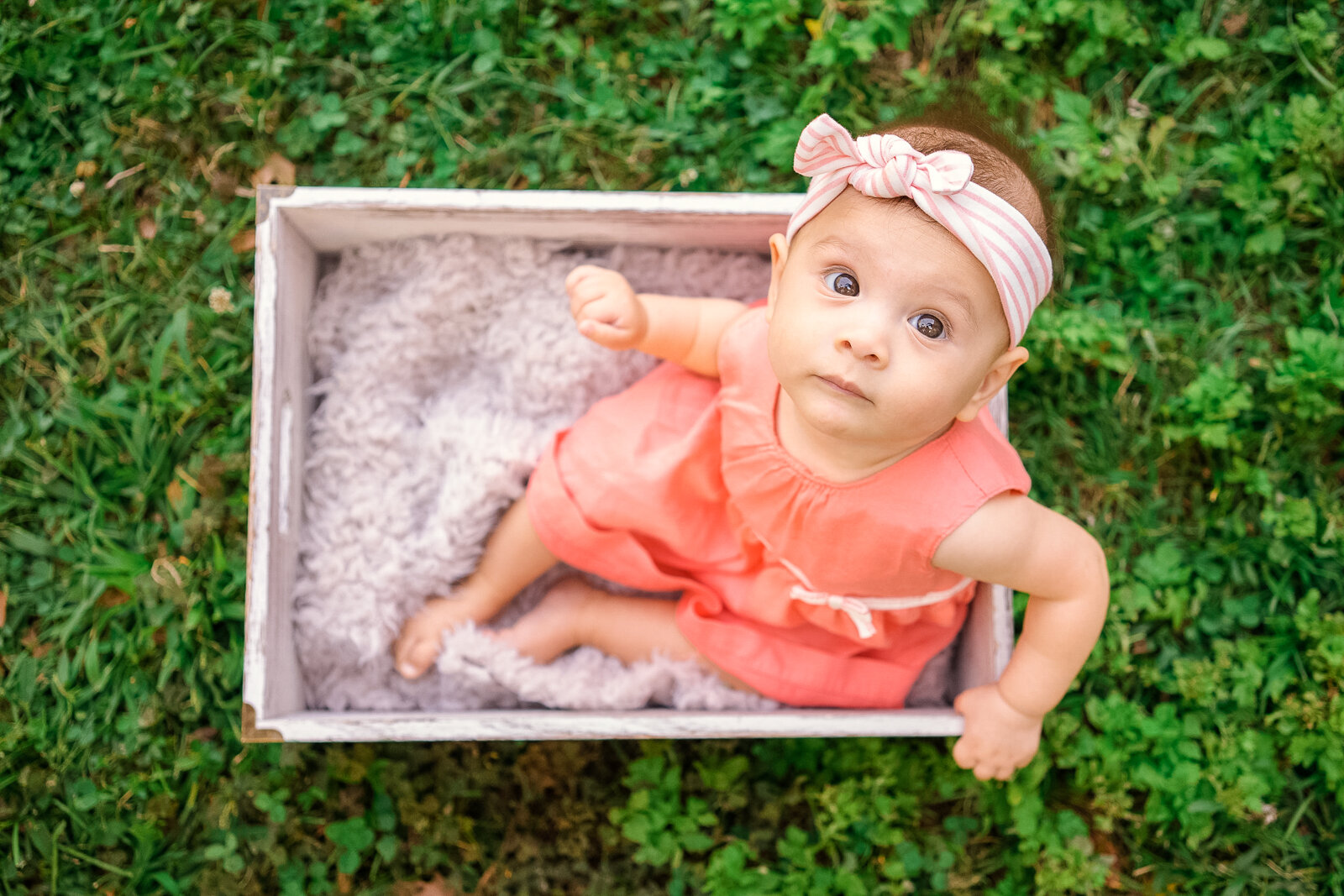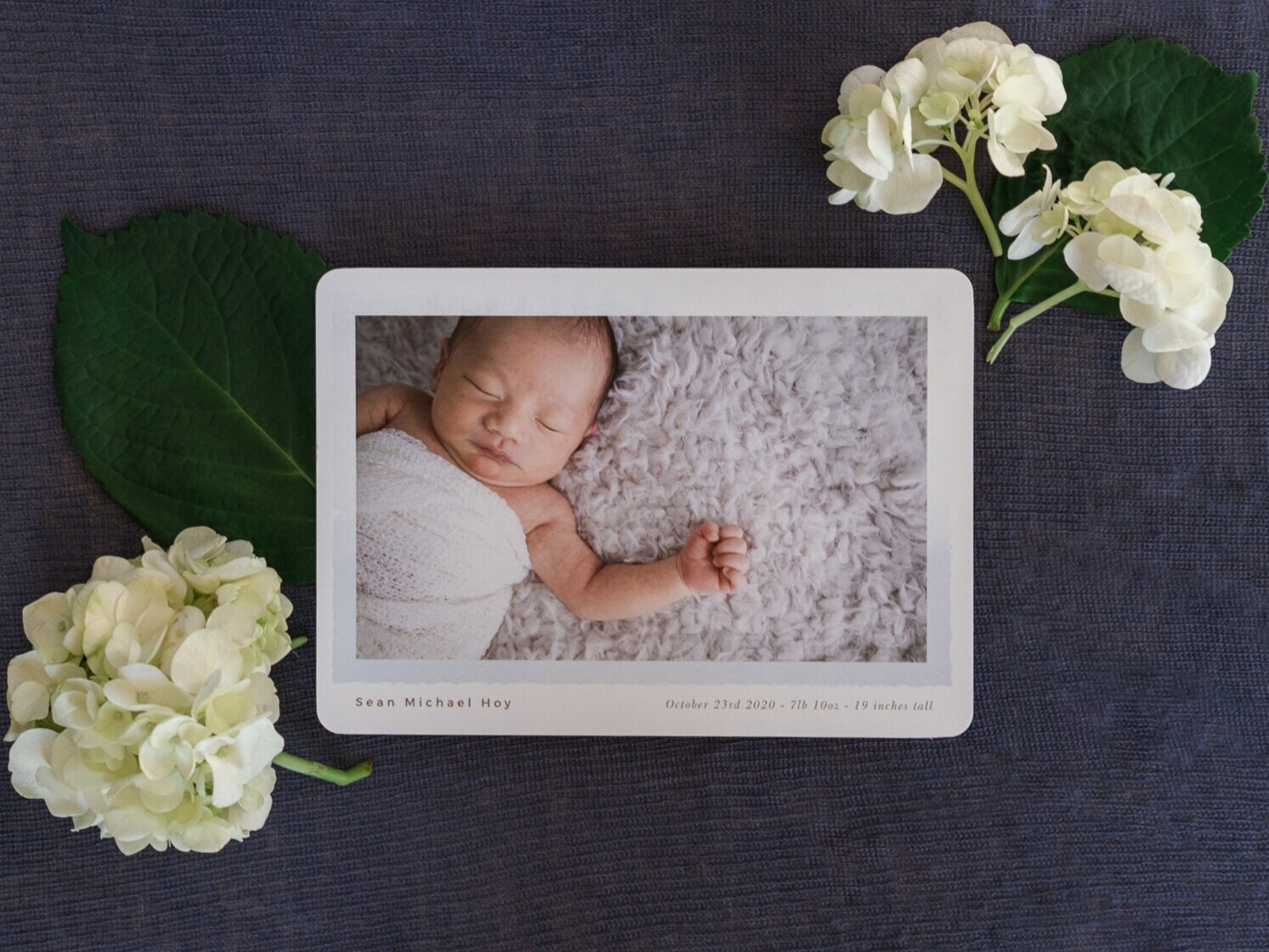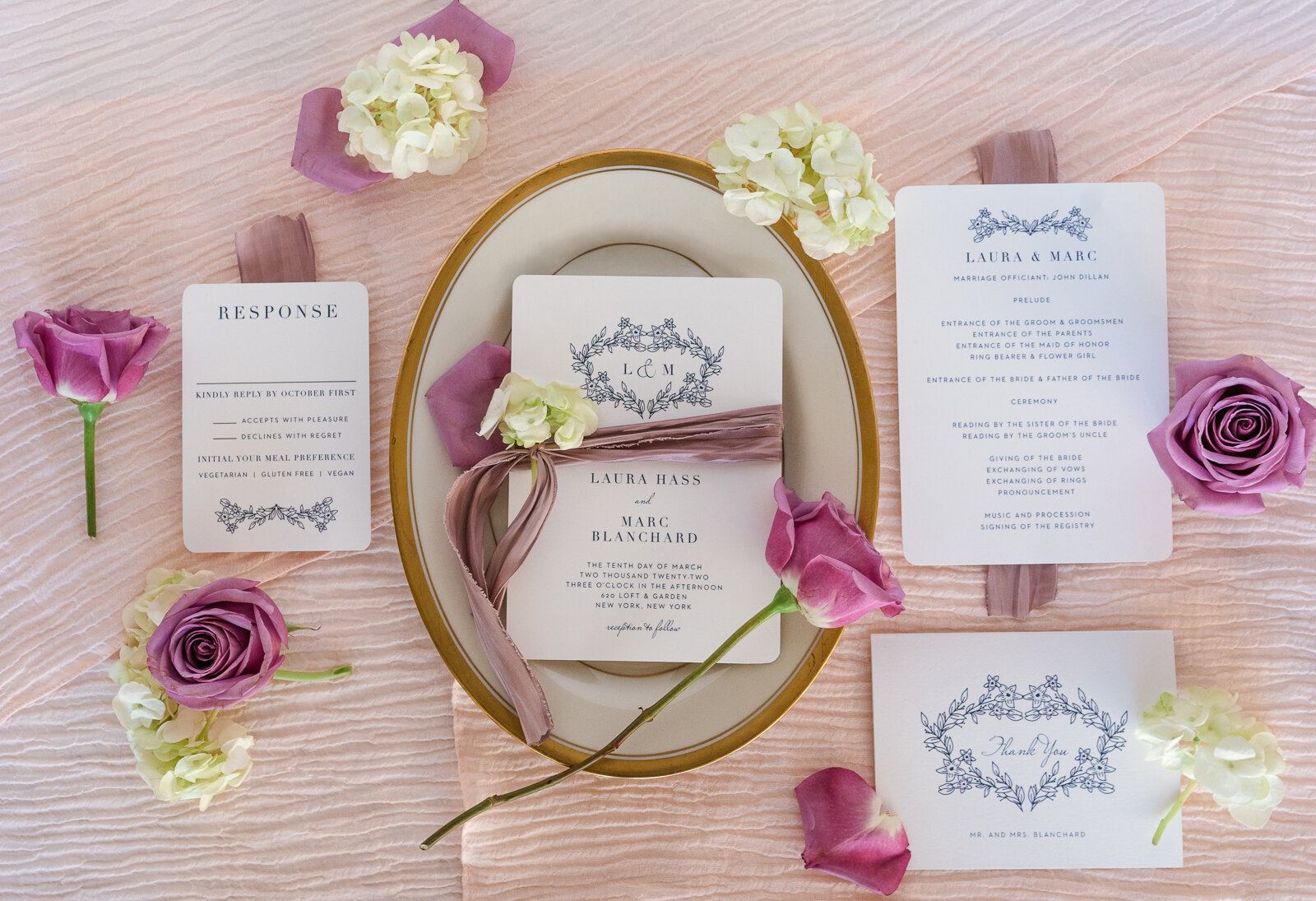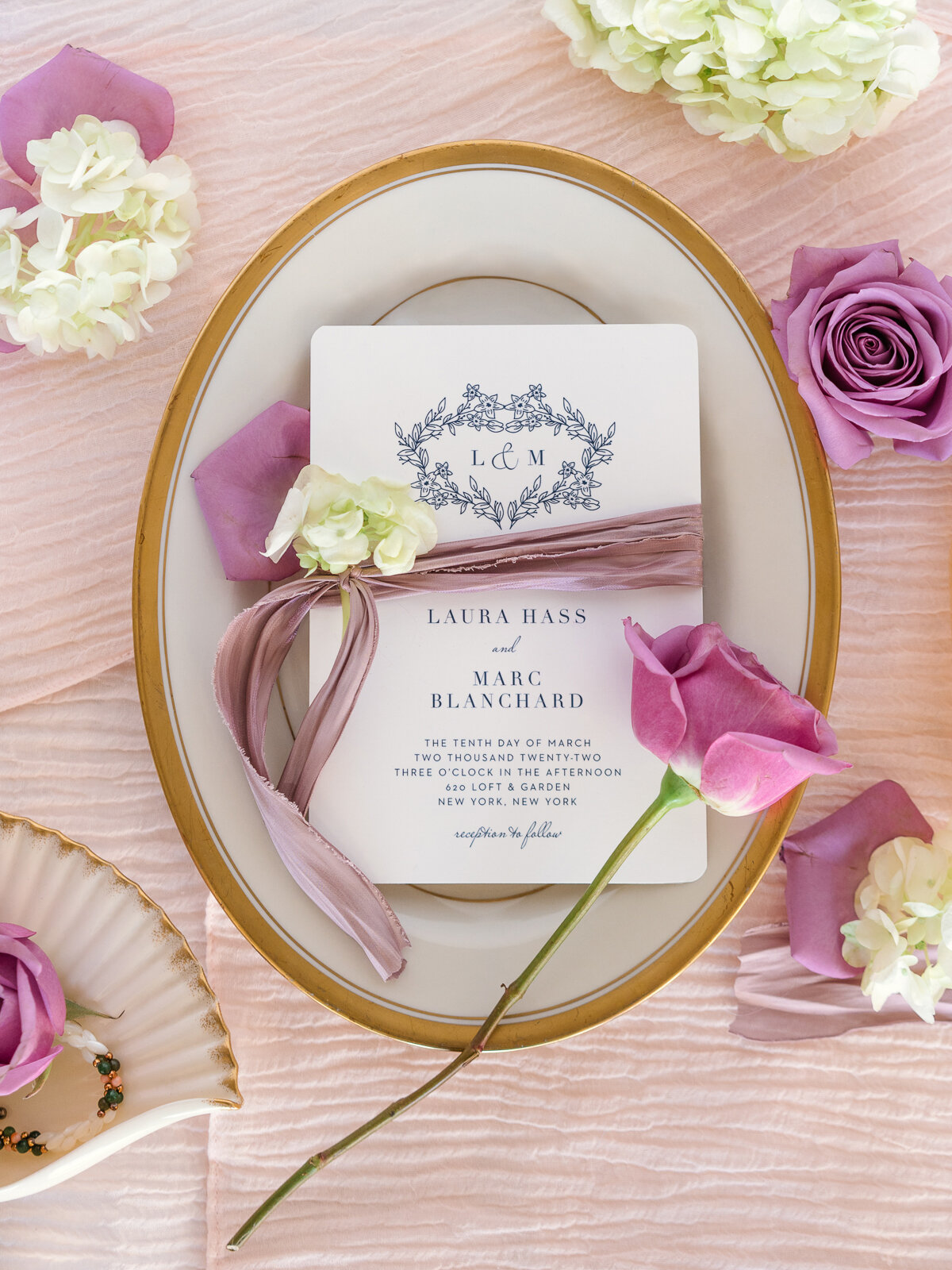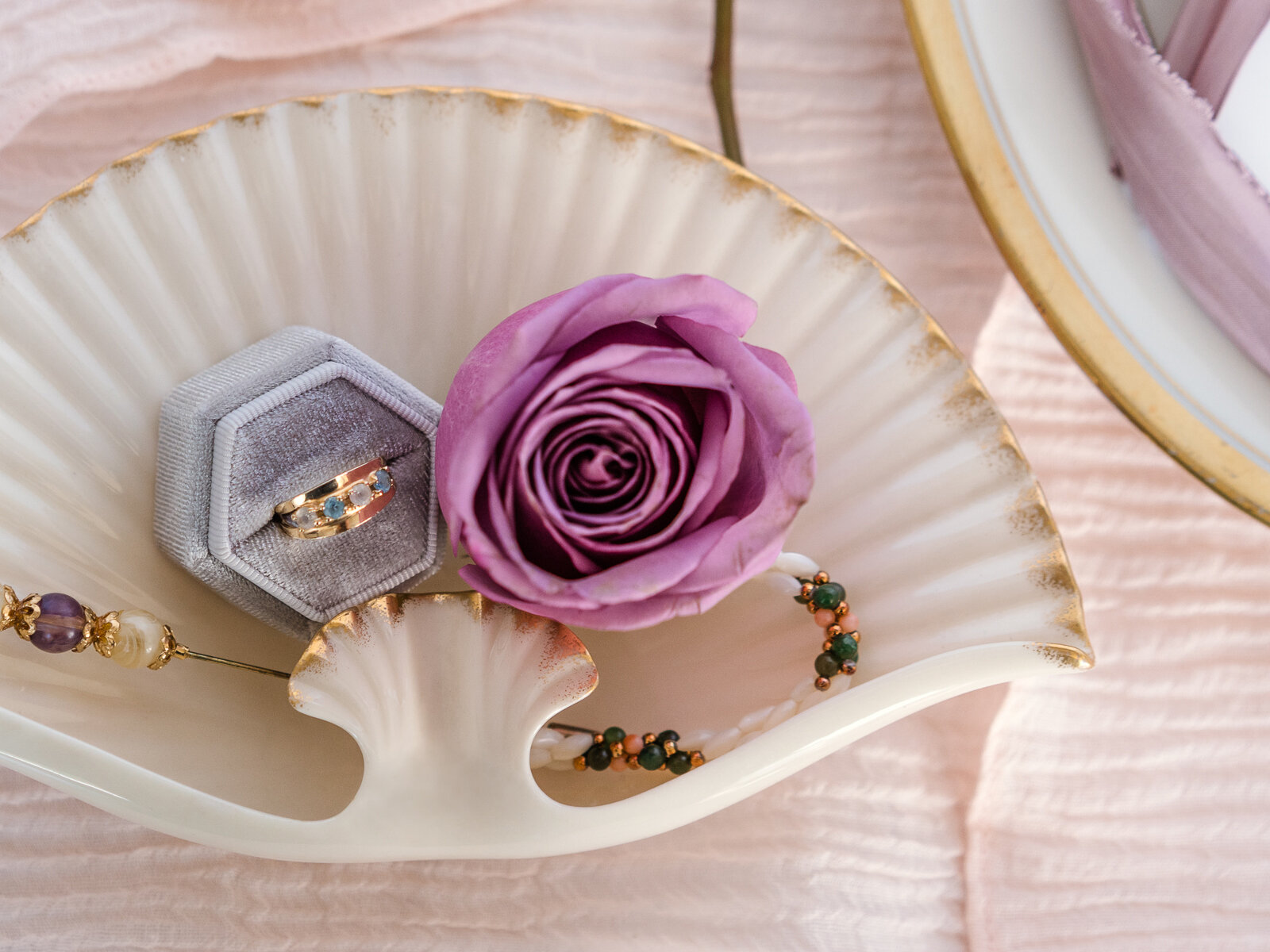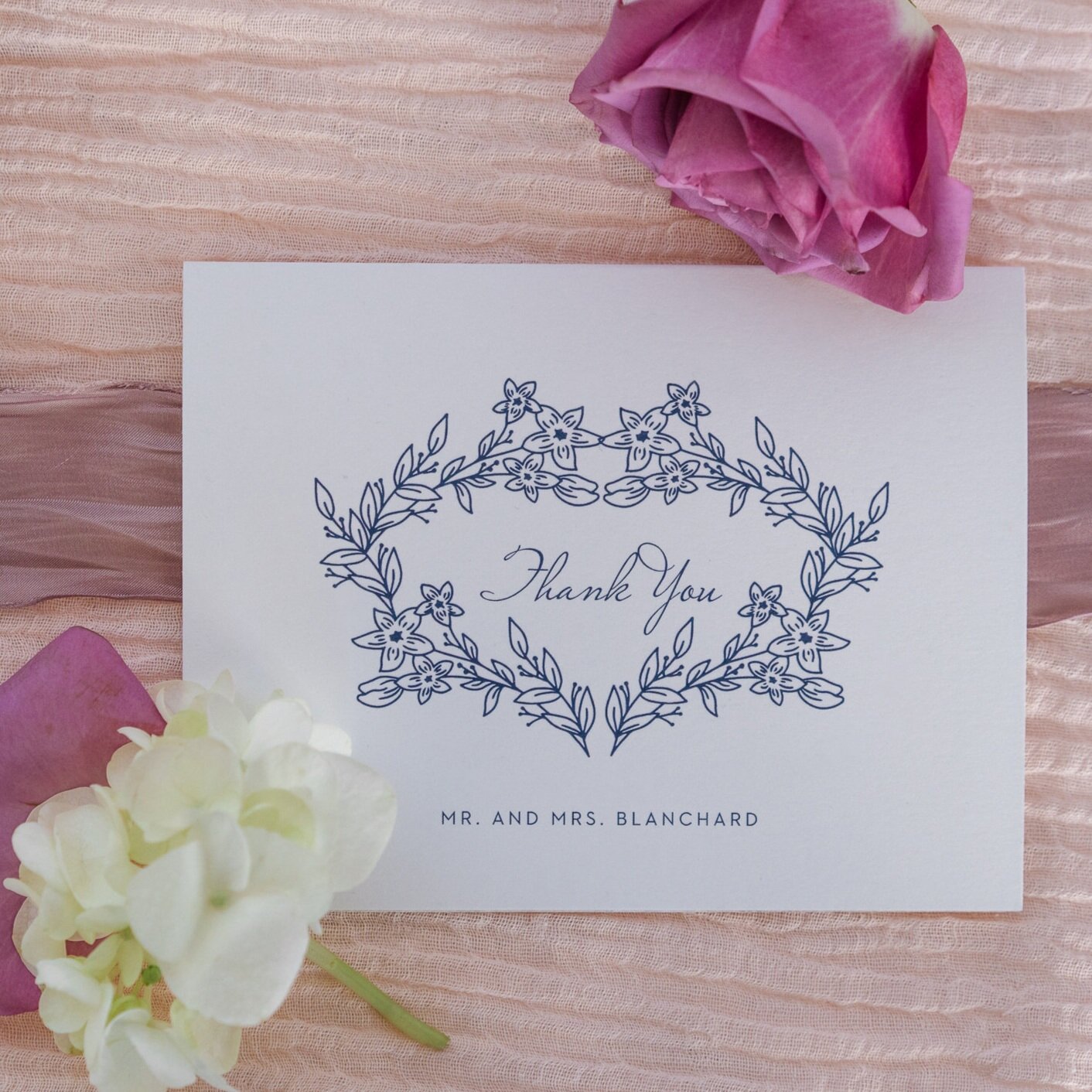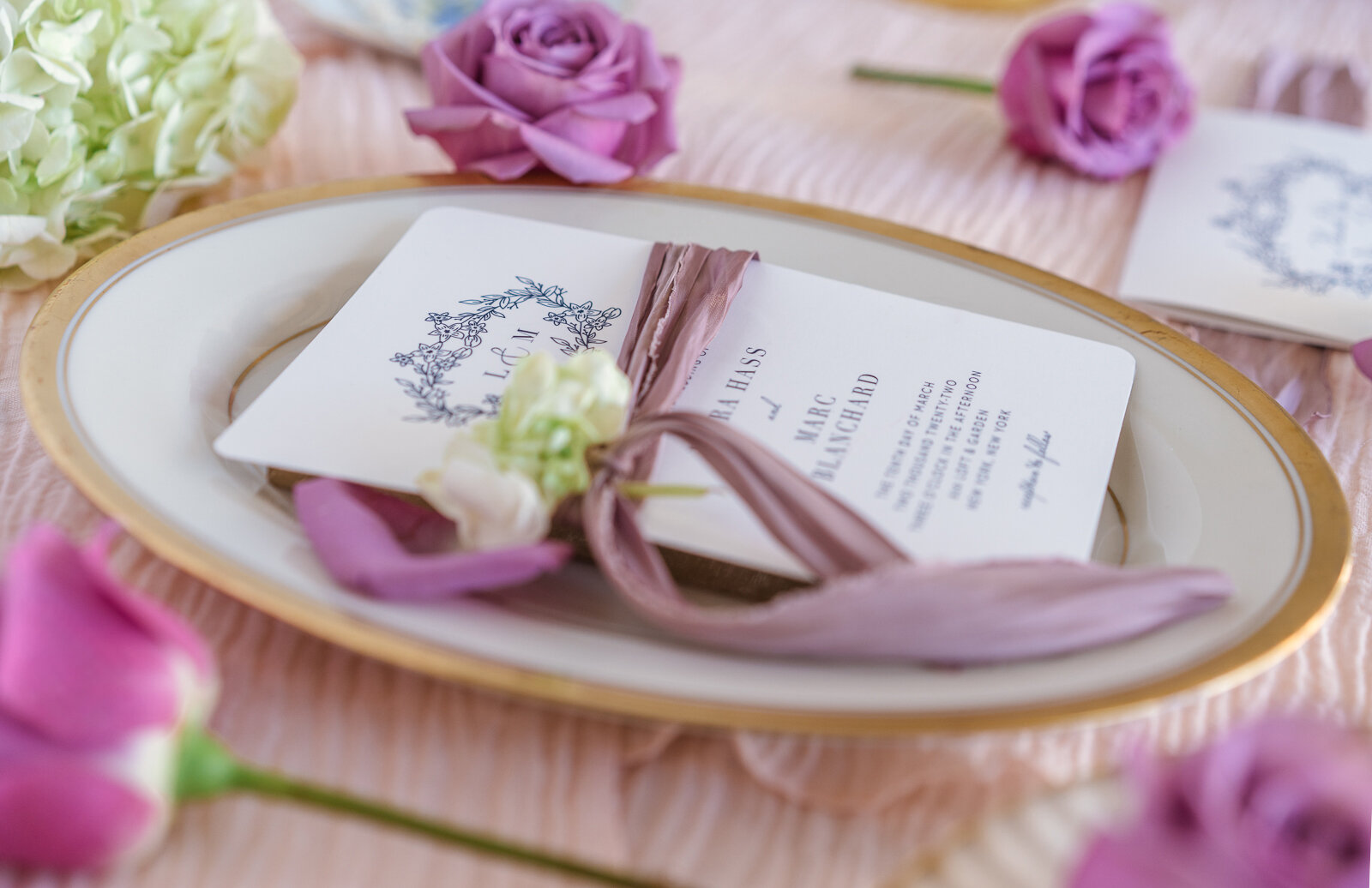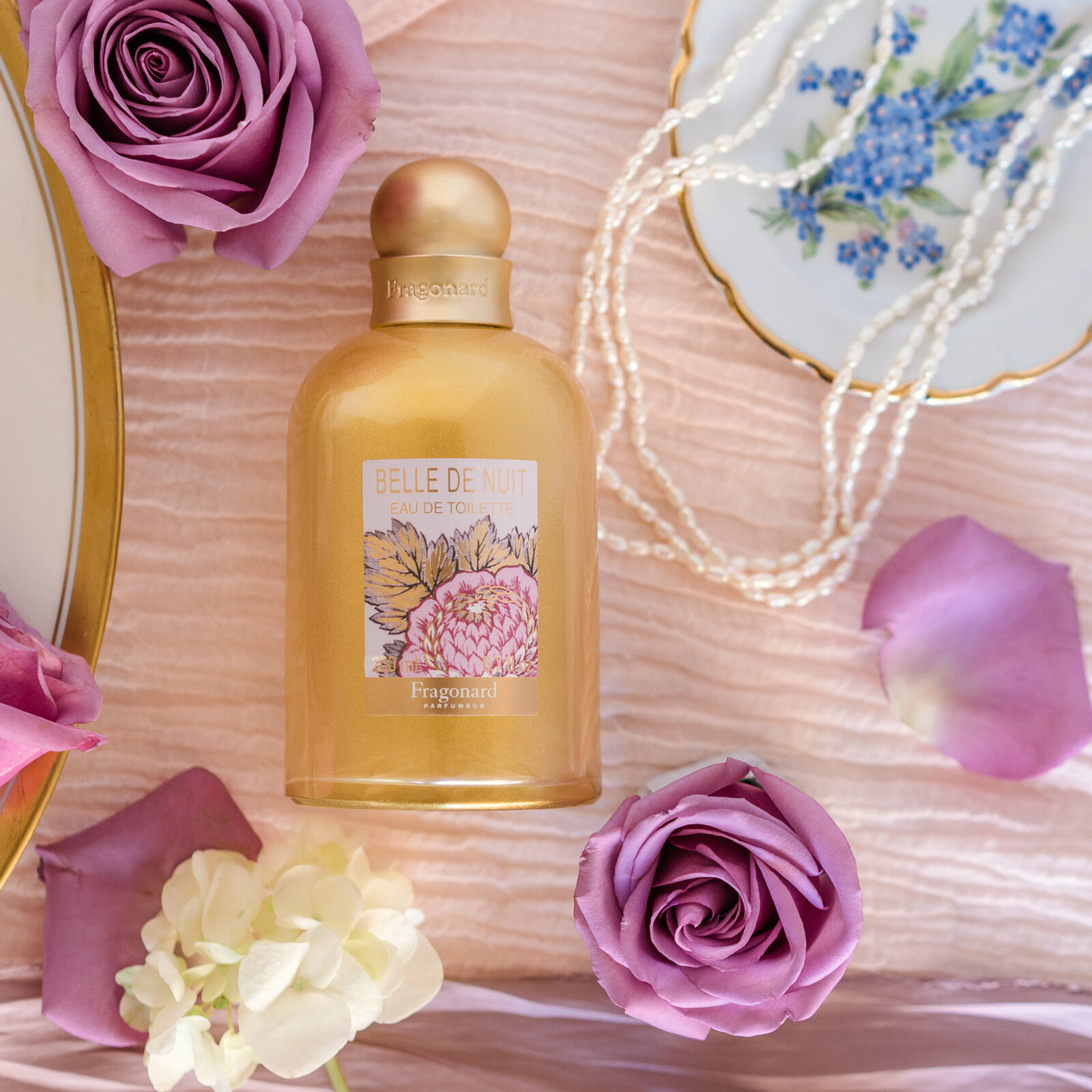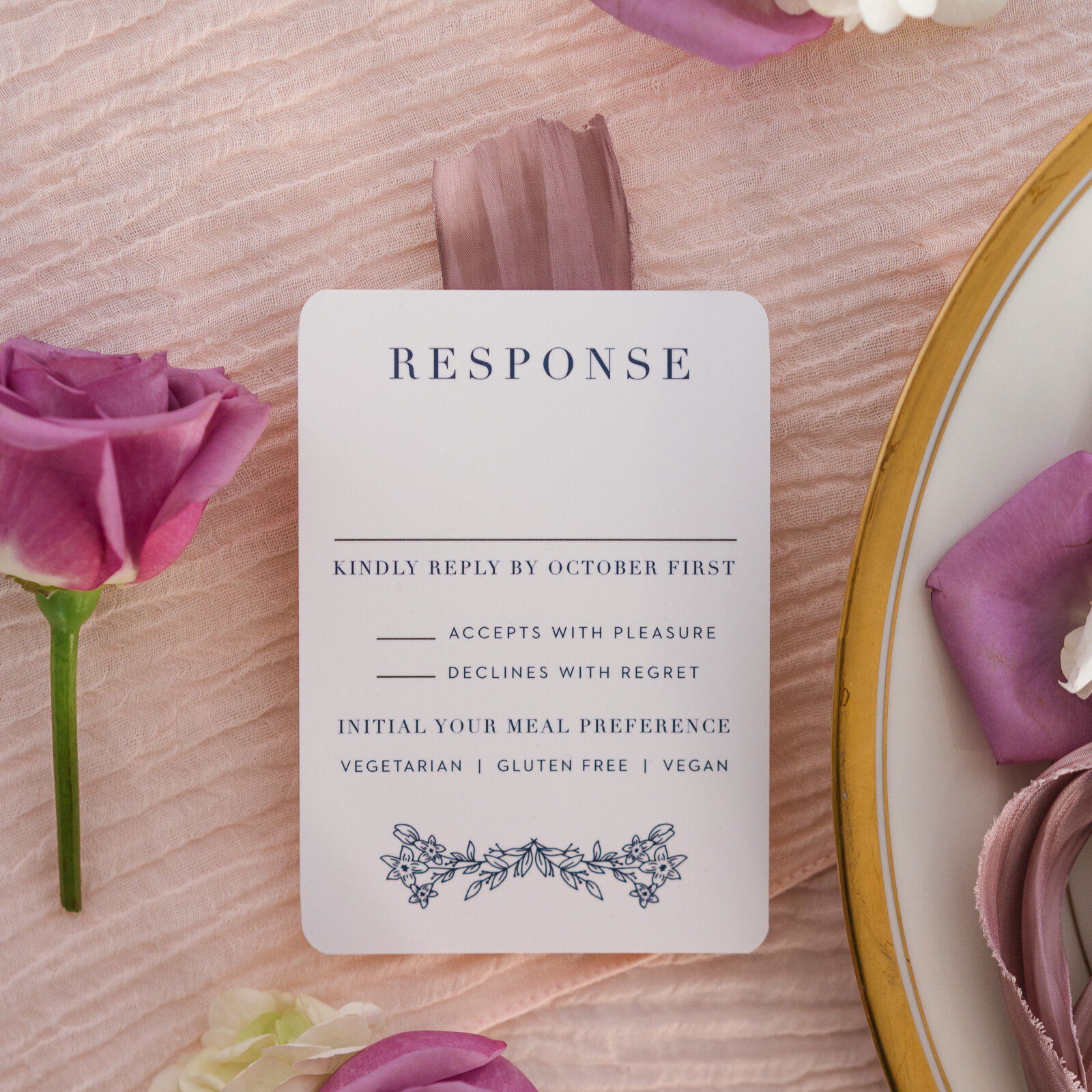What to Wear: Engagement Photos in Colorado
After selecting a location, date, and time (ideally the hour after sunrise or the hour before sunset), the number one thing I’m asked is what to wear for engagement photos. In particular, brides-to-be tend to stress over their clothing and shoes as outfits that may look fabulous in real life, don’t always photograph well, or don’t allow for ease of movement that is best for photos. By following the tips below, your can show up for your photo session completely at ease and focus on laughing and smooching your love in a gorgeous setting, versus fixing a strap that keeps falling down or tripping in your shoes. The session should be fun and stress-free so I’m here to help ensure that your outfit photographs beautifully and so couples feel comfortable physically and therefore can stay present and happy without a care in the world!
To prepare my clients, I’ve been sharing the tips below to help them plan their outfits and sessions.
How to Prepare for Engagement Photos:
Coordinate Outfits
The day of wearing perfectly matching outfits is long past but choosing outfits that complement one another is crucial. A fool-proof place to start is opting for different neutral colors (grey, ivory, beige, brown, blush) and then add in one or two elements of color, such as yellow, red, pink, purple, or blue. Depending on the time of year, Colorado landscapes can either be full of yellow aspens, gorgeous fluffy white snow, or in in the case of this rainy year, lush green and filled with wildflowers; with that in mind, it’s best to opt for colors that will show contrast with those backgrounds. Instead of a bright fire engine red, try a light dusty burnt orange or rose instead of neon pink—these will complement the landscape without detracting from the gorgeous setting. I love floral prints in the summer and often recommend simple, subtle florals that abide by these color recommendations. For heterosexual couples, it’s usually best to start with the woman’s outfit and plan around that. For same-sex couples, the same rule applies where it’s best to choose one outfit and then match to that.
Solids vs. Prints
I tend to recommend solid colors that stand the test of time; they also help you “pop” from the background and not blend into it. If you adore prints, it’s best if one person wears a print and the other wears solids to avoid pattern clashing and an overly busy look to the photos. To add depth and interest to solids, choose scarfs, cardigans, jewelry, and accessories such as a cinch waist belt, and think about fabrics such as lace, crochet, cotton-gauze, slub, chunky woven knits, wool, and velvet.
If you opt for a print, make sure that the print looks nice against your love’s clothing. Avoid small prints such as small checkered shirts or small stripes, and opt for larger prints such as gingham, floral, large flanel, and polka dot.
What to Wear (& not wear) for Men
Choose a shirt that is meant to be worn un-tucked and opt for layers. Think about the materials and that they are breathable and easy to move in. Button-down or polo tops with slim-fit jeans or chino pants (avoid baggy fit) are always a winning combination. For Fall and winter, think blazers, button-down shirts with rolled-up sleeves, sweaters over collared shirts, chunky knits, and compliment with slim-fit jeans or chino pants (avoid baggy fit). Leather shoes, boots, and boat shoes all look great—please avoid athletic shoes. For summer, a long sleeve button down shirt with the cuffs rolled is a timeless look that is always a winner.
What to Wear (& not wear) for Women
For spring and summer, wearing fitted tops tucked into long skirts, a-line dresses or coats, flowy or fitted tunics with skinny pants, and maxi and midi dresses are always flattering. Blazers and cardigans help accentuate shoulders and smaller waists, creating a nice hourglass shape. Scarves can add a fun pop of color. Ankel boots, riding boots, and wedges are typically easy to move around in and photograph beautifully. Avoid sleeveless and strapless tops or dresses unless you LOVE your arms.
Finding the balance between not too fitted and not too baggy is key. Make sure your clothing is properly fitted, not too revealing, and flatters your shape. Think about balancing your top half and lower half and what your favorite features are. For example, if you are a pear shape such as myself, think slimmer fit on top and a-line or flowy on the bottom. Wearing a belt to accentuate small waists or to create a waist adds balance and is always flattering. If you want to show off your legs, think skinny pants and a full top. Don’t wear blousy/full on top and bottom—only choose one. O and please leave large handbags and other burdensome accessories at home!
What to Avoid
Wearing all dark colors such as brown, black or dark navy should all be avoided. Brown pants or skirt with a floral top is great but all brown can blend too much into mountain background. Muted colors work much better than saturated so instead of bright neon green, think seafoam green. Don’t wear clothing with logos or text—they detract attention from your faces. Pick outfits and colors that you will enjoy having framed in your house year-round. Please also avoid transition lenses and if you do wear glasses, clean them before the session. Also, avoid low necklines, visible bra straps, and short skirts or dresses that would need to be regularly adjusted. Remember, if you can see your undergarments under your clothes, the camera will see them too.
Comfort & Ease of Movement
Choose clothing that you feel fabulous in that gives you freedom of movement, is comfortable, and won’t require maintenance throughout your session. You should be able to sit, twist, walk, and raise your arms comfortably—you want to be able to move easily! You don’t want to be fixing your clothes when you’re supposed to be looking and feeling carefree. If your session is in the mountains, make sure your shoes will allow you to stand on rocks and bring a pair of sneakers or hiking shoes to slip on and off as needed.
Plan for the Weather
Don’t forget to incorporate rain boots, umbrellas, sunglasses, and cardigans into your outfit planning and plan for layers that can easily be taken off in case the temperatures drop. When planning your layers, make sure your outer layers are part of your outfit and coordinate with your underlayers. I recommend planning both warm weather and cold weather selections for your session. There can be unexpectedly cool days and sweltering hot days. It will be one less thing to worry about if you are covered for either type of weather.








